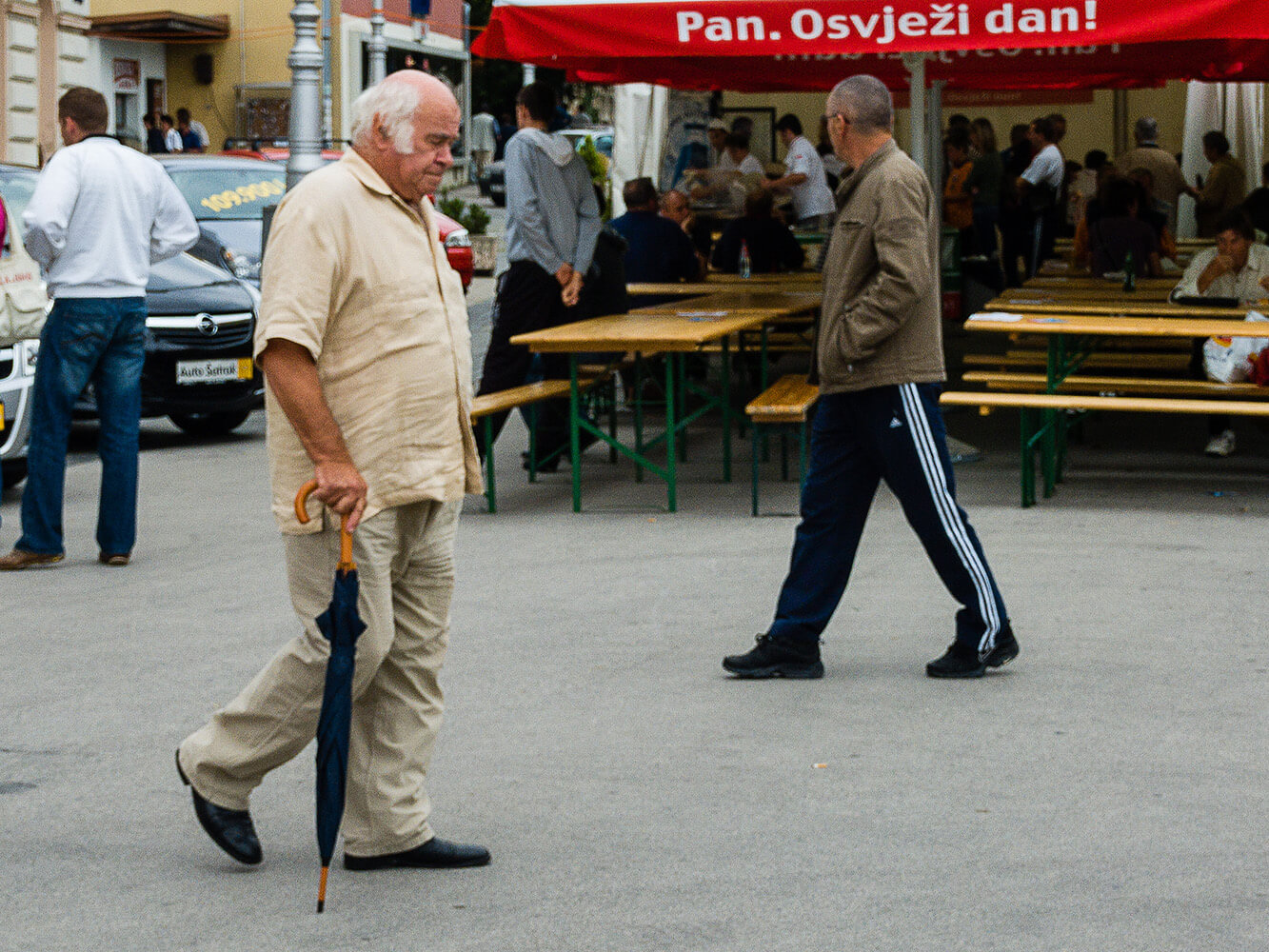Discover the Beautiful Drava River in Koprivnica Križevci County
October 14, 2021 – From thrilling watersports and cycling, brilliant wine and food festivals to wonderful weekend escapes, the epic Drava river in Koprivnica Križevci County is an endless source of fun and inspiration.
Of the many rivers that run through Croatia, five of them could truly be classed as European giants – they stretch for around 300 kilometres or longer. They are Sava (945km), Drava (749km), Kupa (297km), Mura (483km) and Danube (2860km).
These rivers help define Croatia. They dictate the agriculture, activities and cuisine of the Croatian regions they pass through. Furthermore, they often create the very borders of the country.
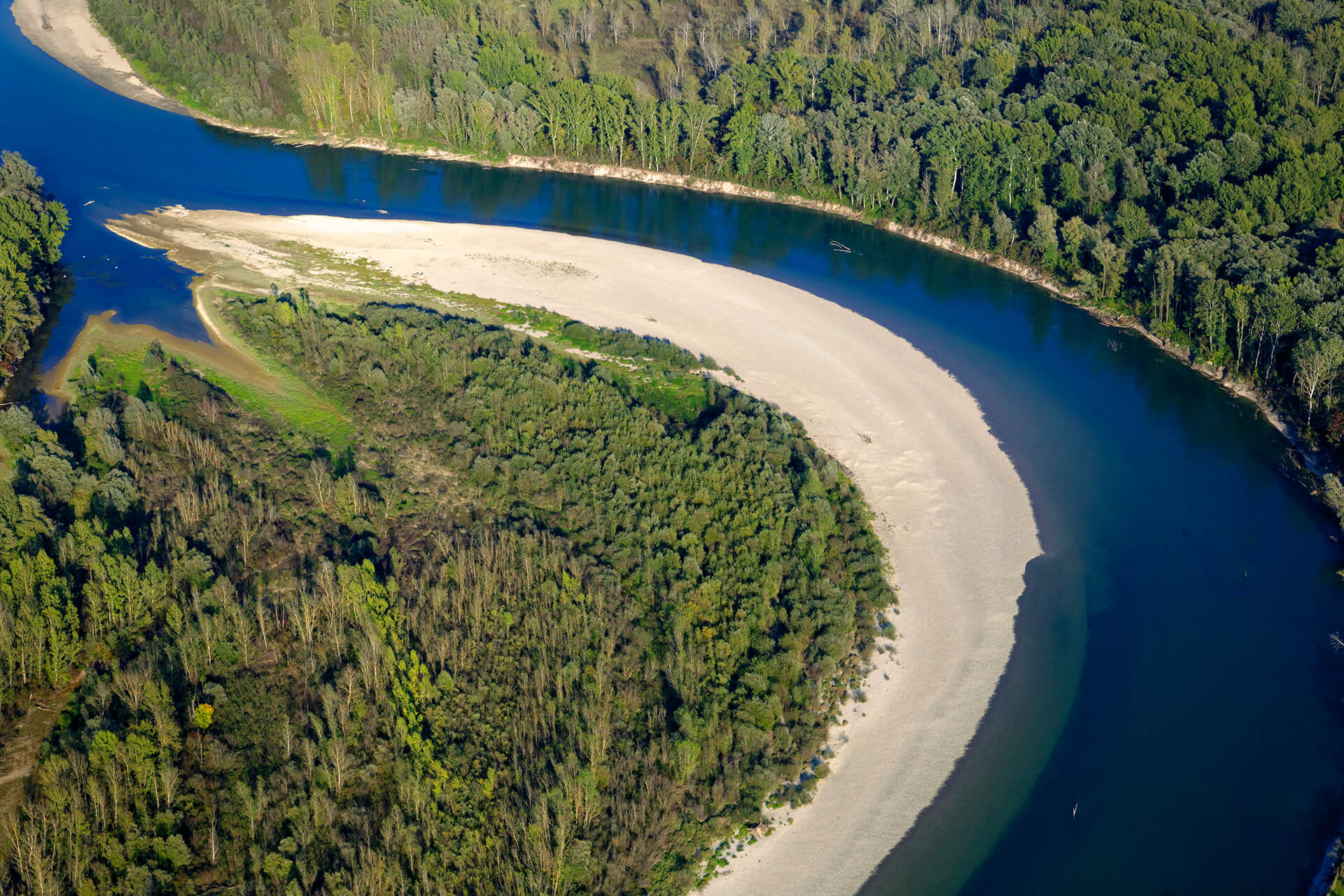 © Goran Šafarek
© Goran Šafarek
Running along the length of the country's most northerly border, the Mur river separates Croatia from Slovenia in the west and Hungary in the east. But, near the Nature Preserve of Veliki Pažut and the historic municipality of Legrad, both in Koprivnica Križevci County, the Mur river gives up its task. Here it flows into the Drava river, becoming its biggest tributary. Thereafter, the Drava continues the job of separating Croatia and Hungary.
The Drava River in Koprivnica Križevci County
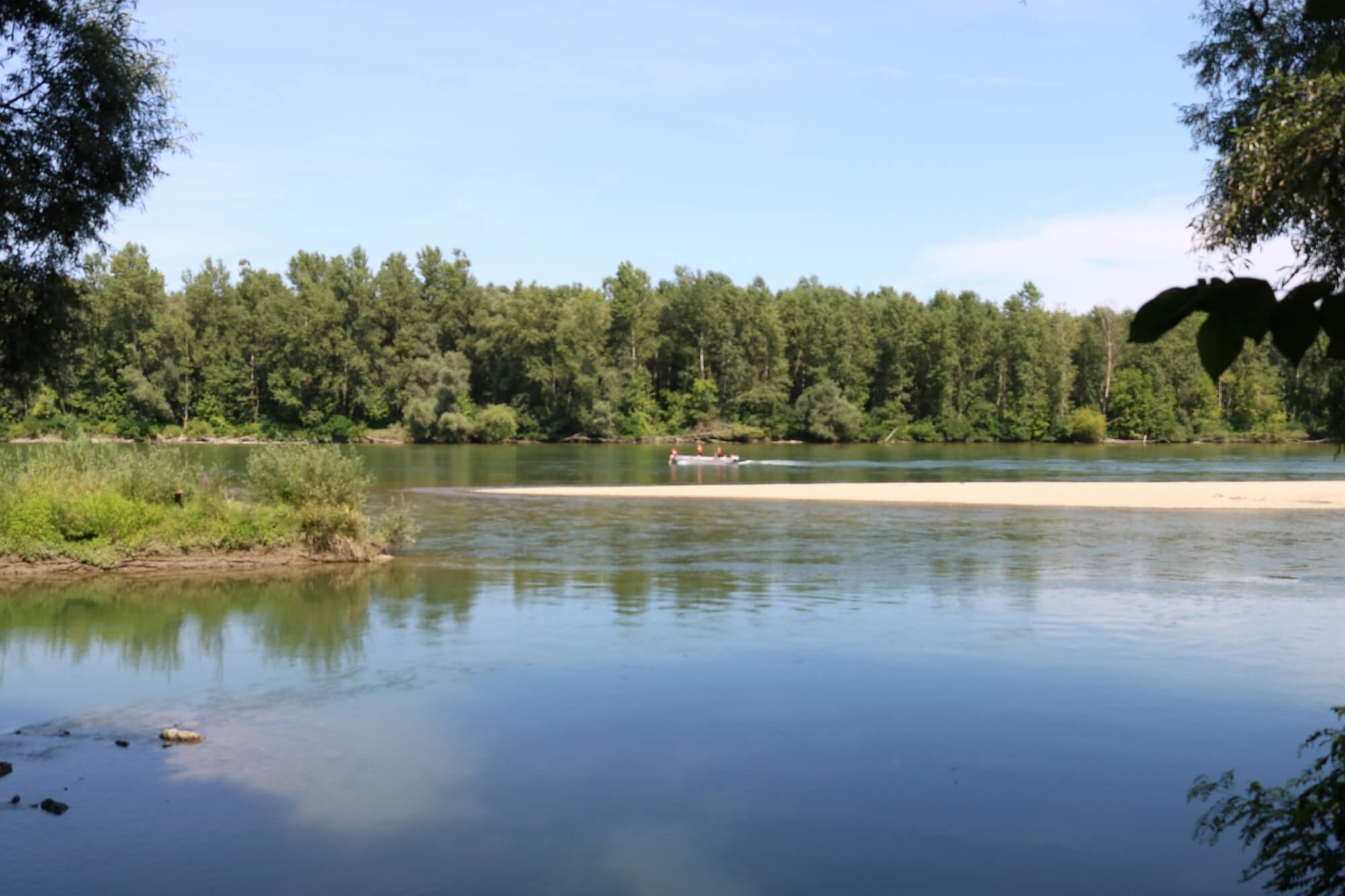
By the time the Mur meets the Drava river in Koprivnica Križevci County, the Drava has already travelled more than half of its journey. To get here, it has descended over 1150 metres. Such a long fall has a significant effect on how the river looks and behaves here.
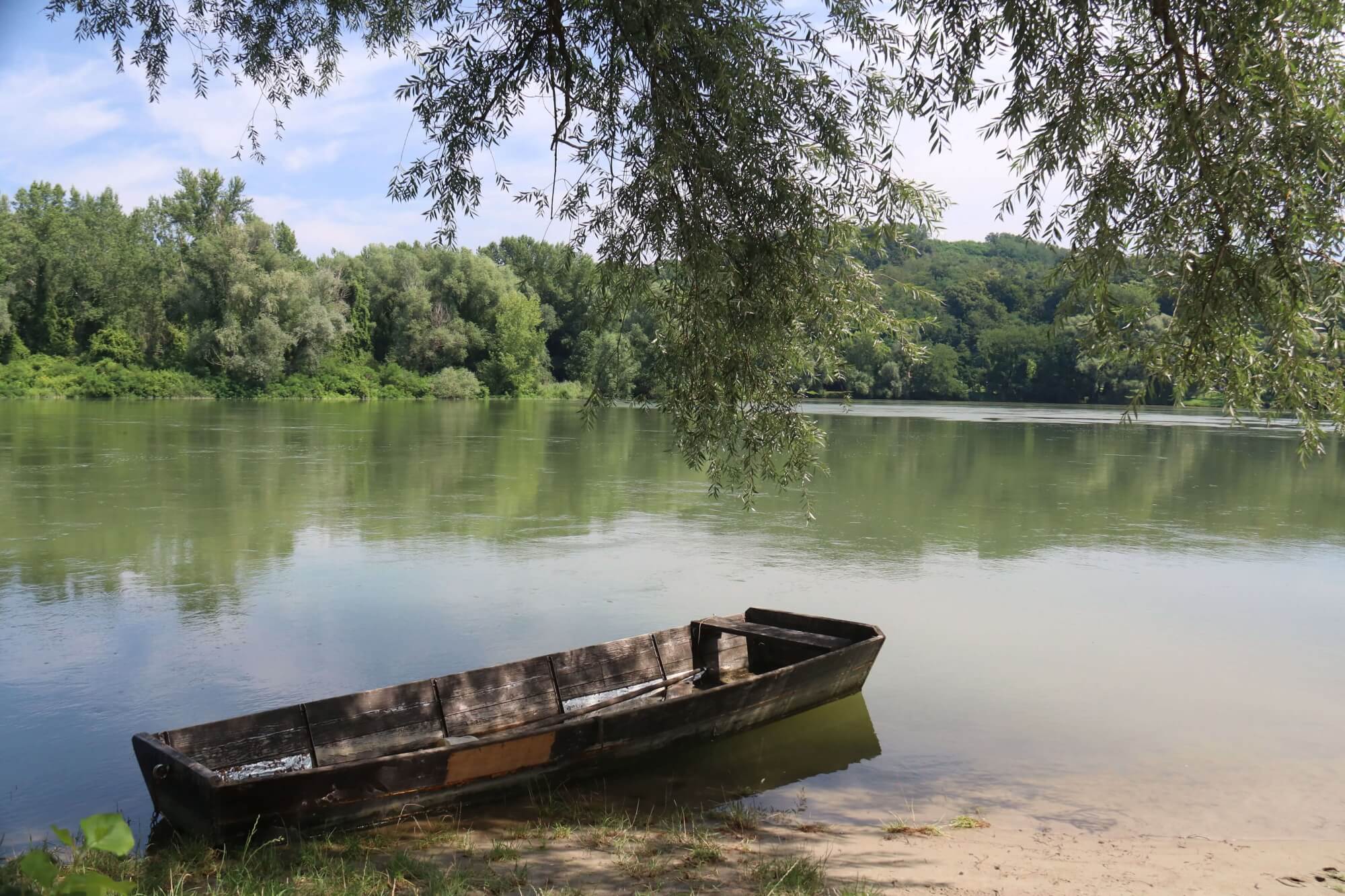 Traditional wooden fishing boat by the Drava river in Koprivnica Križevci County © Željko Car
Traditional wooden fishing boat by the Drava river in Koprivnica Križevci County © Željko Car
Gone are the violent drops, gushing waterfalls, narrow channels, big boulders and sharp rocks. By now, it has left all that far behind. Instead, the Drava river in Koprivnica Križevci County is an epic, wide expanse of water. On either side, it is bordered by thick, green forests and fields. Its banks are a fine sand, creating beaches on which fishermen and families happily sit all day. This is how the Drava river is here, the perfect natural place for relaxing and recreation.
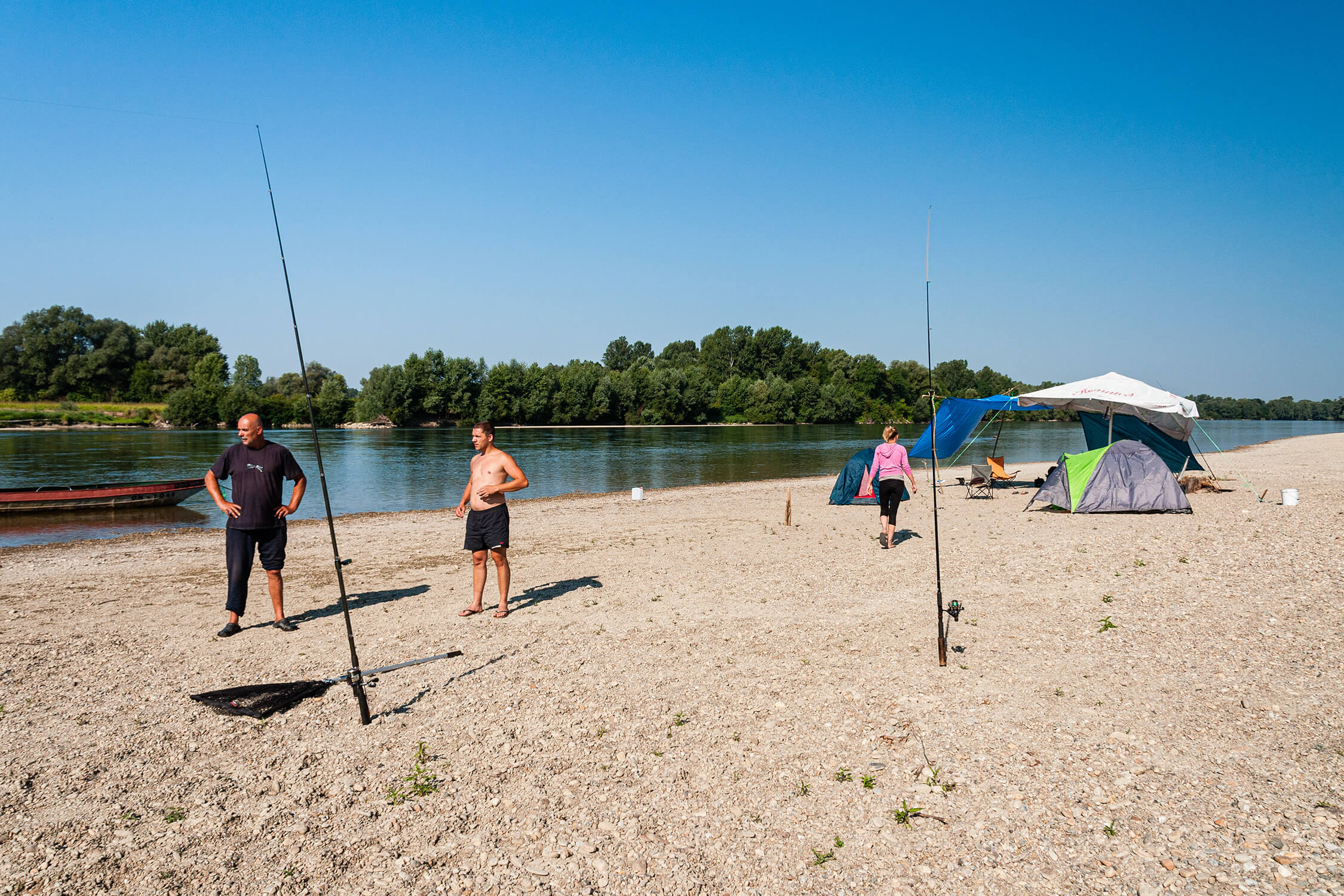 Fishermen enjoying summertime on a Drava beach © Mato Zeman
Fishermen enjoying summertime on a Drava beach © Mato Zeman
Recreation, relaxation, activities and unmissable sights on the Drava River in Koprivnica Križevci County
Beaches, birdwatching and boats in Legrad and Veliki Pažut
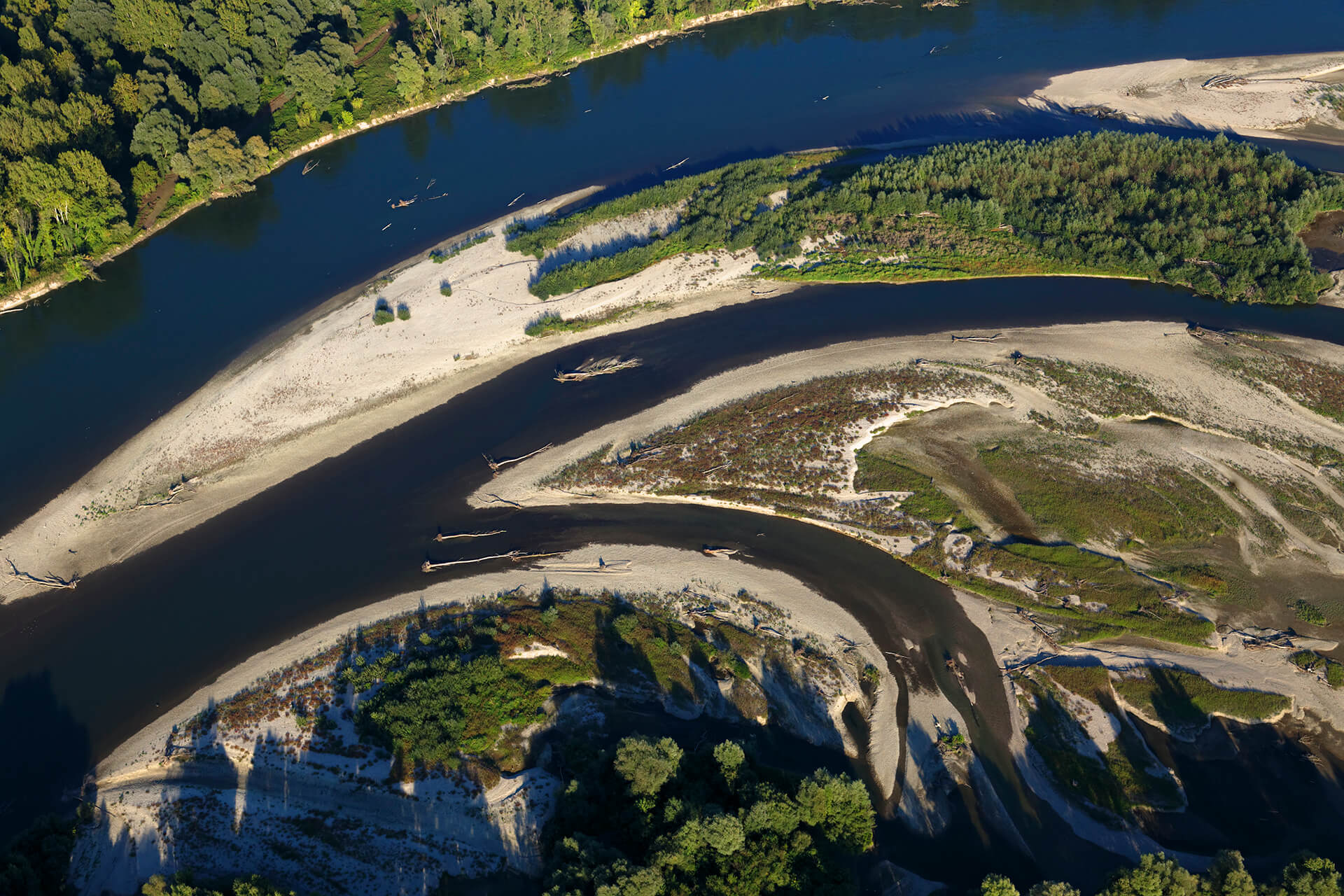 From above, part of the Veliki Pažut Special Zoological Reserve at the confluence of the rivers Mur and Drava © Goran Šafarek
From above, part of the Veliki Pažut Special Zoological Reserve at the confluence of the rivers Mur and Drava © Goran Šafarek
Further upstream, people take advantage of the Drava's powerful descent. There, the river is regulated, channelled and harnessed for hydroelectric power. But, where the Drava meets the Mur in Legard, it is wild and unregulated.
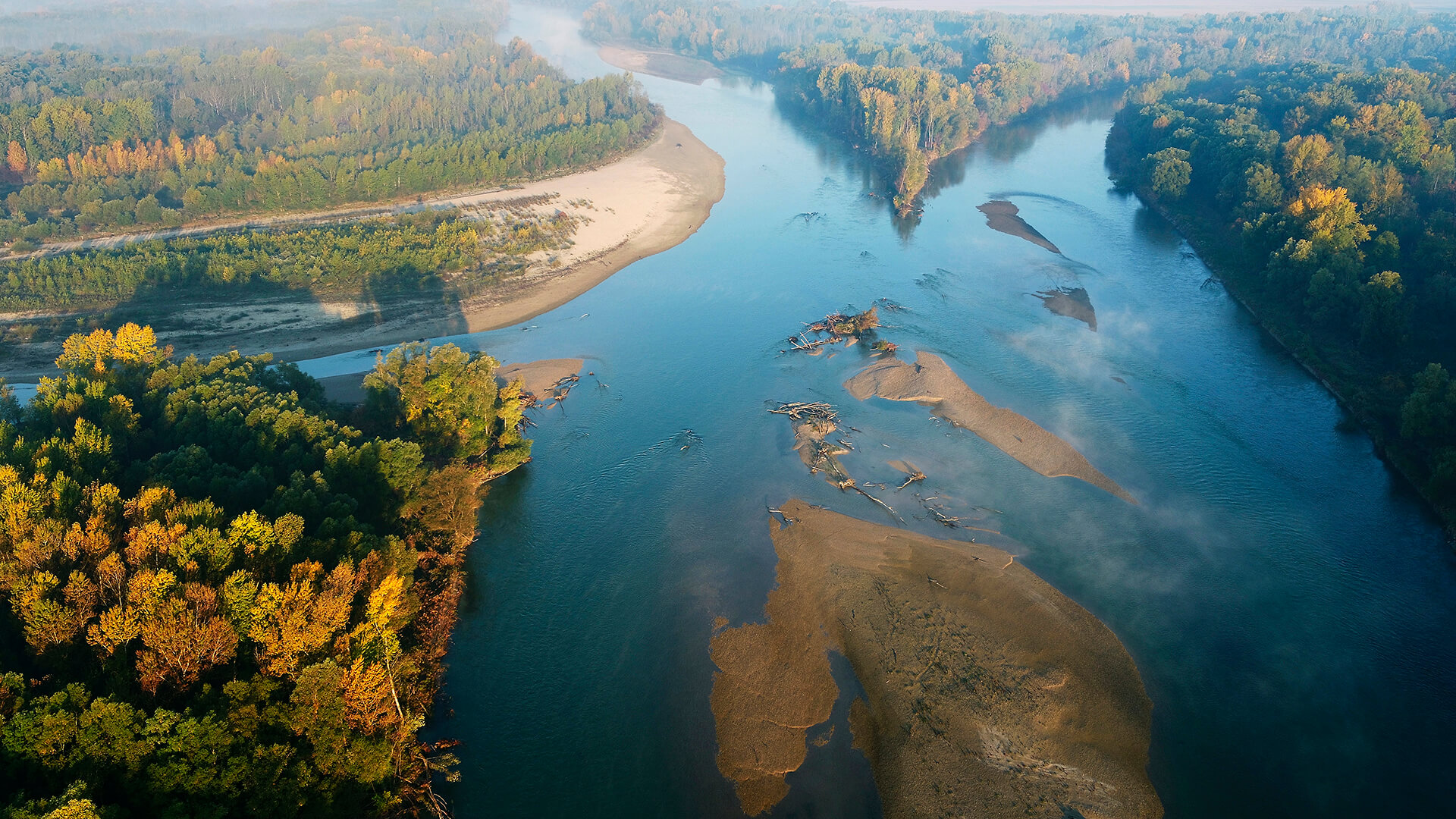 In the mist, the Veliki Pažut Special Zoological Reserve © Goran Šafarek
In the mist, the Veliki Pažut Special Zoological Reserve © Goran Šafarek
This is an ever-changing landscape, right on the border of Međimurje. Here, the rivers are left free to roam. Before 1710, nearby Legrad was actually in Međimurje. But, the Drava changed course and gave Legrad to Podravina. These constantly shifting waterways and floodplains create new habitats and restore existing ones. Subsequently, this is an area of immense biodiversity.
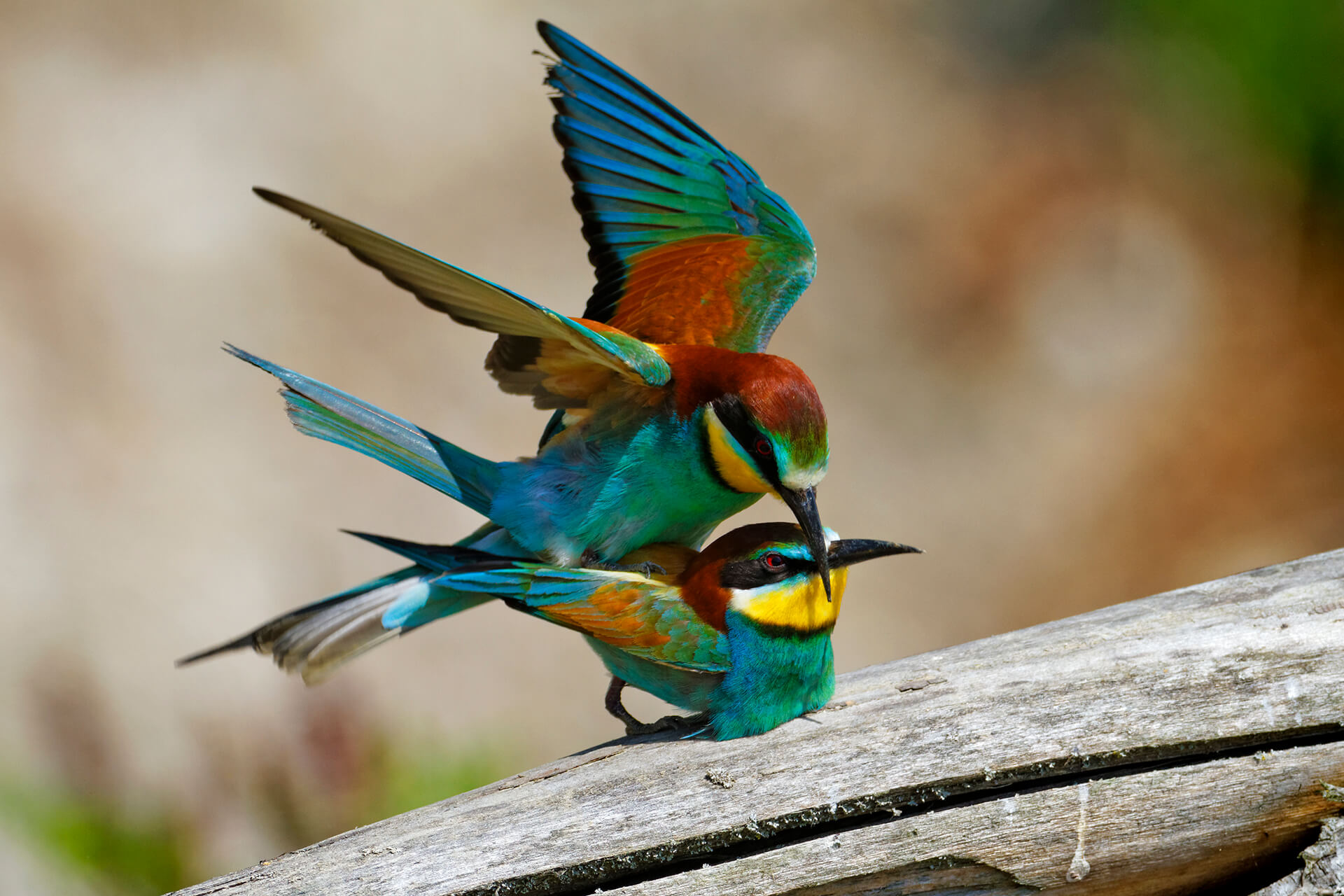 Two of the colorful residents in the Veliki Pažut Special Zoological Reserve, captured by © Goran Šafarek
Two of the colorful residents in the Veliki Pažut Special Zoological Reserve, captured by © Goran Šafarek
The Veliki Pažut Special Zoological Reserve is 1000 hectares that are specially protected to preserve this biodiversity. Its wetlands and running waters are home to beavers, ducks, coots, waterfowl and reed warblers. In winter, wild geese (spotted goose and hawthorn goose) stay here in large numbers. The deer who wander the surrounding forest are also protected, so long as they stay in Veliki Pažut. You can catch sight of this wildlife and photograph it from the new, specially designated solar-powered boat.
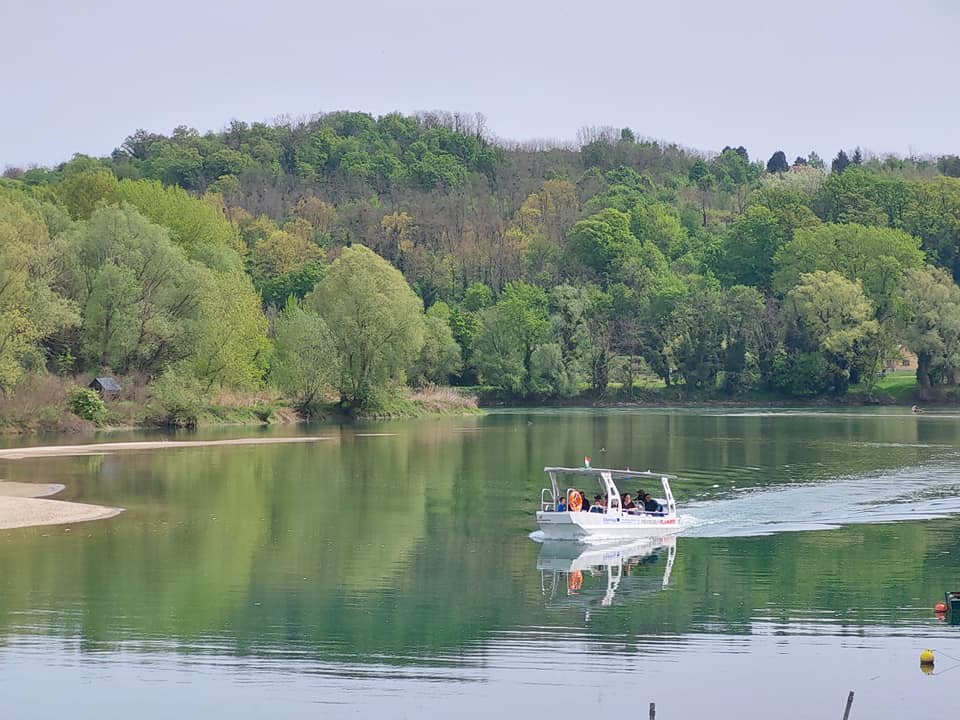
In warmer months, people bring their picnics and barbecues down here to the water's edge. There's a famous beach at the old Legrad-Halasz Csarda resort and nearby a new children's playground.
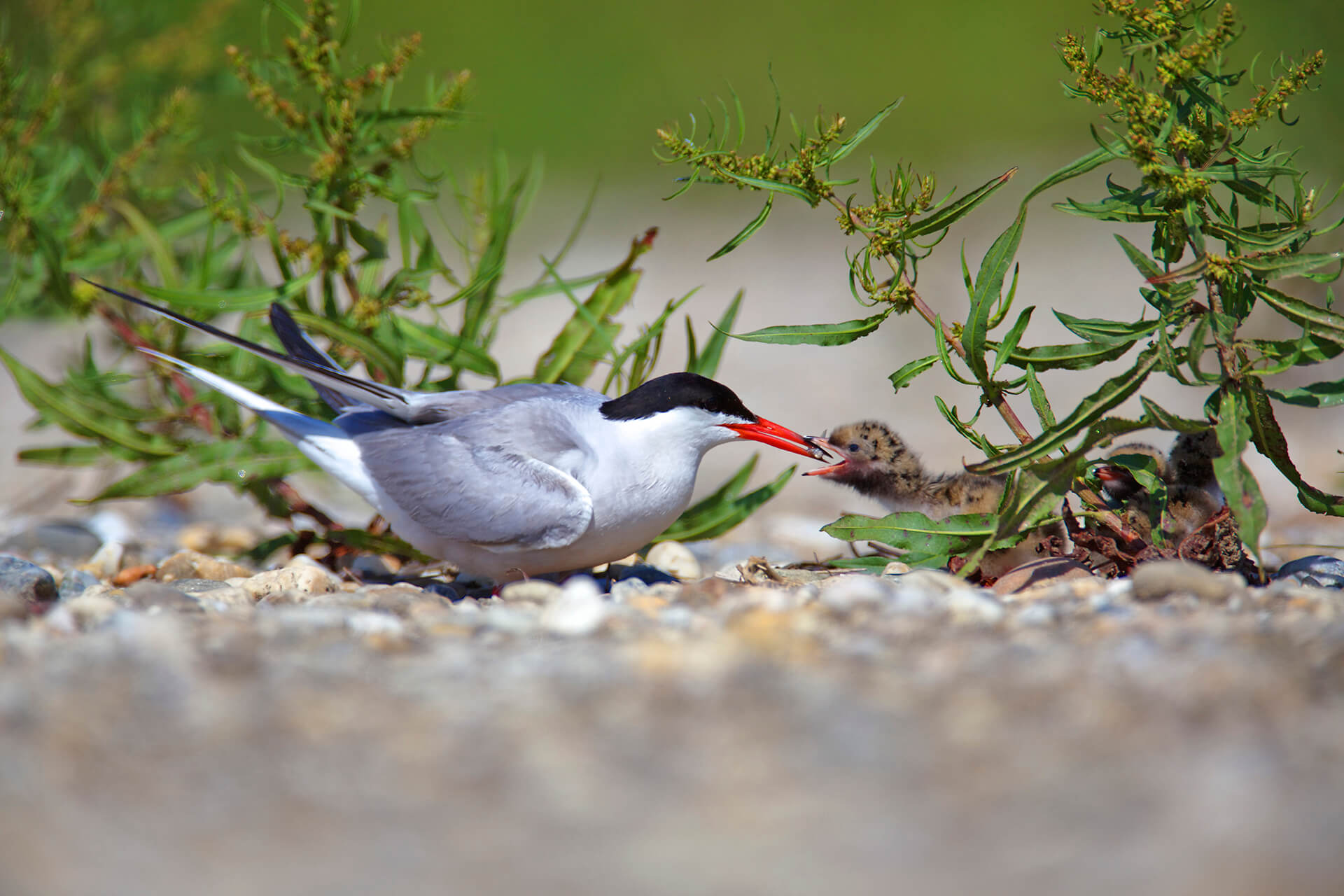 Another two residents in the Veliki Pažut Special Zoological Reserve, captured by © Goran Šafarek
Another two residents in the Veliki Pažut Special Zoological Reserve, captured by © Goran Šafarek
You can read more about the visitor offer in Legrad and at the Veliki Pažut Special Zoological Reserve here.
Cycling the Drava river routes
 Cycling by the Drava River in Koprivnica Križevci County © Podravinaprigorjebike.com
Cycling by the Drava River in Koprivnica Križevci County © Podravinaprigorjebike.com
The Drava route is the oldest and most famous bicycle path in Podravina. As its name suggests, it largely follows the course of the Drava river. Although, it veers away from the riverside to take in some of the must-see sights of the county.
 © Podravinaprigorjebike.com
© Podravinaprigorjebike.com
On the 84 kilometre route, you pass through a diverse landscape - fields of golden agriculture, the neat rows of gently descending vineyards and forests that filter the sunlight. From the confluence of the Mura and Drava in Legrad, you drop down past Šoderica lake, before taking in the remarkable village of Hlebine, world-renowned as the centre of an art movement.
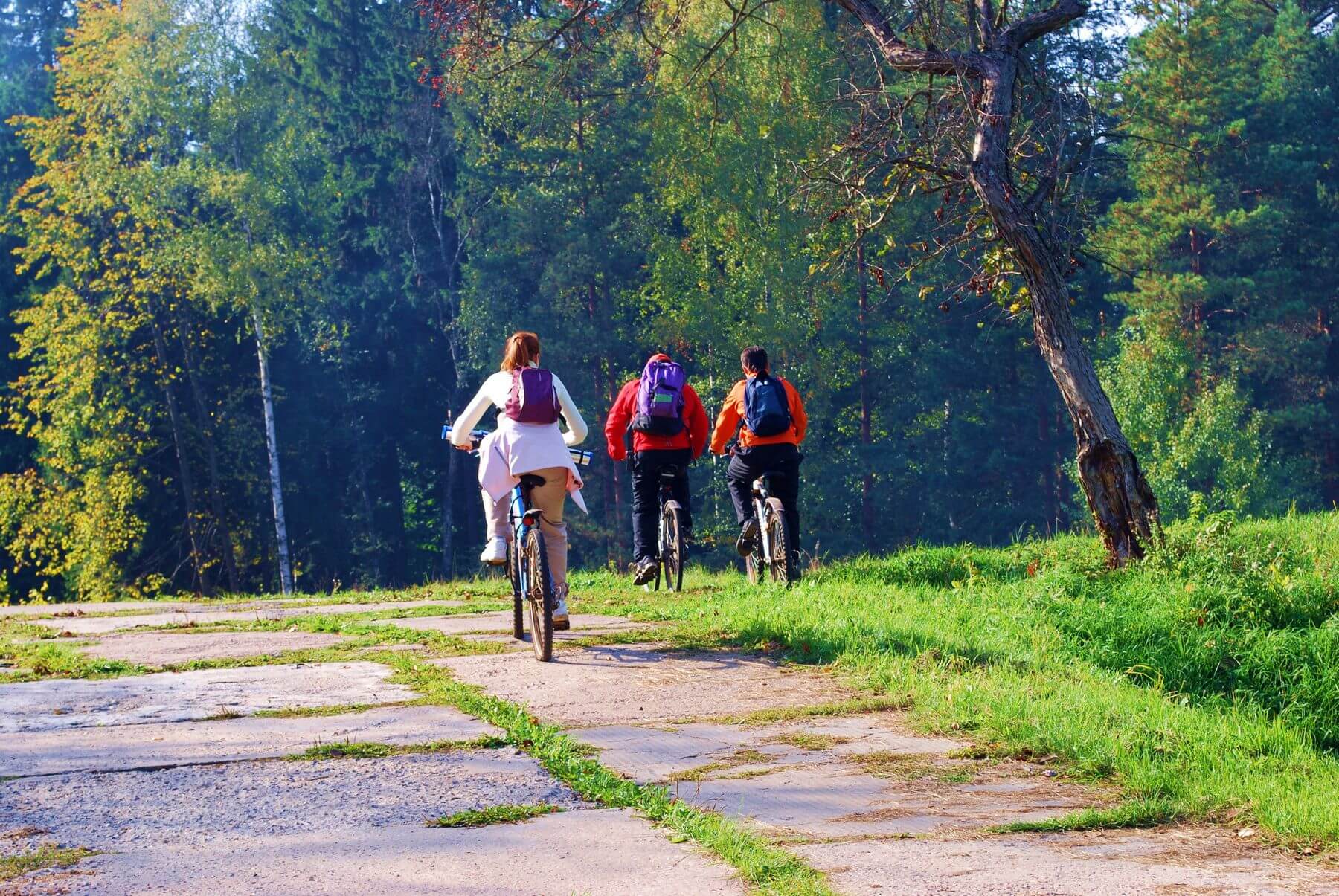 © Podravinaprigorjebike.com
© Podravinaprigorjebike.com
It's not the only historic settlement you meet. The grand city of Koprivnica sits on the route. Its town centre holds several monuments to cycling, so appreciated is the pastime here. Thereafter, traditional rural villages like Podravske Sesvete and Ferdinandovac give a timeless sense of life next to this great river.
Of course, this epic bike path is not the only one in Koprivnica Križevci County (you can see all of the specially designated ones here). Nor is it the only one to pass by the county's special waters.
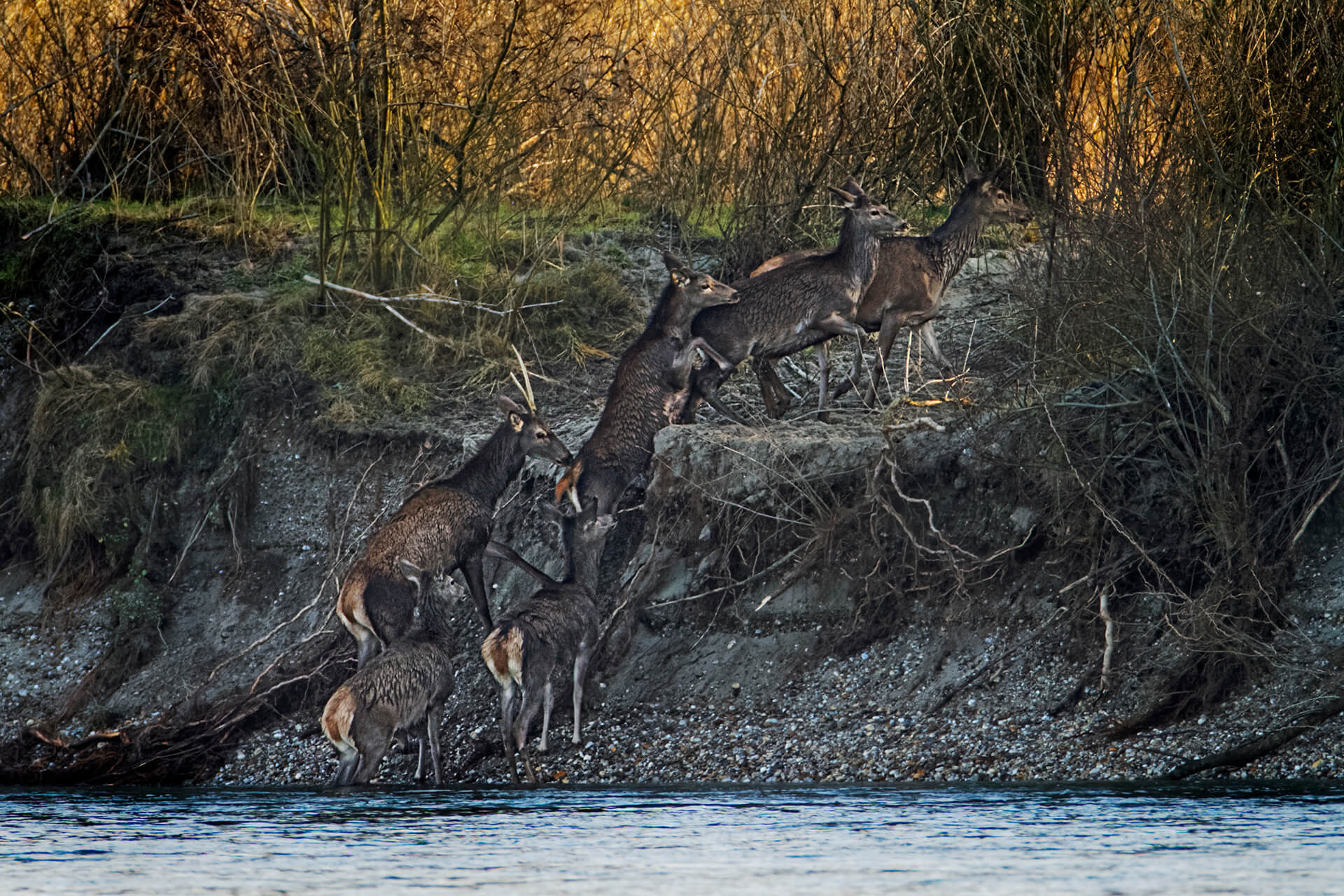 Deer climbing the banks of the Drava, captured by © Goran Šafarek
Deer climbing the banks of the Drava, captured by © Goran Šafarek
At 394 kilometres in length, the D7 bicycle route is incomparable. Starting on the Adriatic sea and ending on Lake Balaton in Hungary, it takes in some of Croatia's greatest water features, including Plitvice Lakes National Park, Lonjsko polje Nature Park and the Drava river in Koprivnica Križevci County. Other highlights it passes in the county are the medieval town of Đurđevac and the village of Gola. From Gola, an alternative bicycle route takes you back along the Drava, then across the river and on to Šoderica lake. The lake is surrounded by new recreational paths perfect for walking, cycling and skating.
Fishing on the Drava river in Koprivnica Križevci County
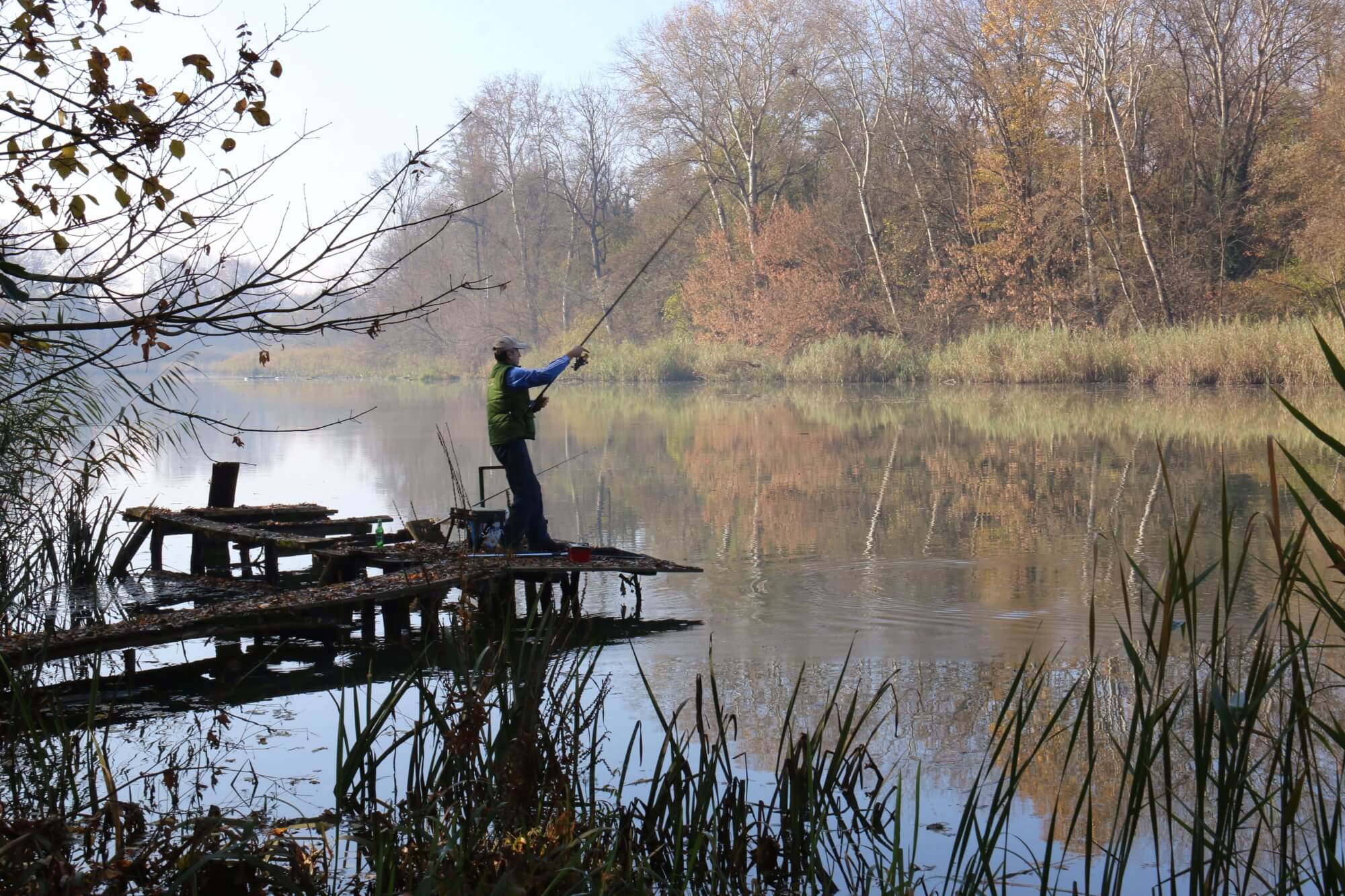 In autumn. Fishing on the Drava is enjoyed all year. © Željko Car
In autumn. Fishing on the Drava is enjoyed all year. © Željko Car
Boasting a massive 831,43 hectares of fishing waters, Koprivnica Križevci County is a fisherman's paradise. Carp, catfish, common bream, trout and pike are among the most commonly encountered here. These waters include not only the Drava and the Mura rivers but also more than 20 designated fishing lakes. They're managed by ZŠRK Koprivnica (here), who can also issue permits to any visitors drawn to fish in the spectacular county waters.
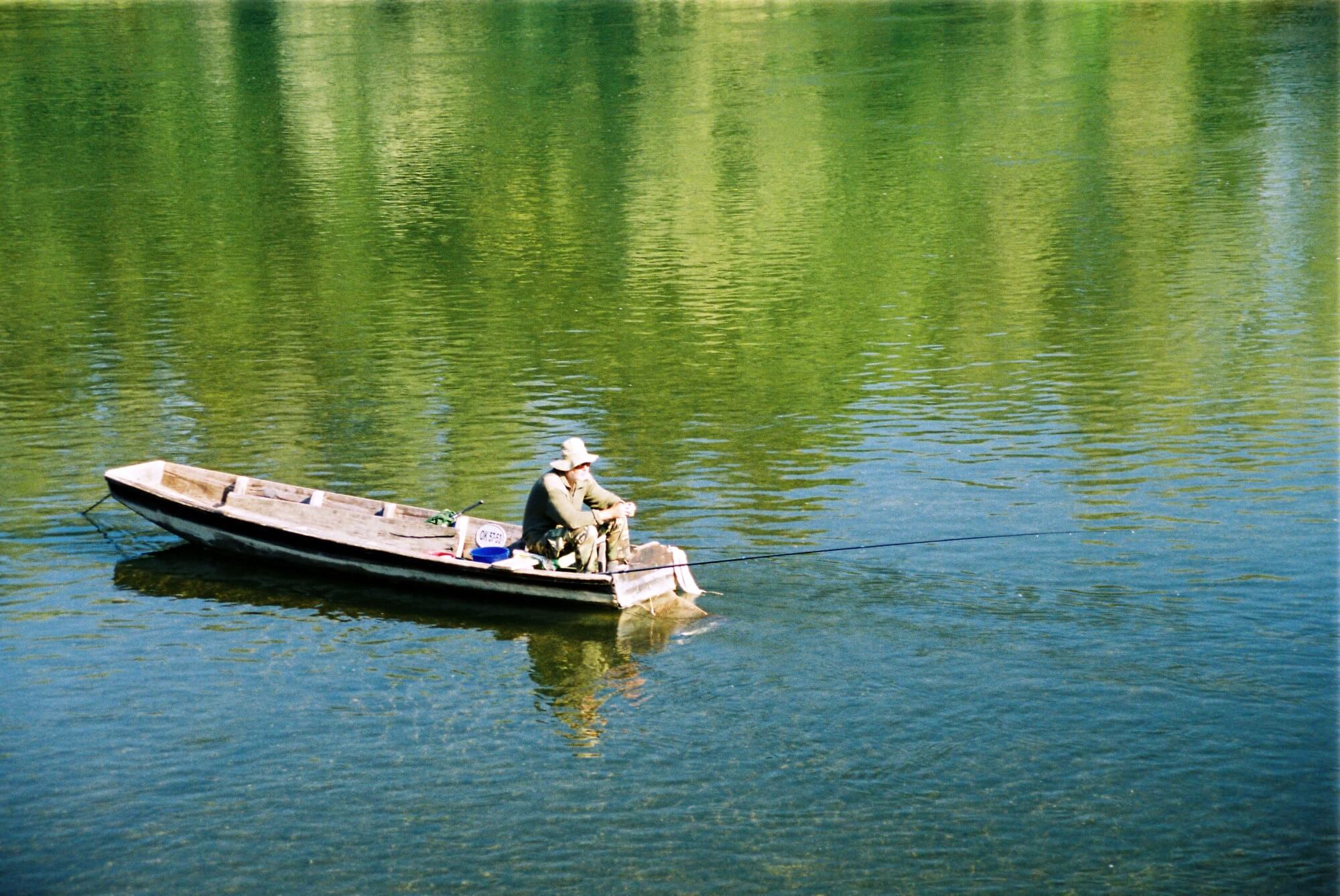 Peaceful seclusion on the Drava © Mato Zeman
Peaceful seclusion on the Drava © Mato Zeman
Camping by the Drava and Šoderica lake
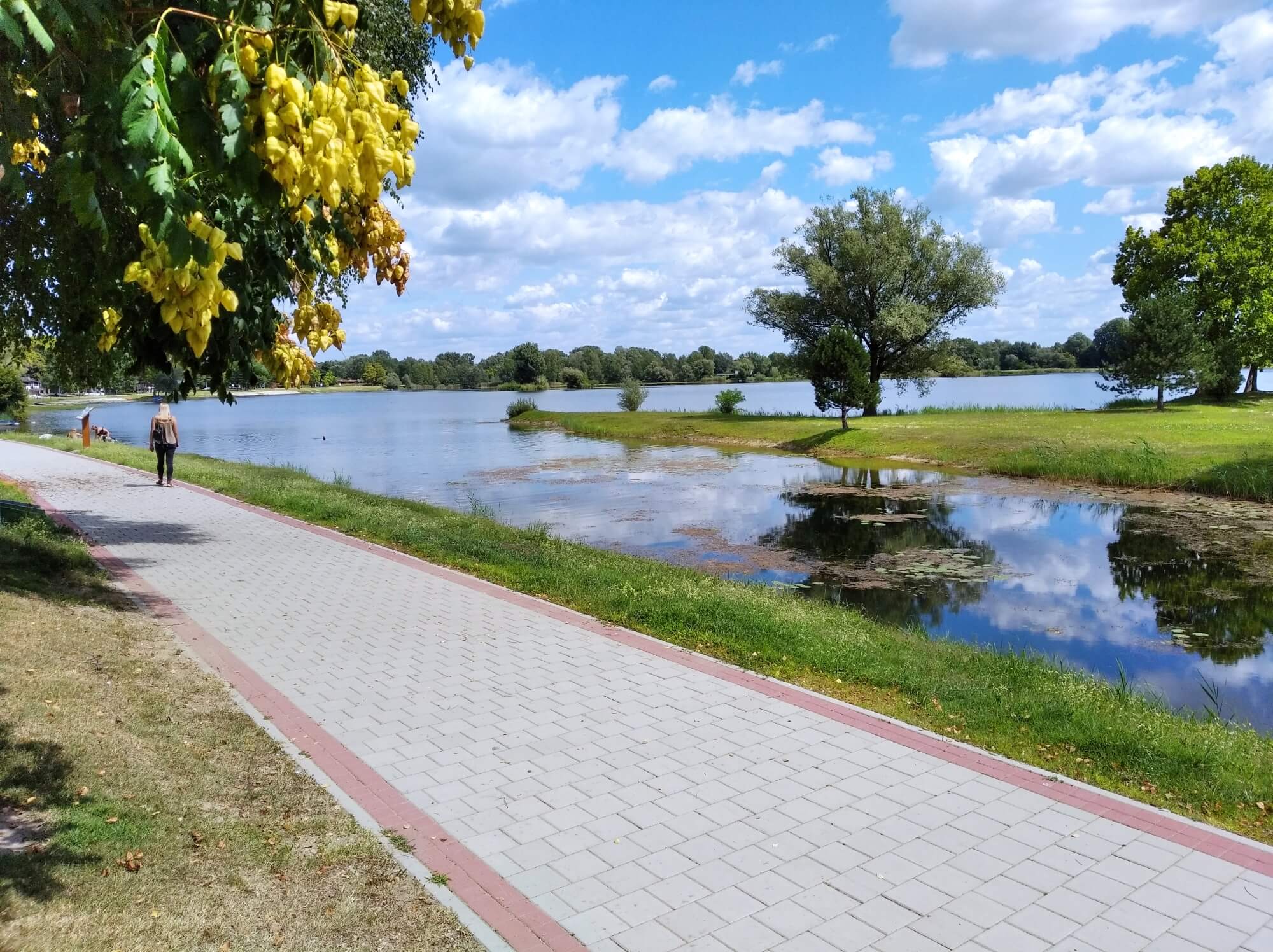 On a summer day, Šoderica lake © Marc Rowlands
On a summer day, Šoderica lake © Marc Rowlands
Often, the best way to connect with nature is to get up close and stay awhile. Camping by the Drava is great for relaxing and enjoying the surroundings. The Aqua Terra campsite (here) at Šoderica lake is just a couple of hundred metres from the river. There, you're only a few steps from the recreational lake, which is fed underground by the Drava itself.
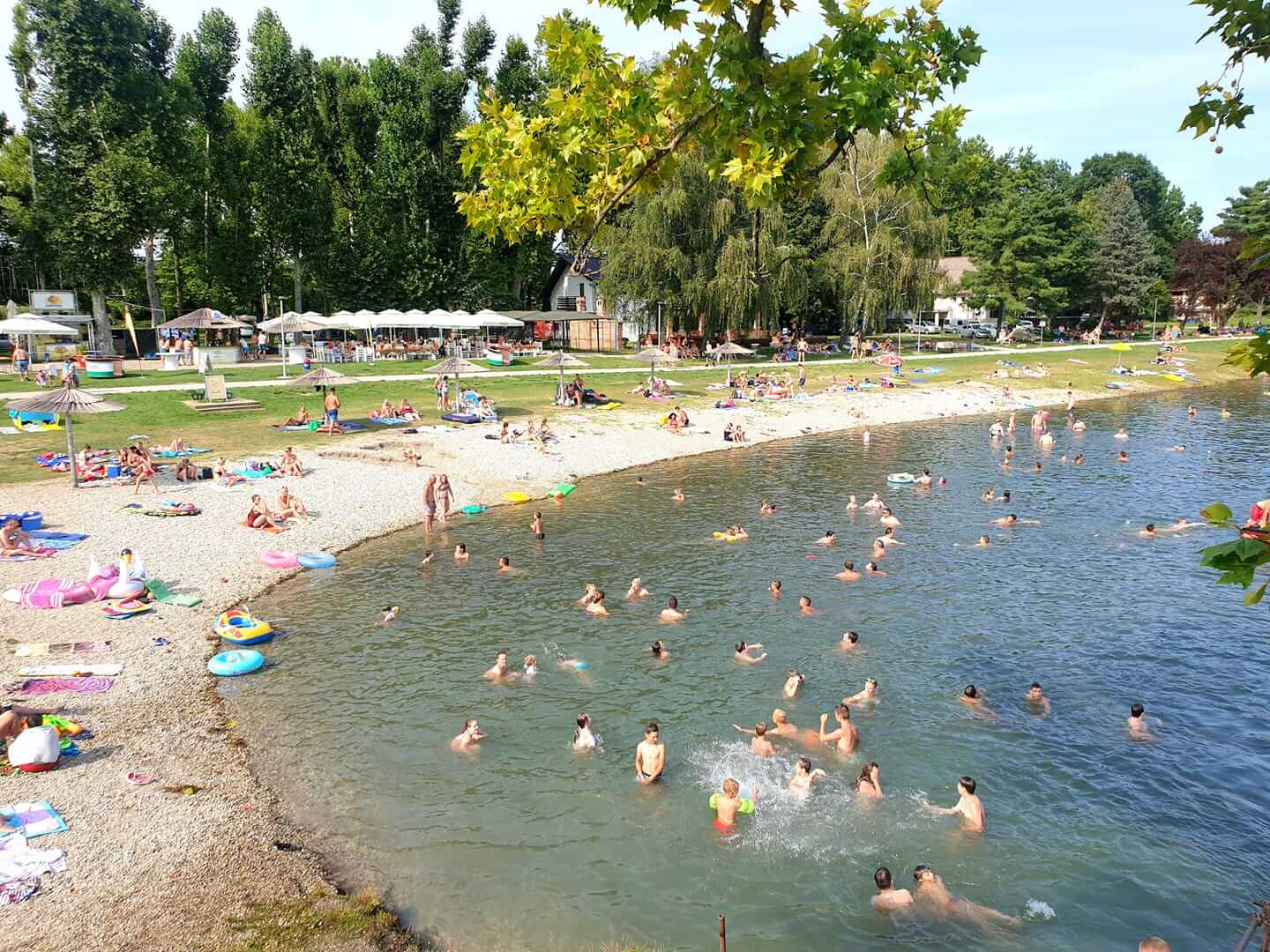 Summer fun on the beach at Šoderica lake © Aqua Terra
Summer fun on the beach at Šoderica lake © Aqua Terra
You're not alone on the lakeshore. Since before the 1960s, this has been a favourite place to come. Weekend houses sit back from the shoreline promenade. In warmer months, children's voices carry across the water while they're swimming in Šoderica. In the evenings, young adults congregate at popular bars on the edge of the lake. Music concerts, sports tournaments fill the lake's social calendar.
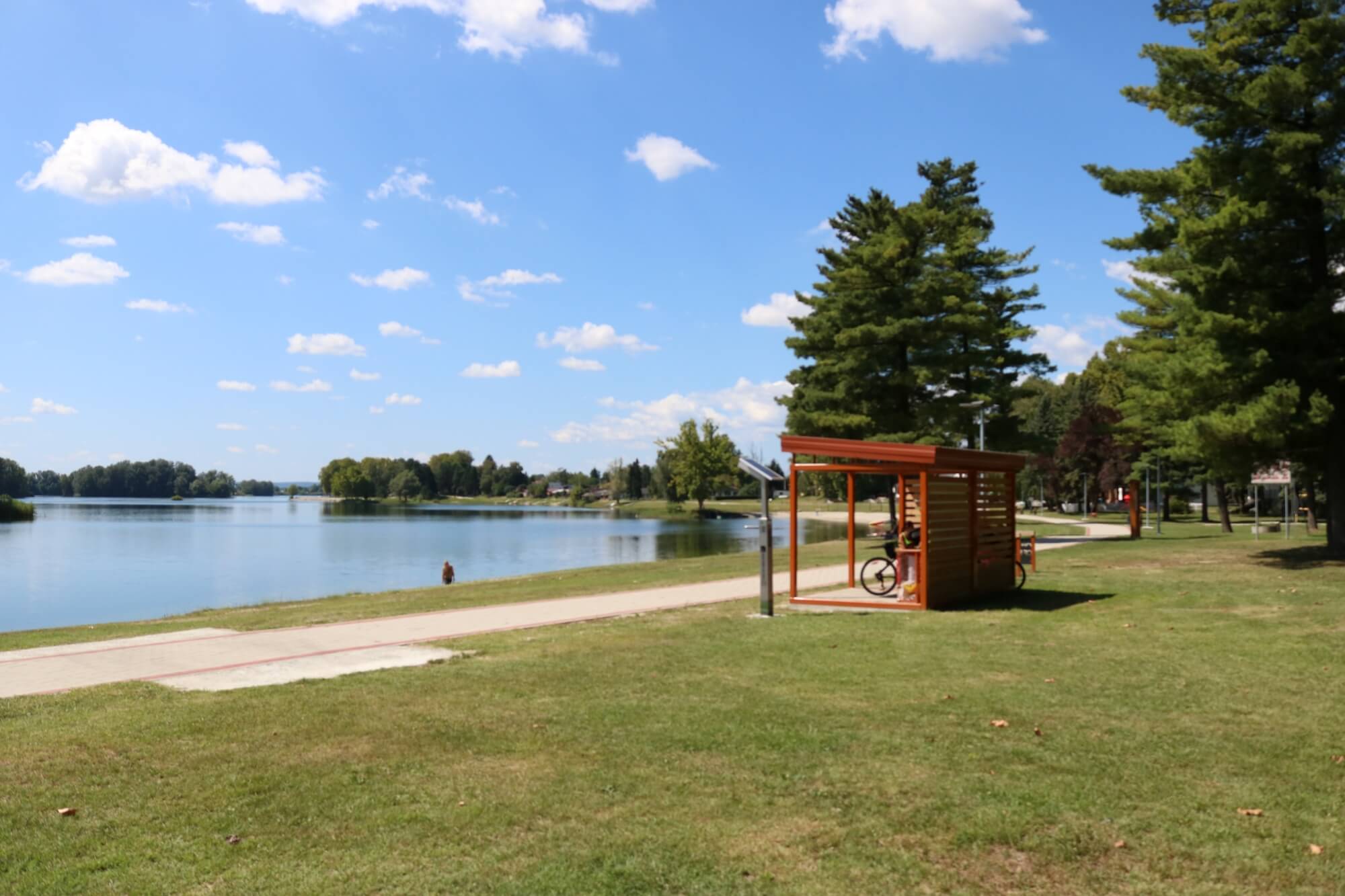
The camp itself is spread across 20,000 square meters and includes an activities park - with rope bridges through the treetops - and a beach bar. You can find out more about the events and activities on Šoderica lake here.
Hunting in the forests of the Drava
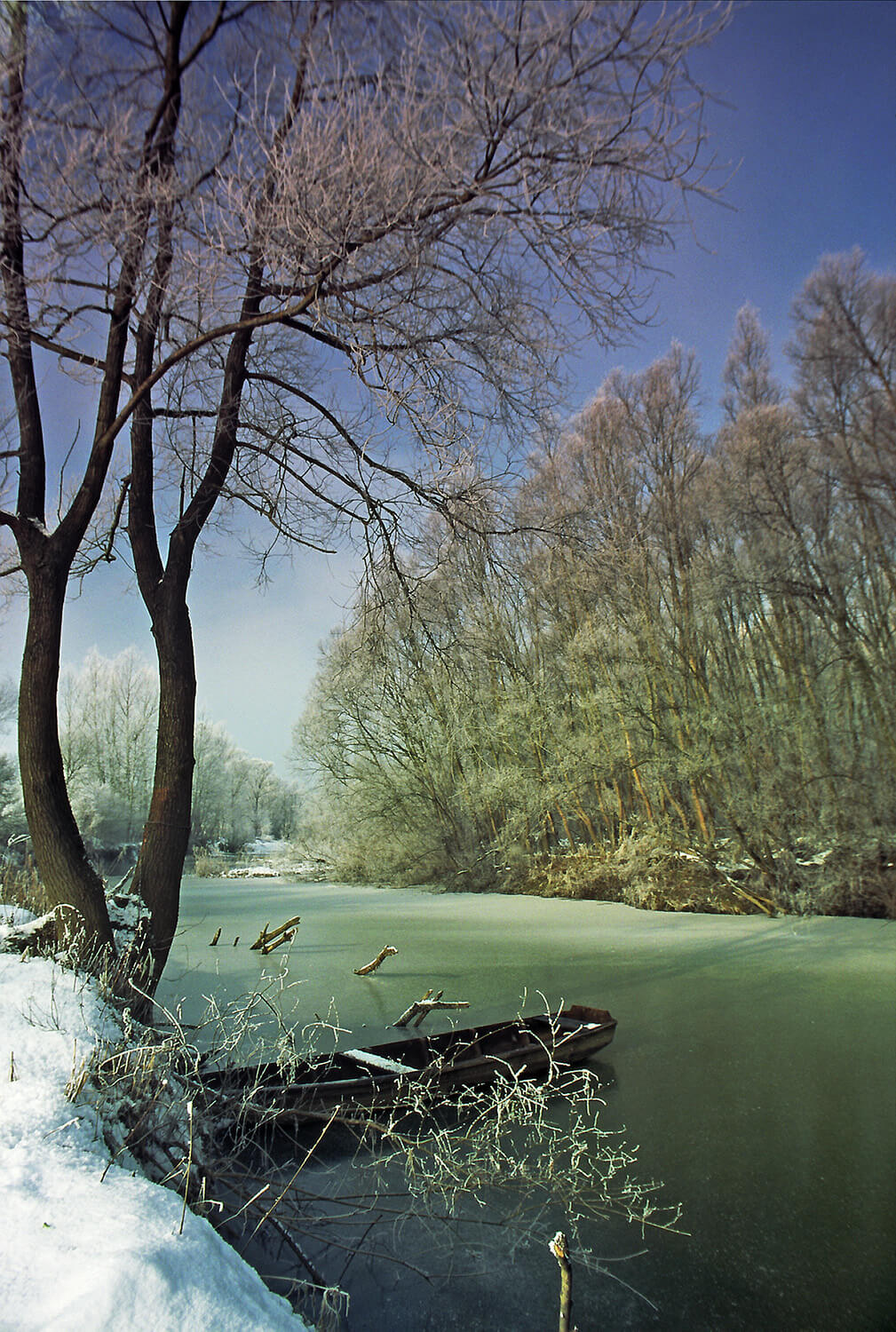 The river in winter © Mato Zeman
The river in winter © Mato Zeman
The forests that thickly line the banks of the Drava are filled with wildlife. Roe deer, red deer, boar, rabbits and pheasants are just some of the inhabitants. The region's hunters play a vital role in maintaining the habitat of these animals and in keeping track of population numbers. Visitors from several European countries are regularly welcomed to join their activities. Koprivnica-Križevci County Hunting Association can be contacted via local tourist board offices. Alternatively, there are private hunting grounds run by tourism experts KTC (here), who also offer hunting lodge accommodation (here).
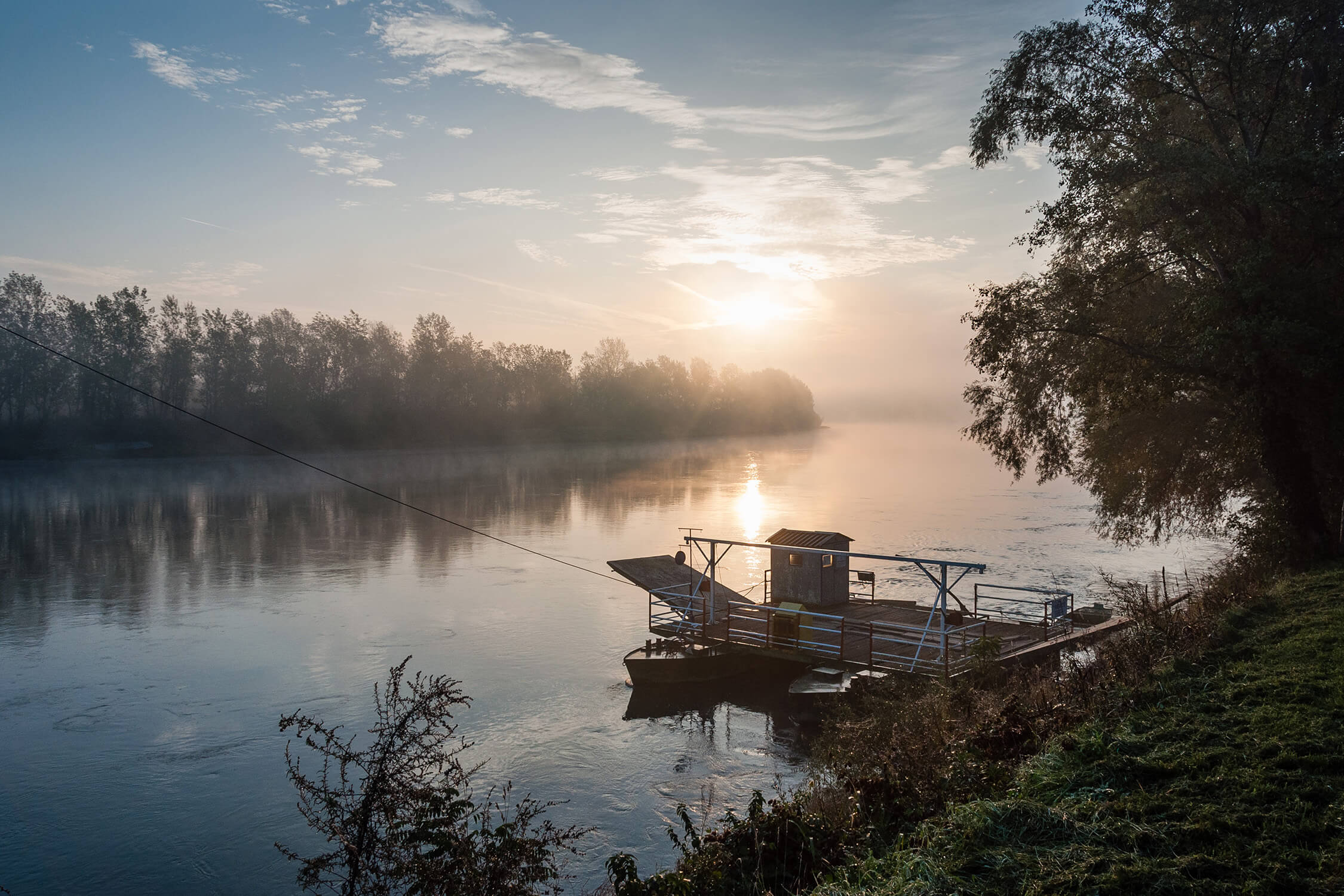 Raft on the Drava © Mato Zeman
Raft on the Drava © Mato Zeman
Wild swimming in Koprivnica Križevci County
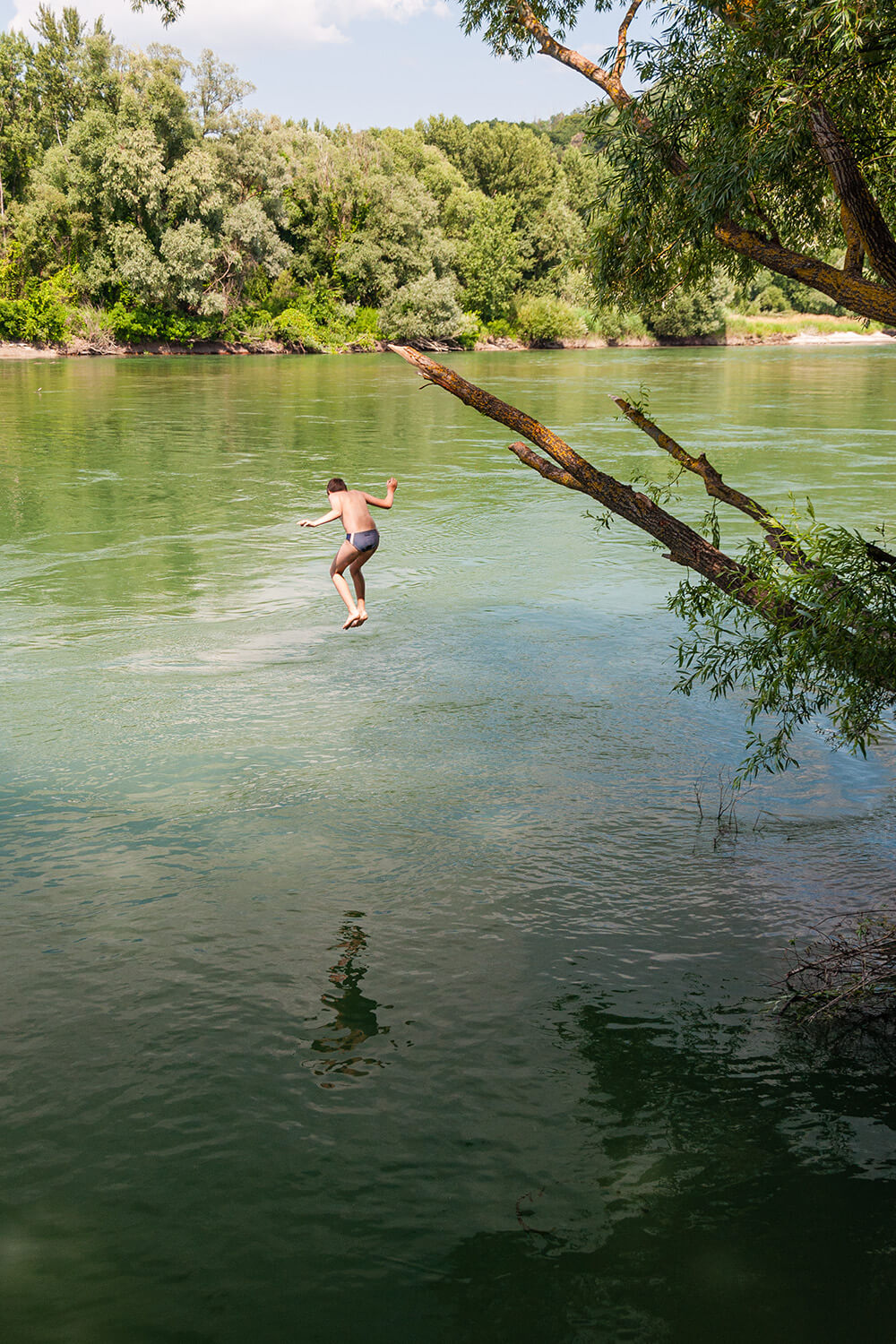 Jumping into the Drava © Mato Zeman
Jumping into the Drava © Mato Zeman
In summer and early autumn, the Drava warms before reaching the county. In some stretches, where the water is deep enough, yet protected from the always strong currents, you can swim in the river. Children jump from rope swings, then plunge into the cooling waters. The river feeds two lakes which are also popular places for summer swimming; Šoderica near Legrad and Đelekovec and the Čingi lingi lake, which lies between the villages of Repaš and Molve.
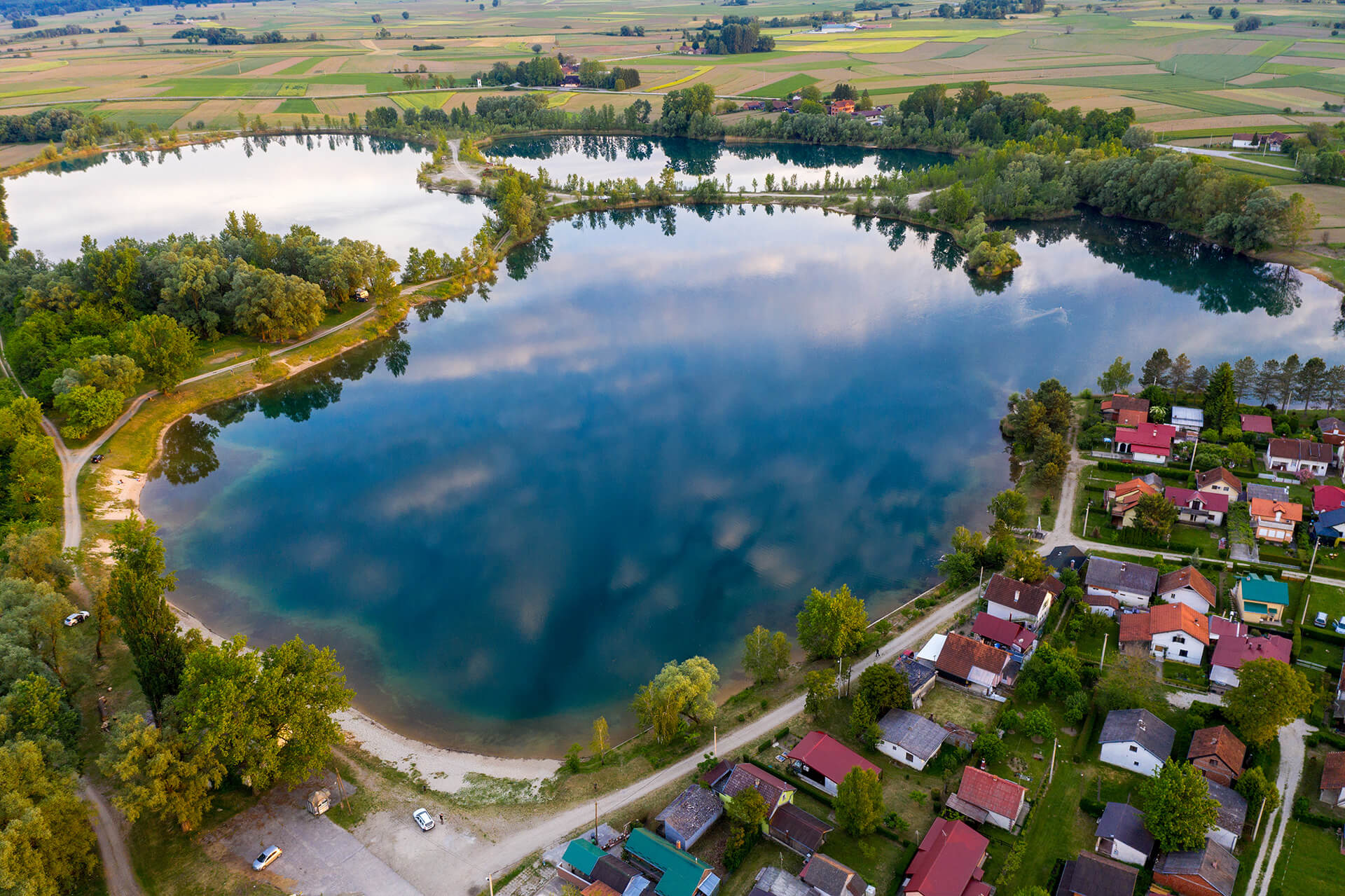 From above, Čingi lingi lake © Goran Šafarek
From above, Čingi lingi lake © Goran Šafarek
Rafting, kayaking, canoeing and boat trips on the Drava river
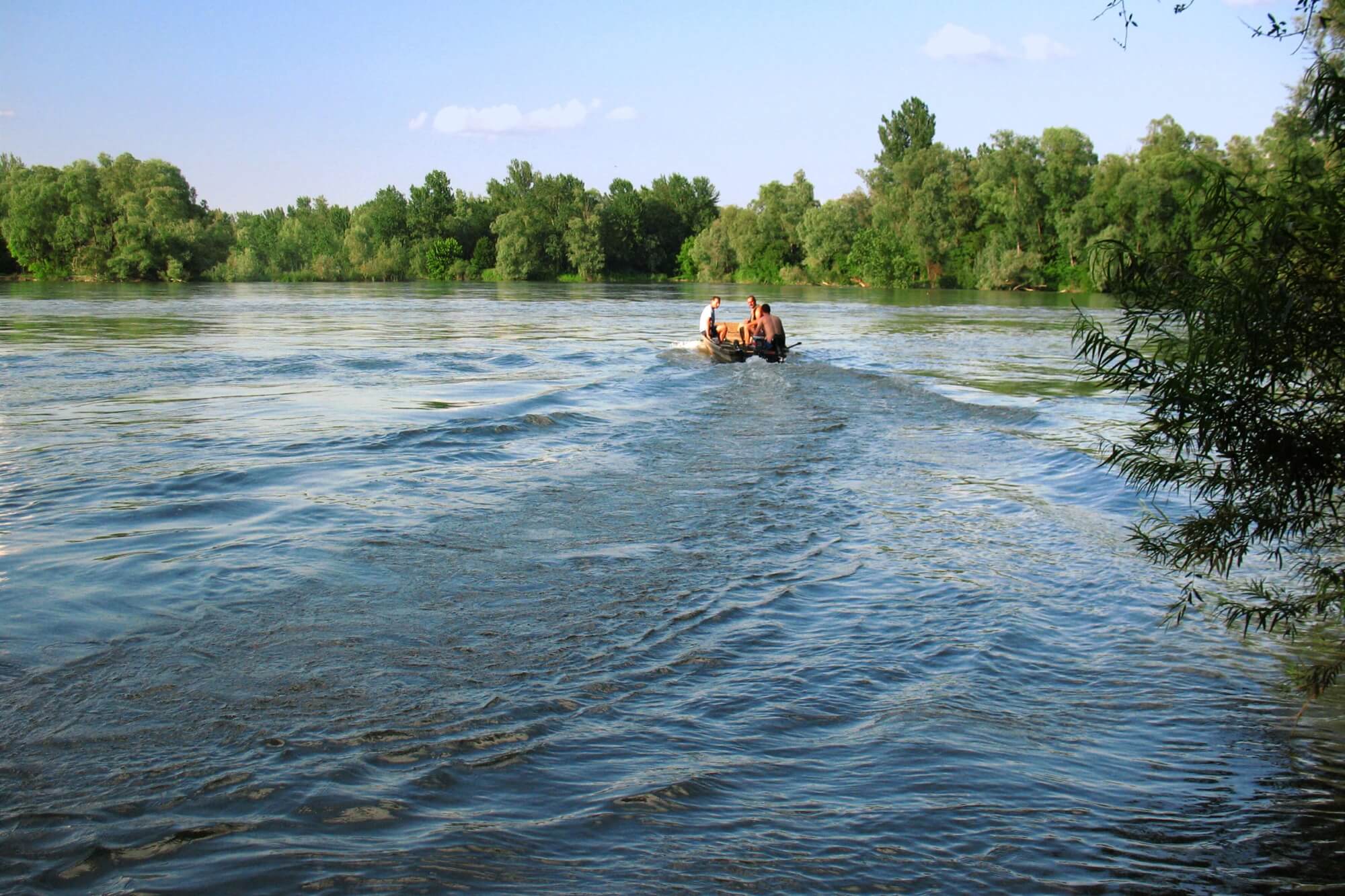 This giant river is full and wide, even in summer © Željko Car
This giant river is full and wide, even in summer © Željko Car
Many of Croatia's rivers are too dry in summer to support activities. Not the Drava. This giant flows thick and fast even during peak summertime. A great way to enjoy the natural surroundings is from atop the water itself. A whole new perspective of the riverside banks and forests opens up from a canoe or kayak. Gliding silently through the landscape allows it to unfold. For a more thrilling experience, take to the Drava by motorboat or wild rafting.
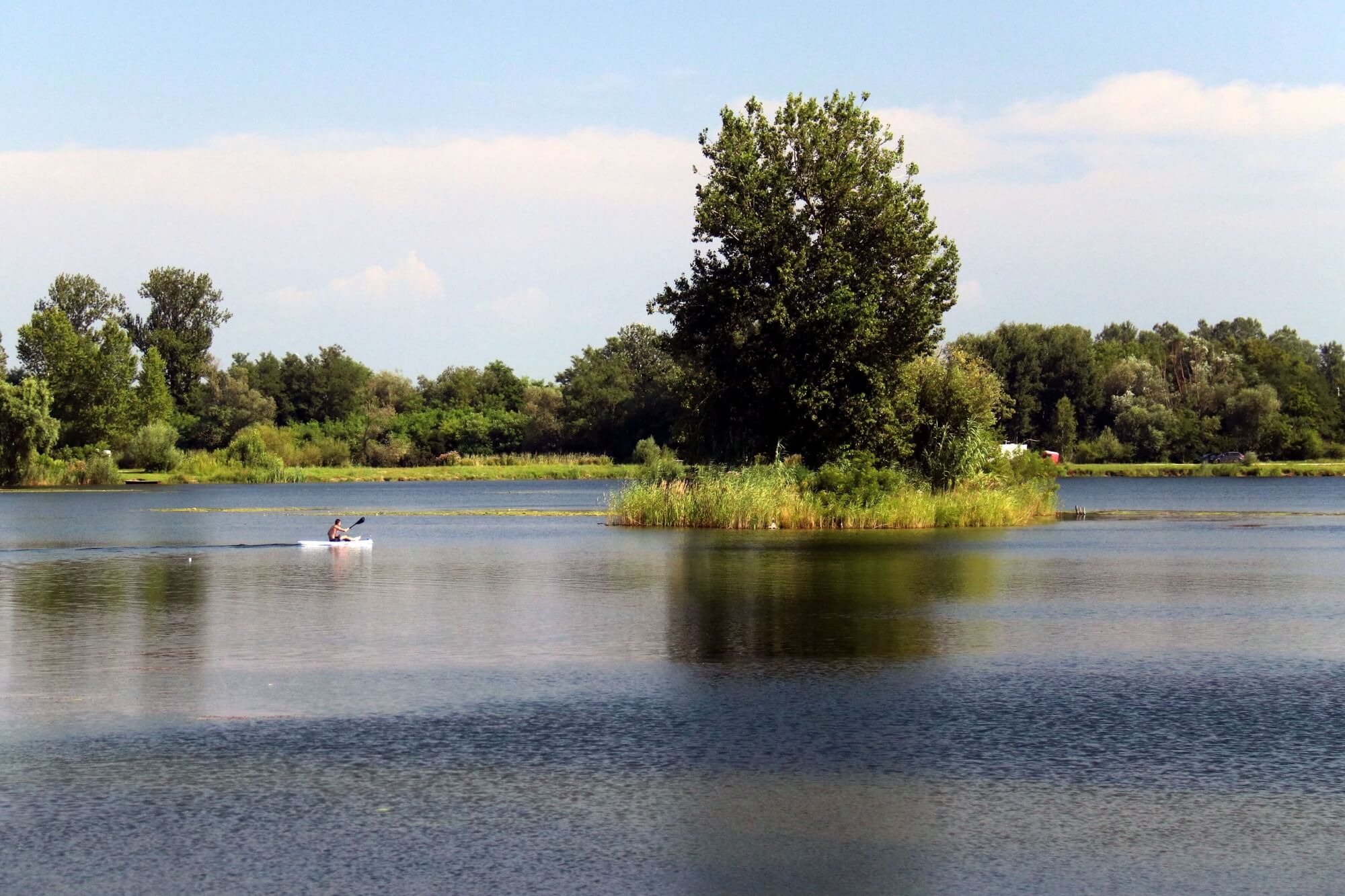 Canoeing through an epic landscape © Željko Car
Canoeing through an epic landscape © Željko Car
You can go rafting with Rafting Club Koprivnica (here) or with Etno Kuce Karlovcan (here). Karlovcan also offer motorboat excursions and accommodate larger parties on river tours. You can find out more from the Tourist Board of Dravski Peski (link below).
Food and drink from the Drava river and its fields
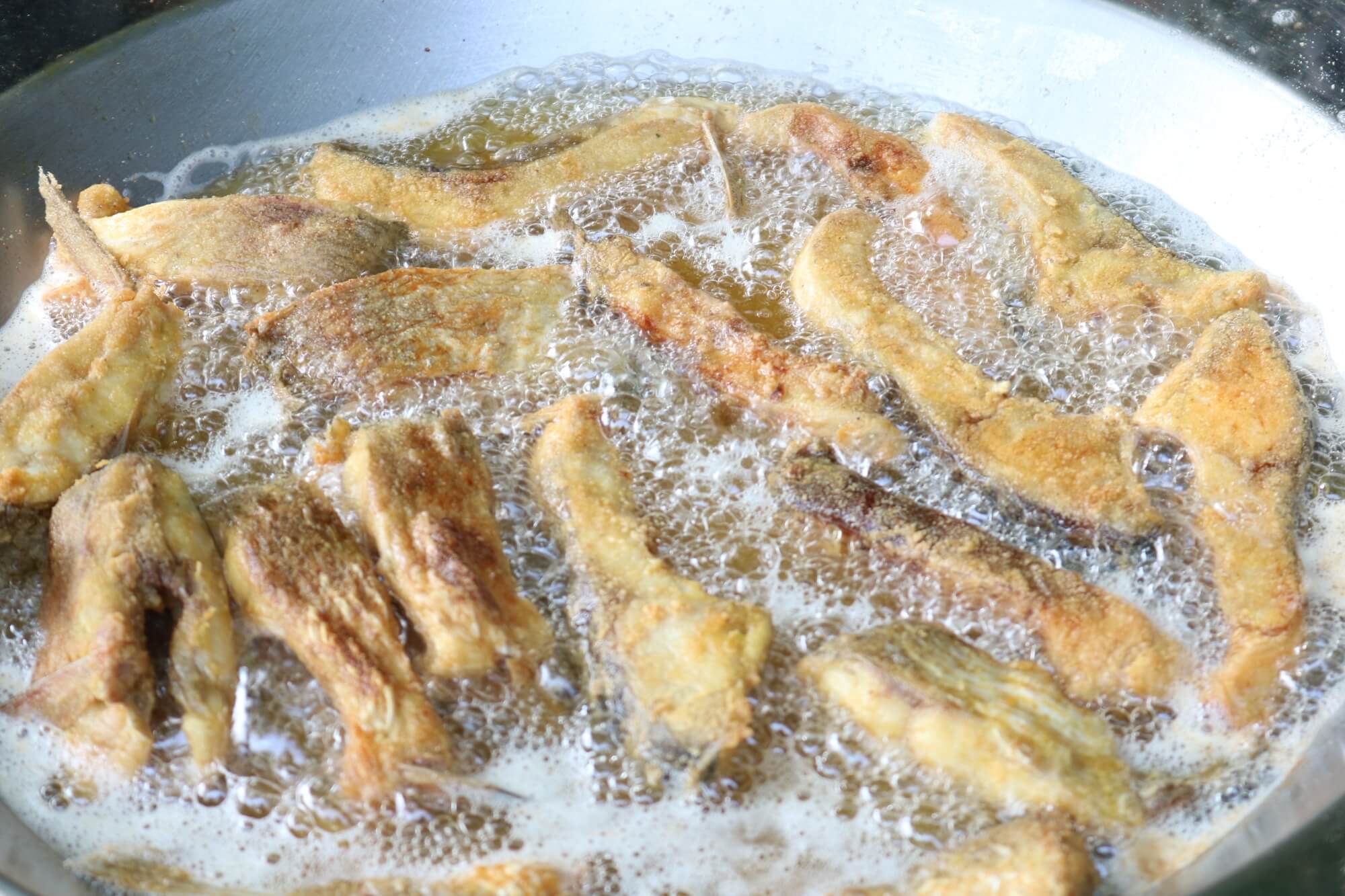
At the annual outdoor cook-off Fišijada Ferdinandovac, you could well imagine being further down the Drava in the region of Slavonia. The fried fish and the deep red, paprika-rich fish stews here are classics of Slavonia. And they're favourites here too. The carp and catfish are pulled from the same river, the paprika a long embraced influence from Hungary on the other side.
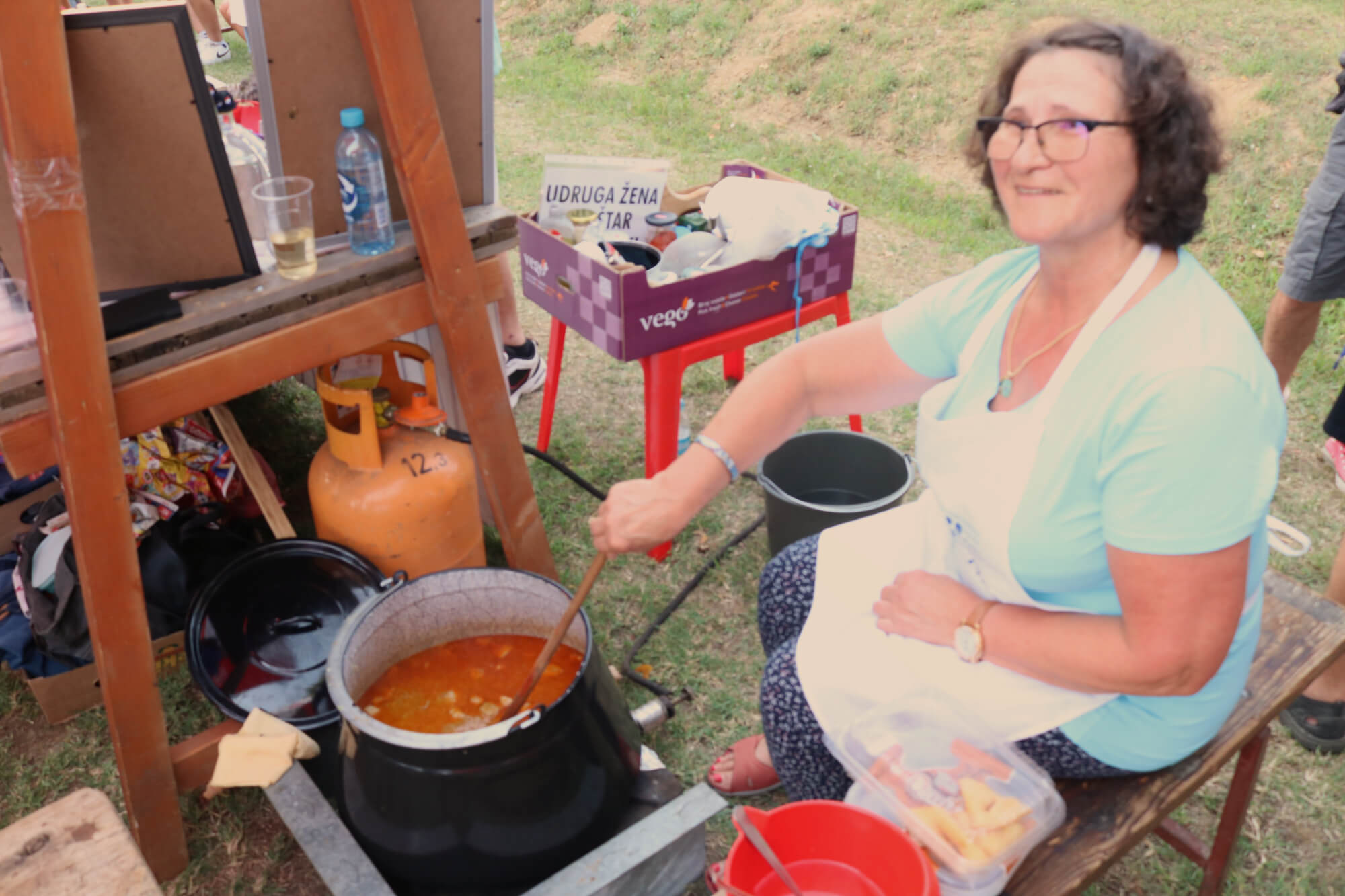 Making gulash in competition at Rokovo in Kozarevac © Marc Rowlands
Making gulash in competition at Rokovo in Kozarevac © Marc Rowlands
But, you'd be wrong to think that Podravina cuisine is an exact match of Slavonia's. Koprivnica-Križevci County has its own distinct recipes, ingredients and flavours. Wild mushrooms, plucked from the forests and fields by the Drava, can be found alongside barley in a classic local soup. It's delicious.
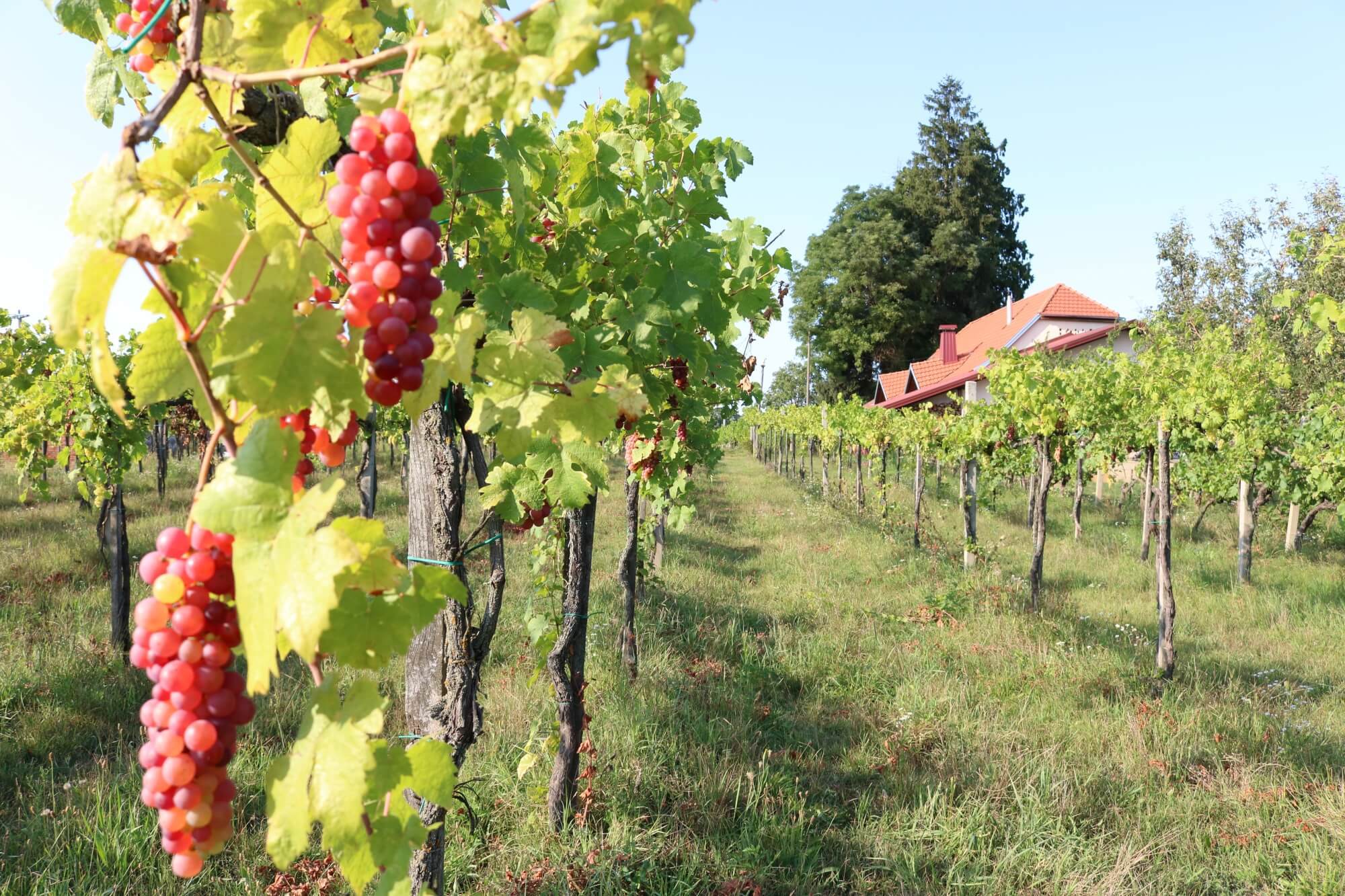 The all-organic vines of Vinarija Šipek in Kloštar Podravski, Koprivnica-Križevci County © Marc Rowlands
The all-organic vines of Vinarija Šipek in Kloštar Podravski, Koprivnica-Križevci County © Marc Rowlands
Koprivnica-Križevci County also has exemplary wines. You'll find superb whites like Riesling, Chardonnay, Grasevina, Sauvignon blanc and more here. They thrive in sandy soil. It has been deposited in the fields here over millennia by the Drava. Vinarija Šipek in Kloštar Podravski (here) run an all-organic winery with excellent wines and heritage grapes. Vinarija Kostanjevec in Lukovec (here) are decorated internationally. In 2020, their Premium Riesling won Silver at the Decanter World Wine Awards. But, there are many more great winemakers all across the county.
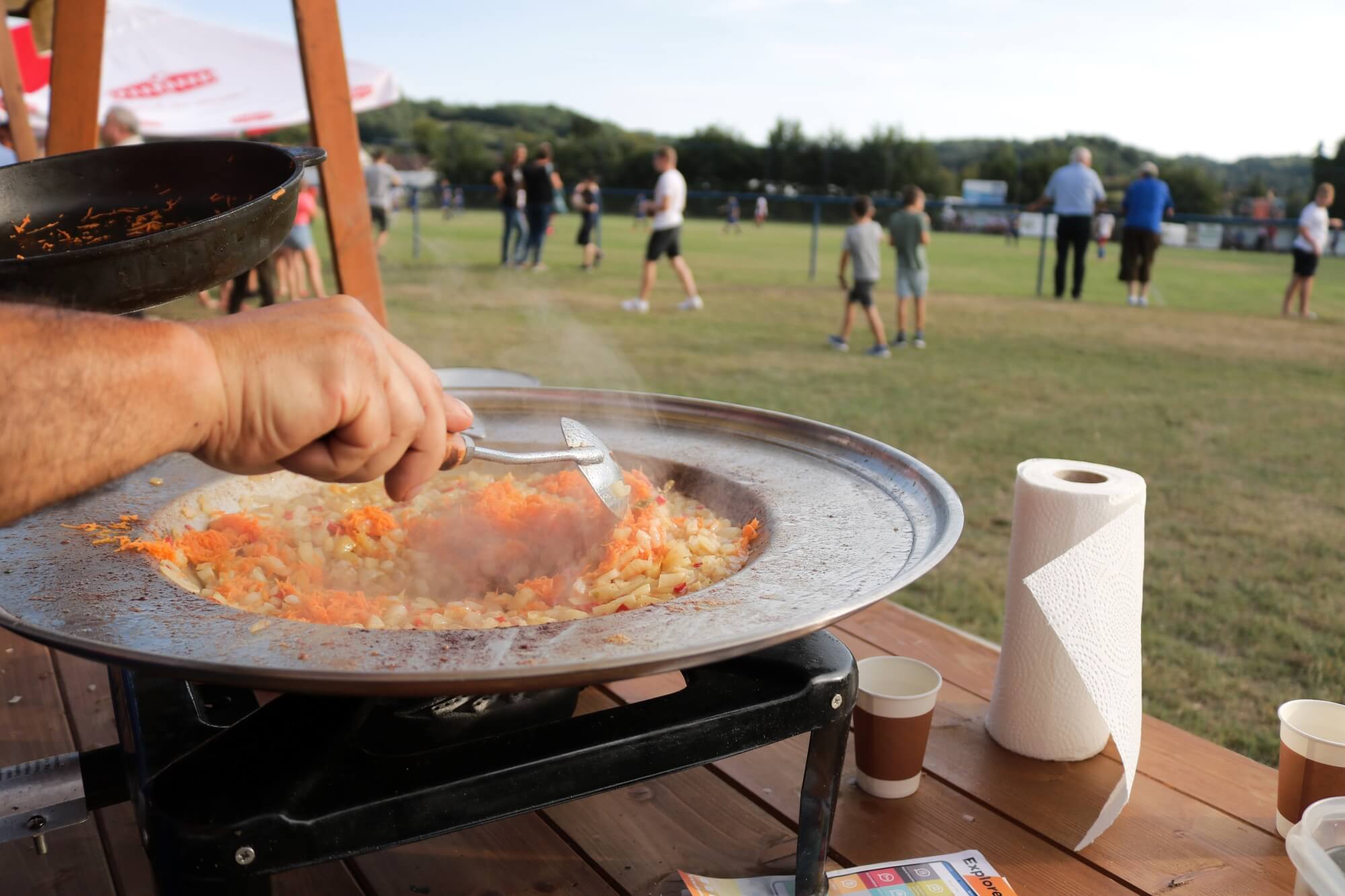
In this part of Podravina, celebrating the fine local food and drink is a regular part of the culture. Every village has at least one notable event. Often held outdoors, they are great social occasions and a good excuse to visit a neighbouring place. More often than not, a sports match, music concert or a funfair runs in tandem. If you want to try the river fish dishes of Podravina, restaurant Ribička hiža near Đurđevac (here) serves these specialities year-round.
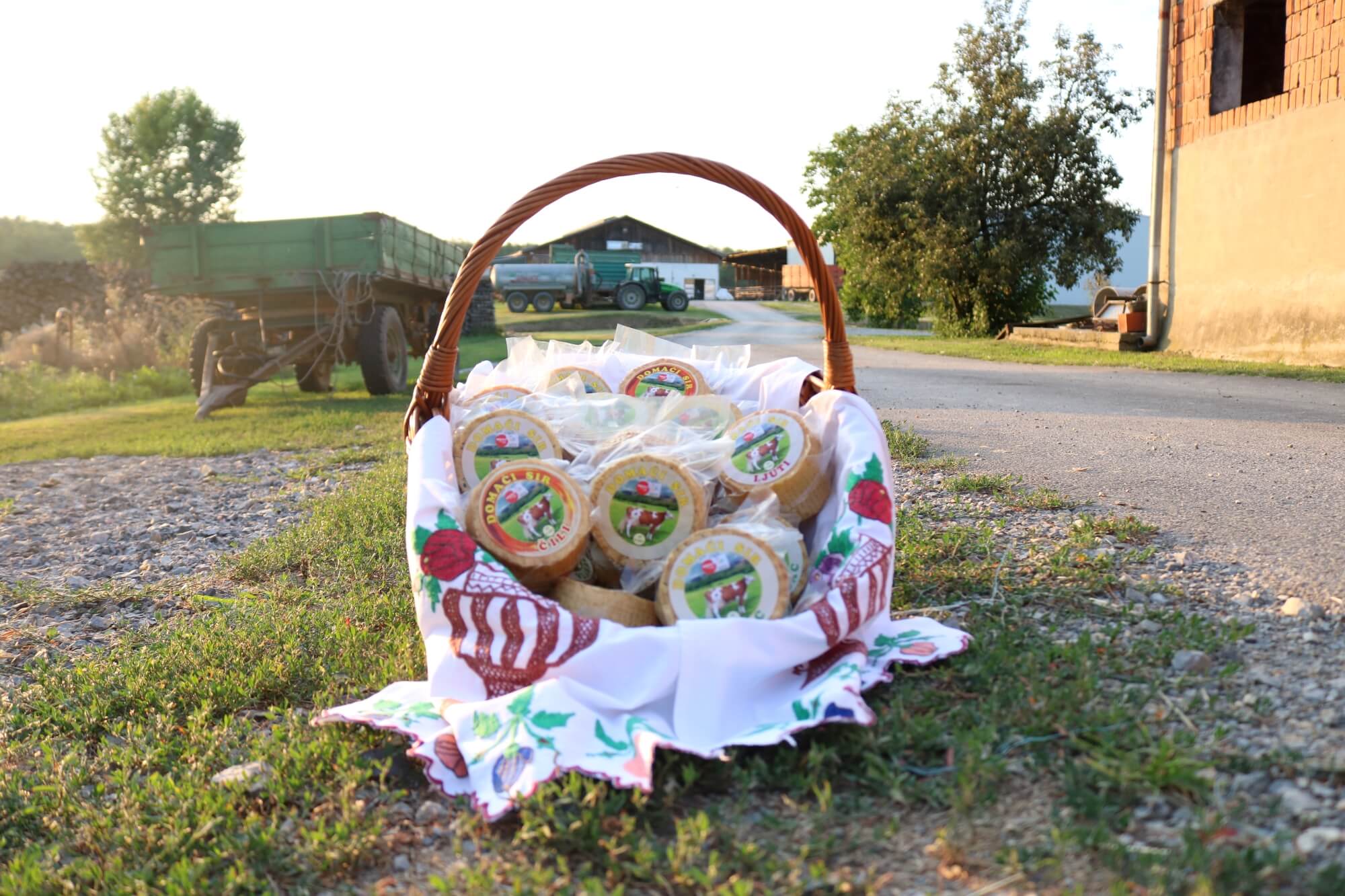
Staying by the Drava river
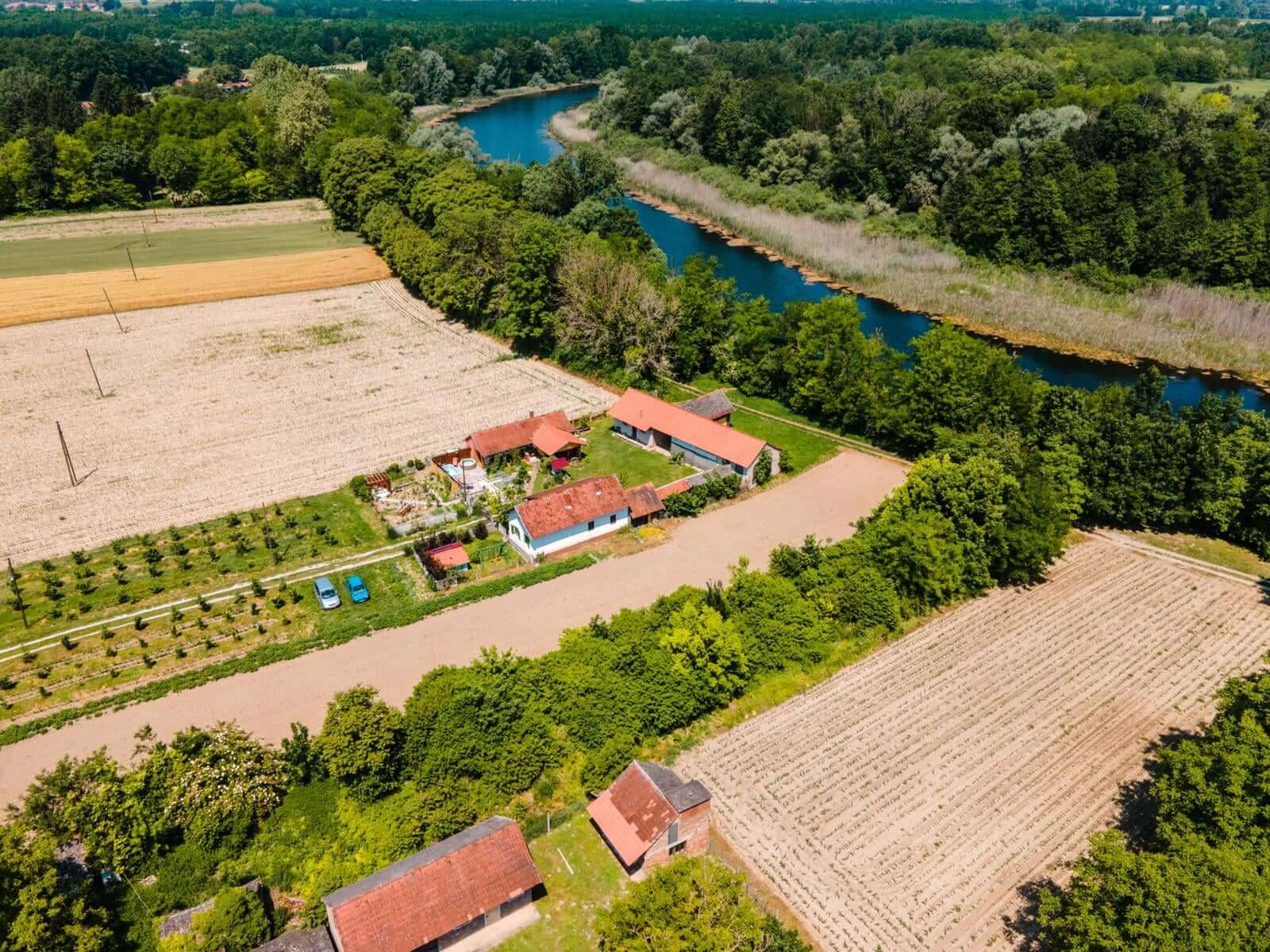 From above, Dravski raj on the Drava River in Koprivnica Križevci County © Toni Fereža/FT STUDIO
From above, Dravski raj on the Drava River in Koprivnica Križevci County © Toni Fereža/FT STUDIO
You can find great traditional accommodation across all of Koprivnica-Križevci County. And, if you want to stay right next to the Drava, there are some super options.
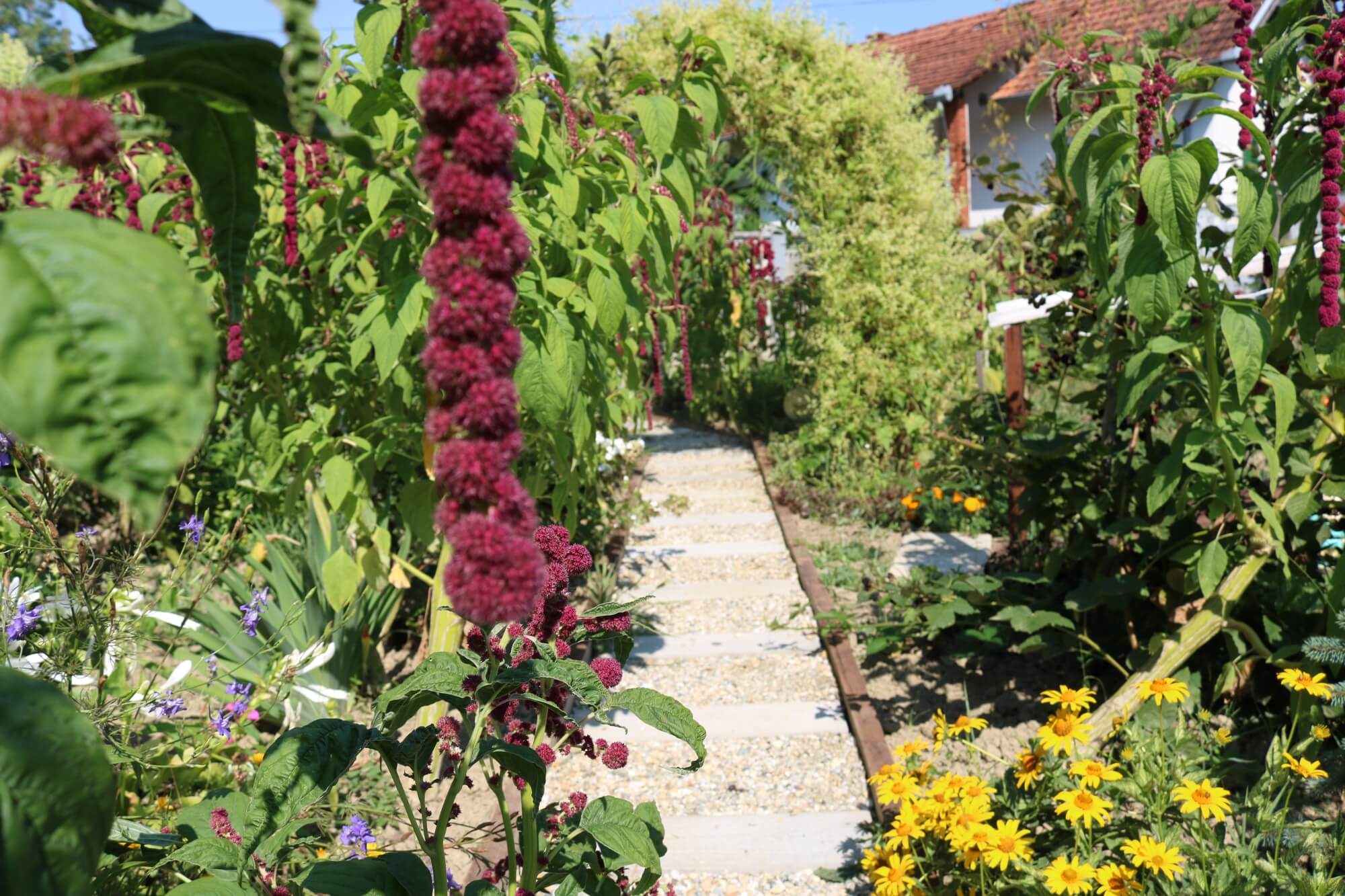
Dravski raj (here) is a delightful renovated farm complex that backs onto the Drava. Inside traditional buildings, you'll find modern bedrooms, a games room, hot tub and free bicycles for exploring the surrounding nature. You can draw your own water from the well to drink – or just take it from the tap, of course.
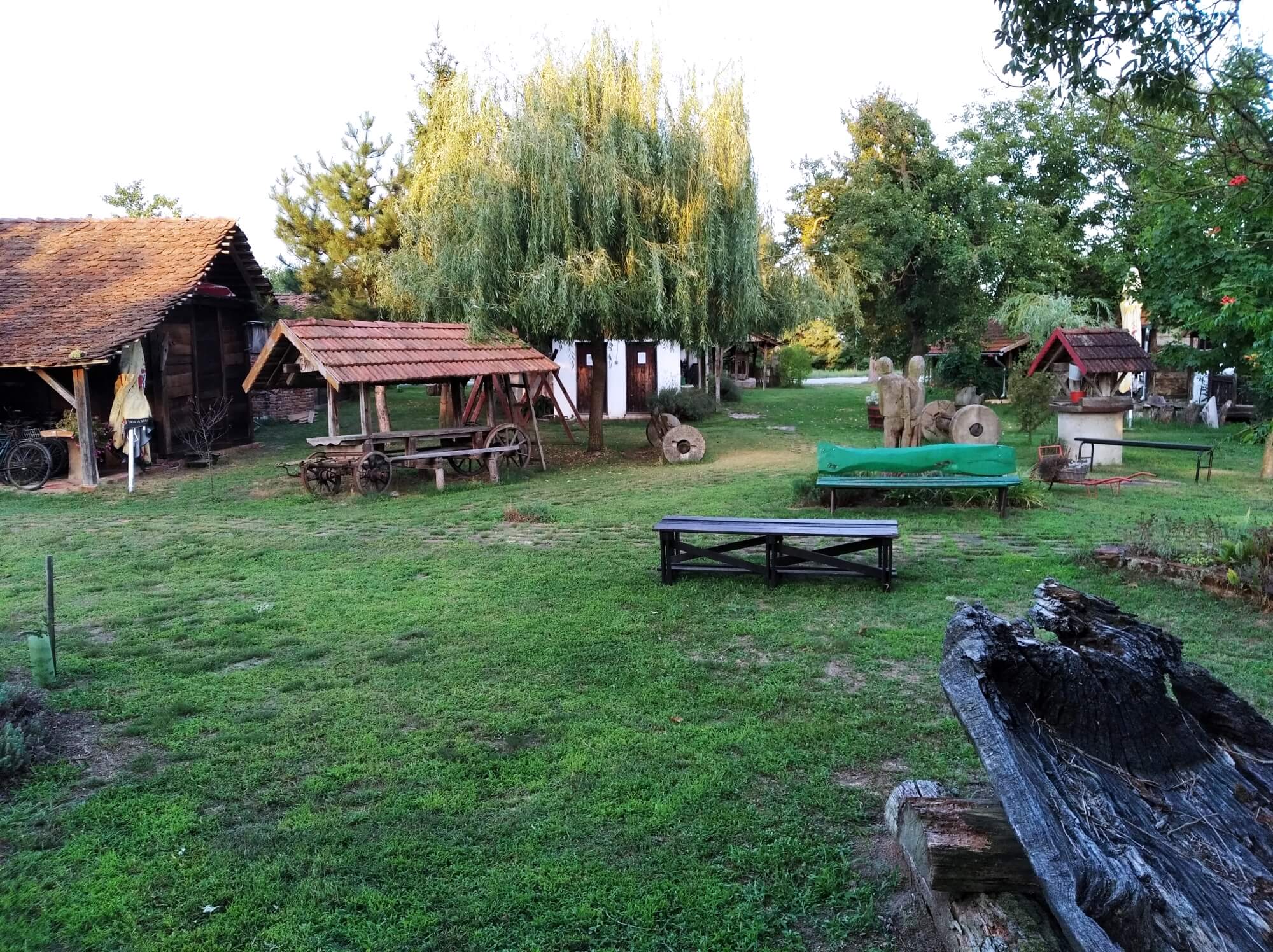 Perfect for events and relaxing, the sprawling grounds of Etno kuce Karlovcan © Marc Rowlands
Perfect for events and relaxing, the sprawling grounds of Etno kuce Karlovcan © Marc Rowlands
Etno kuce Karlovcan (here) is a large plot containing artefacts of regional agriculture and life from the last few hundred years. Longstanding stakeholders in tourism on the Drava, they offer food, accommodation, boat rides, rafting and horse riding too.
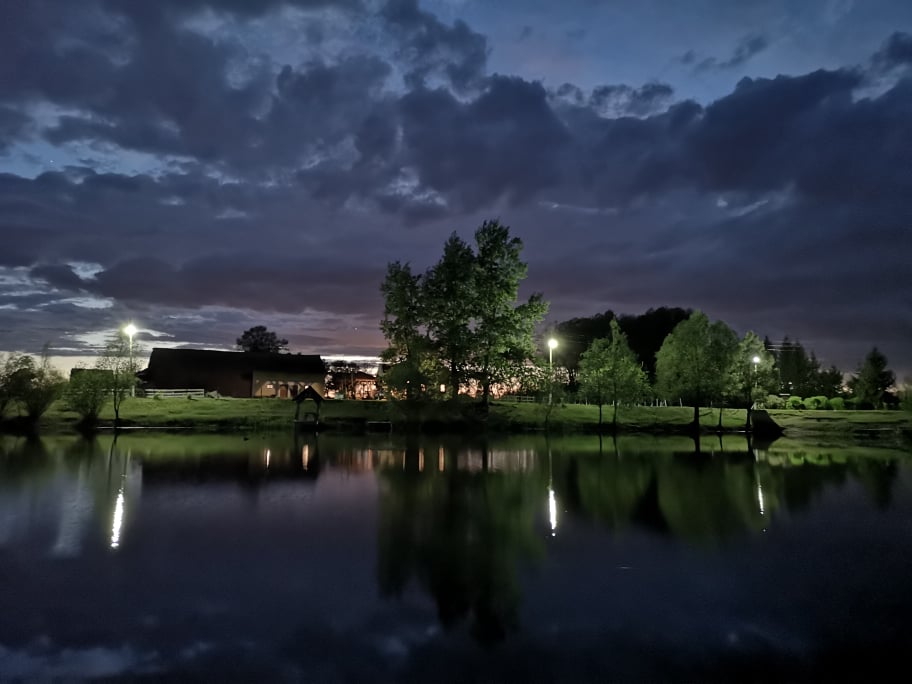 From the water, Country House Ivančan © Domagoj Krznarić
From the water, Country House Ivančan © Domagoj Krznarić
Art centar Ješkovo have robinson accommodation near Ješkovo. Also, Country House Ivančan (here) is perfect for a riverside getaway. The family enterprise is also famed for the food they prepare.
This article was produced with the co-operation of Koprivnica-Križevci County Tourist Board. Both the author and Total Croatia News would like to sincerely thank Željko Car, Mato Zeman and Goran Šafarek for the kind permission to use their photography here.
If you would like more information about any of the mentioned events, activities or county cycle routes, you can contact Koprivnica-Križevci County's tourist boards on these links.
Koprivnica town tourist board here
Križevci tourist board here
Đurđevac tourist board here
Central Podravina tourist board here
Tourist board of Dravski Peski here
Kalnik tourist board here
PHOTOS: Colour, Cuisine and Art of Koprivnica at Motifs of Podravina
September 28, 2021 – 27-year-old Motifs of Podravina Festival showcases all the region's unique art, cuisine and culture, including fantastic wines, music, dance, folklore, food, arts & crafts plus a huge outdoor exhibition of Croatian Naive Art. We preview the 2021 Autumn edition in pictures...
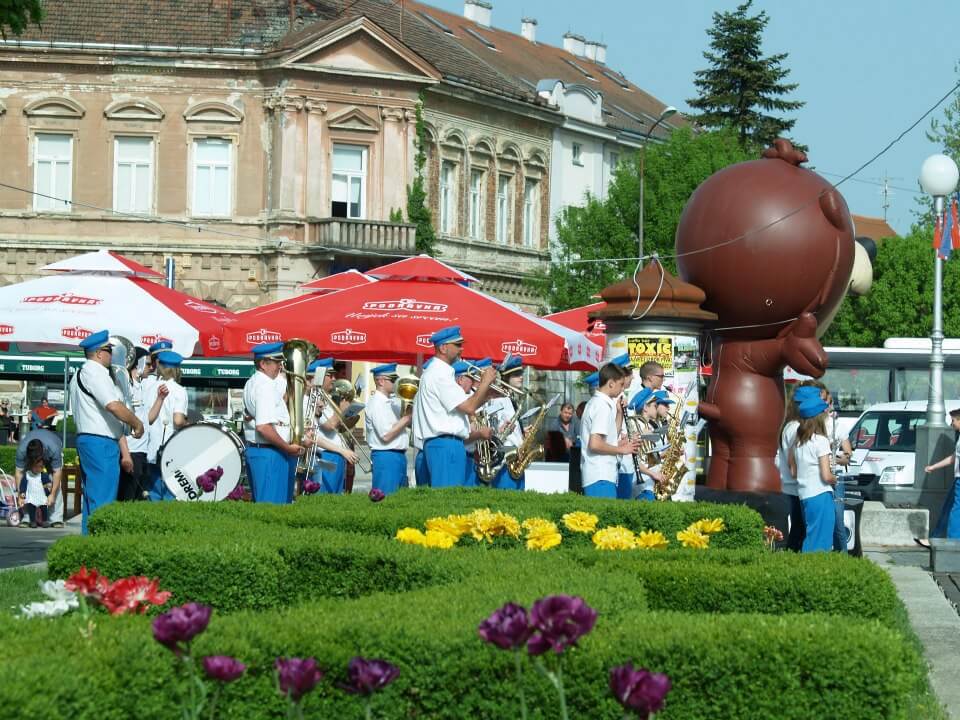 © Puhački orkestar Grada Koprivnice
© Puhački orkestar Grada Koprivnice
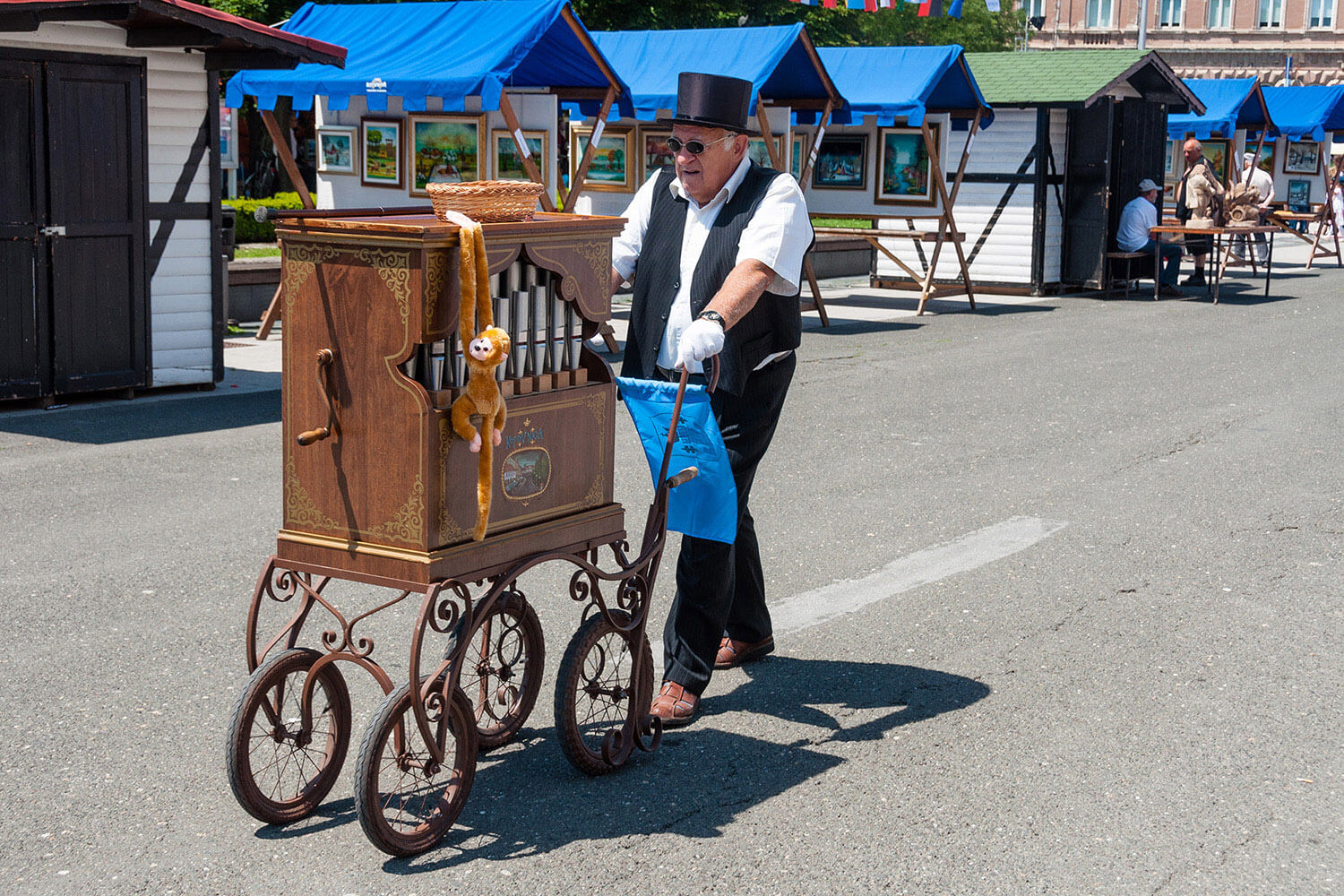 © Mato Zeman
© Mato Zeman
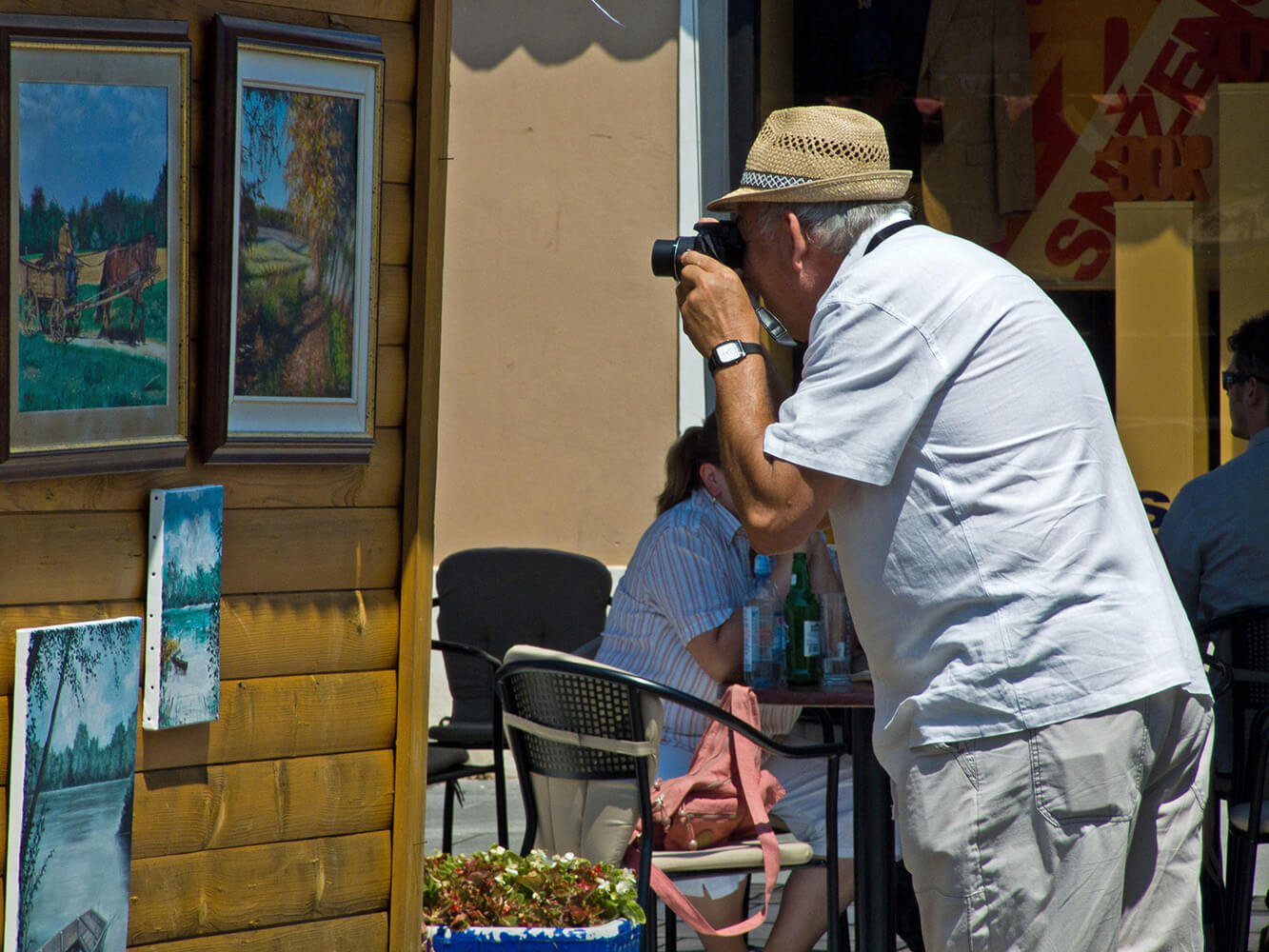 © Mato Zeman
© Mato Zeman
The city centre streets and parks of Koprivnica will once again explode with colour, cuisine, music, dance and art this weekend for the 28th Motifs of Podravina Festival. The much-loved event showcases all of the unique aspects of culture from the region.
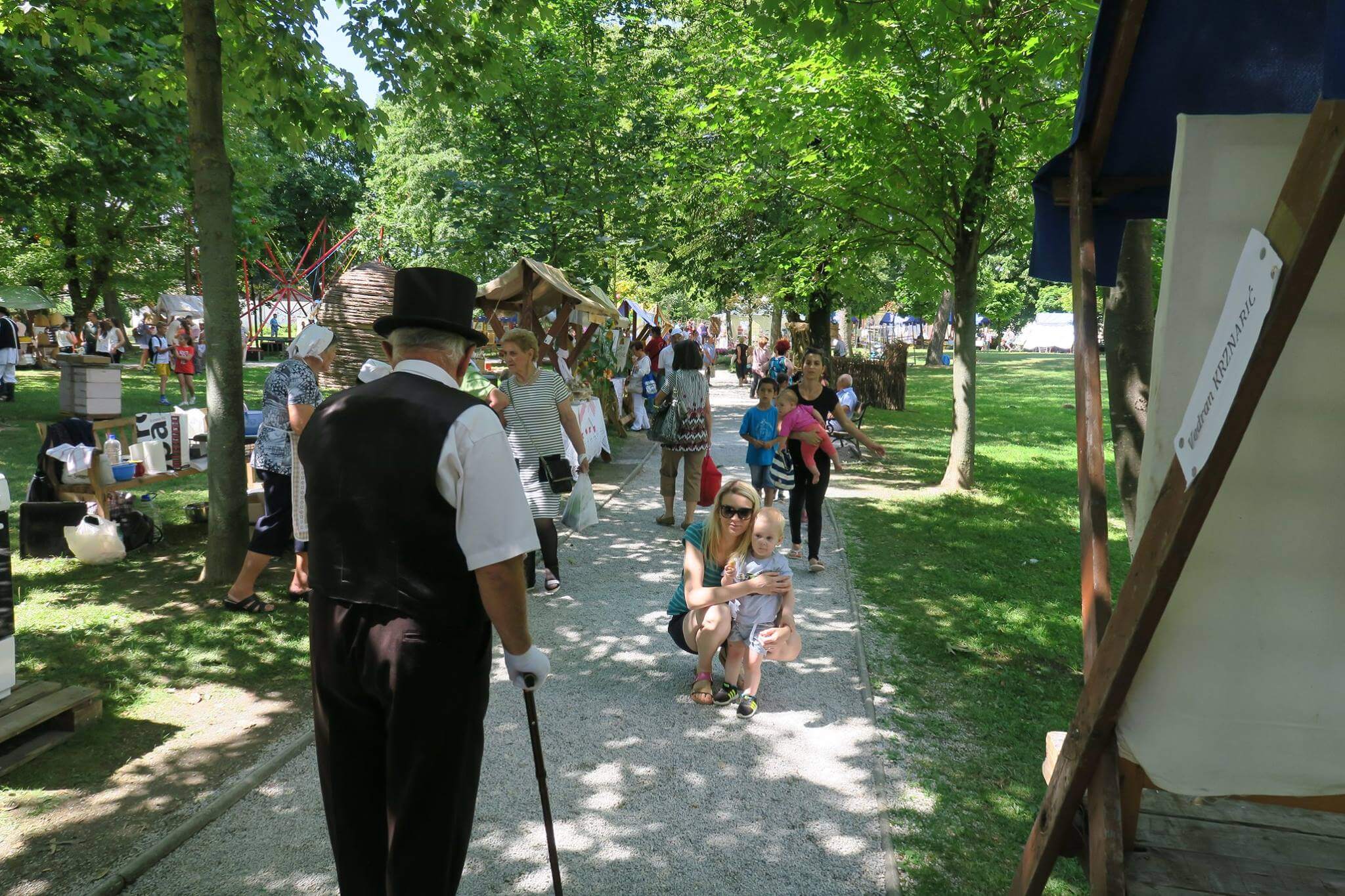 © Turistička Zajednica Koprivnica
© Turistička Zajednica Koprivnica
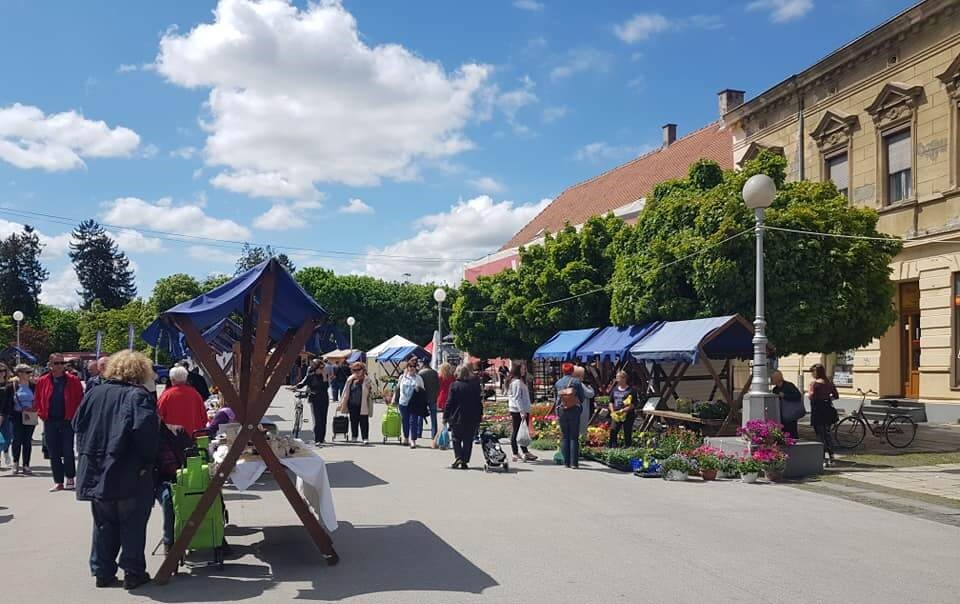 © Turistička Zajednica Koprivnica
© Turistička Zajednica Koprivnica
Usually taking place in summer, the 2020 event was postponed by the pandemic and instead held in autumn. With very surprising results. Numbers of visitors to the event increased dramatically. As a result, another autumn edition of Motifs of Podravina will take place on Saturday 2 October and Sunday 3 October 2021.
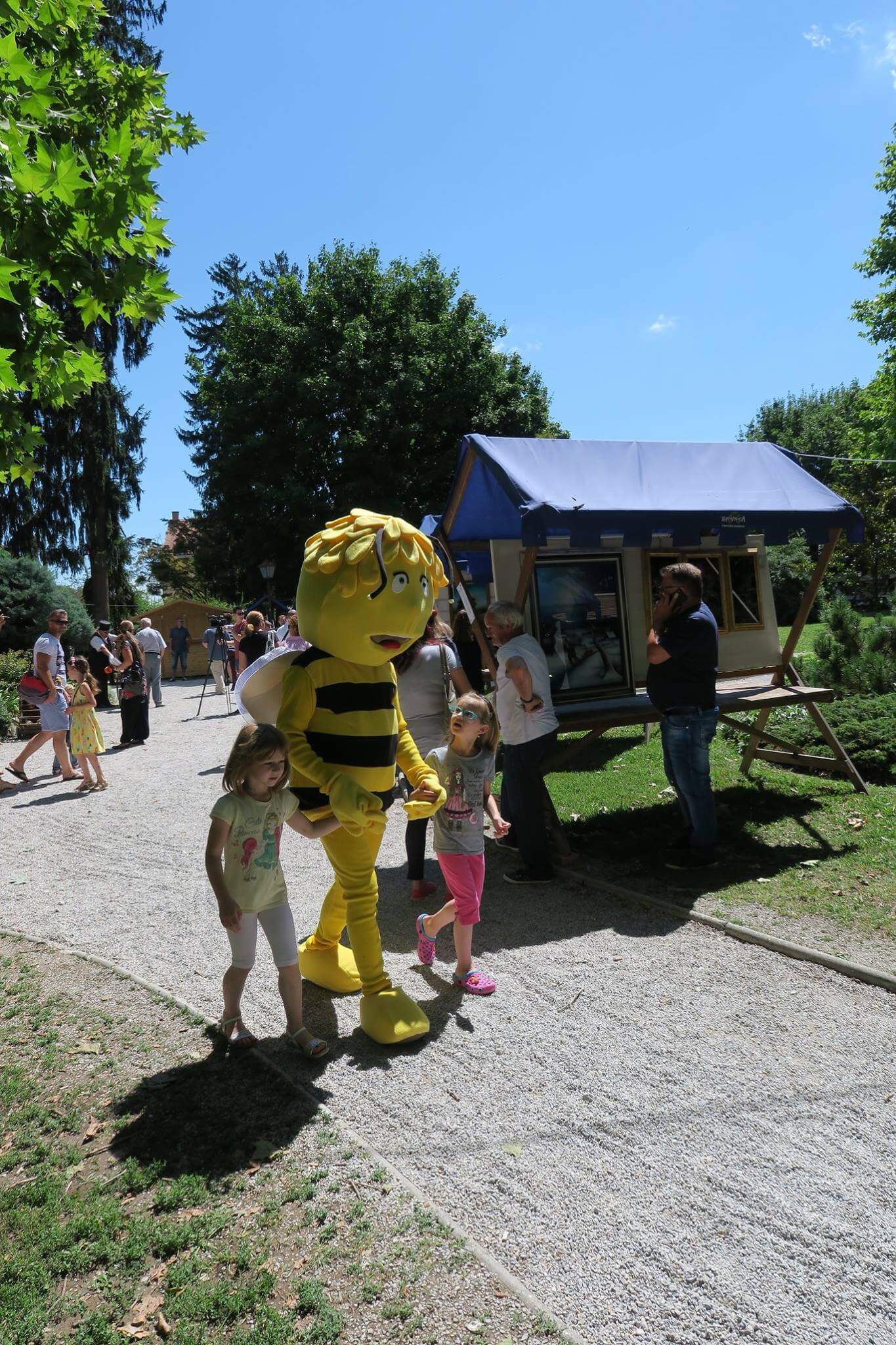 © Turistička Zajednica Koprivnica
© Turistička Zajednica Koprivnica
 © Turistička Zajednica Koprivnica
© Turistička Zajednica Koprivnica
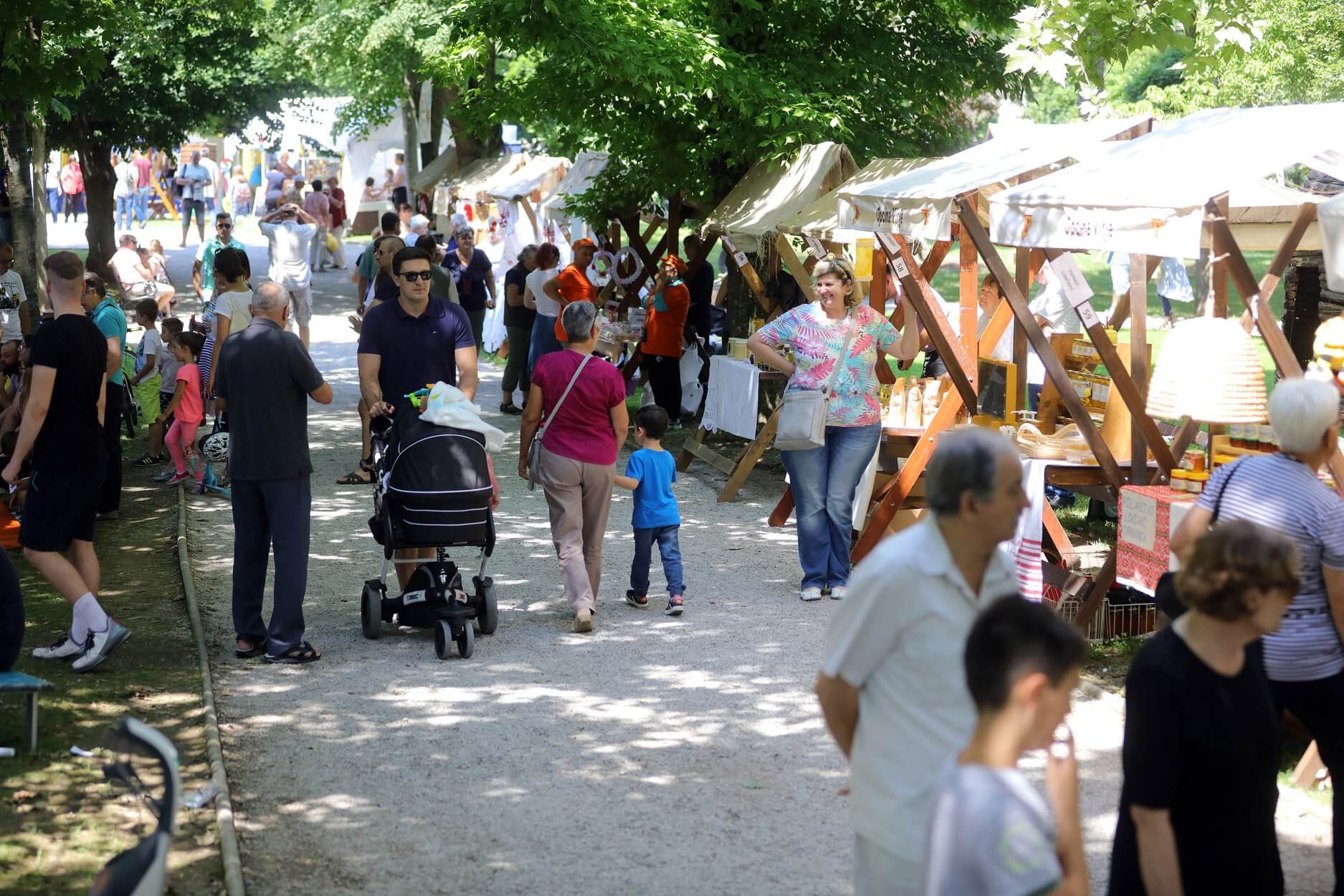 © Turistička Zajednica Koprivnica
© Turistička Zajednica Koprivnica
A run-up to the event is already underway at some of Koprivnica Križevci County's most famous museums. There are special exhibitions currently on show at Koprivnica Gallery, the Gallery of Naive Art in Hlebine and the Mijo Kovačić Gallery in Koprivnica. All these participating museums will open their doors to the public for free this weekend.
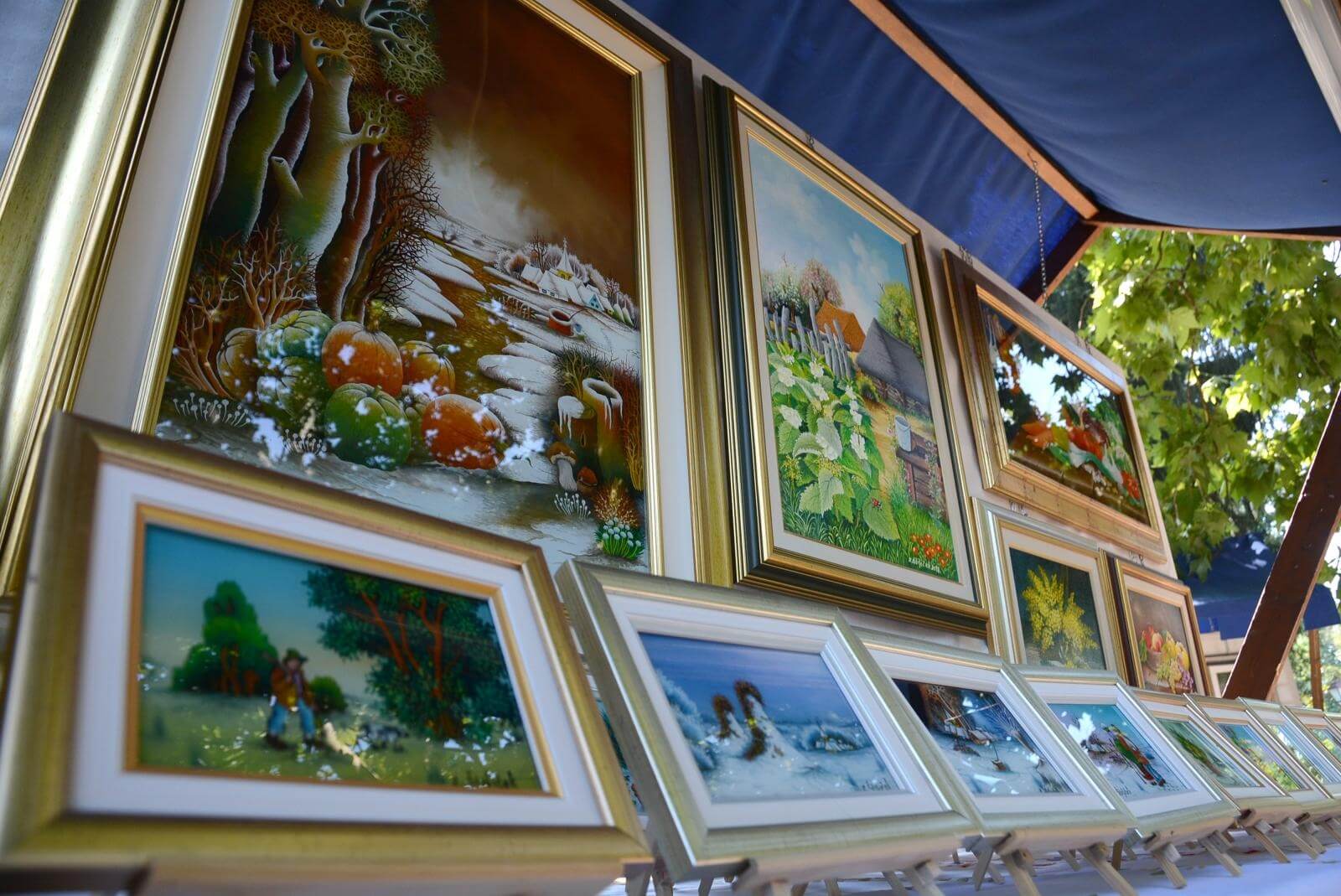 © Damir Spehar/PIXSEL
© Damir Spehar/PIXSEL
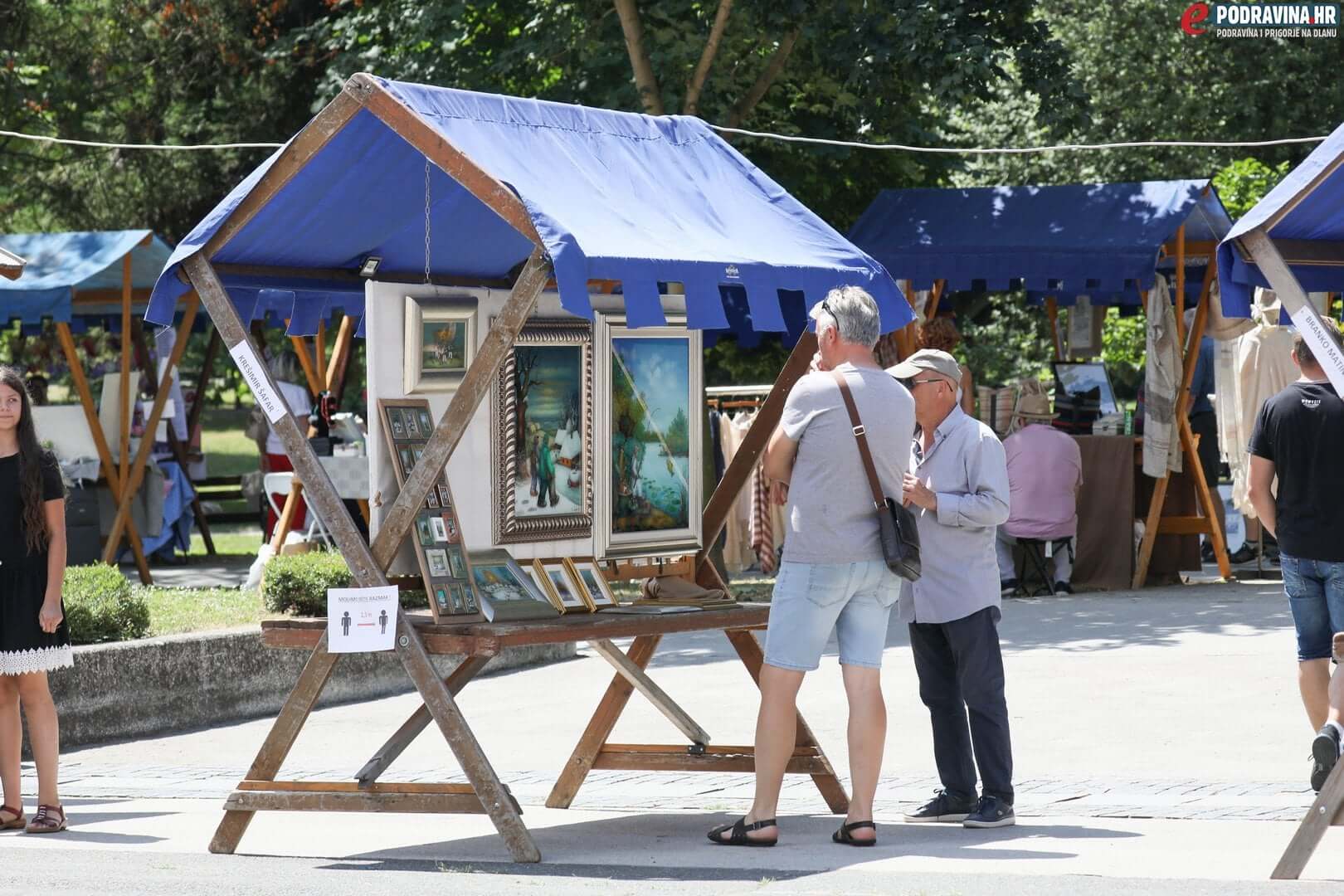 © Turistička Zajednica Koprivnica
© Turistička Zajednica Koprivnica
The celebrated works of the region's famous artists will be joined by an explosion of colour through Koprivnica City Park. There, one of the largest outdoor exhibitions of art in Croatia takes place. Over 50 Croatian Naive Artists will be displayed through the park and on Zrinski Square. As such, this is one of the best times and places to come and learn more about Croatian Naive Art and the very famous branch of it that comes from this region - the Hlebine School (you can read more about it here).
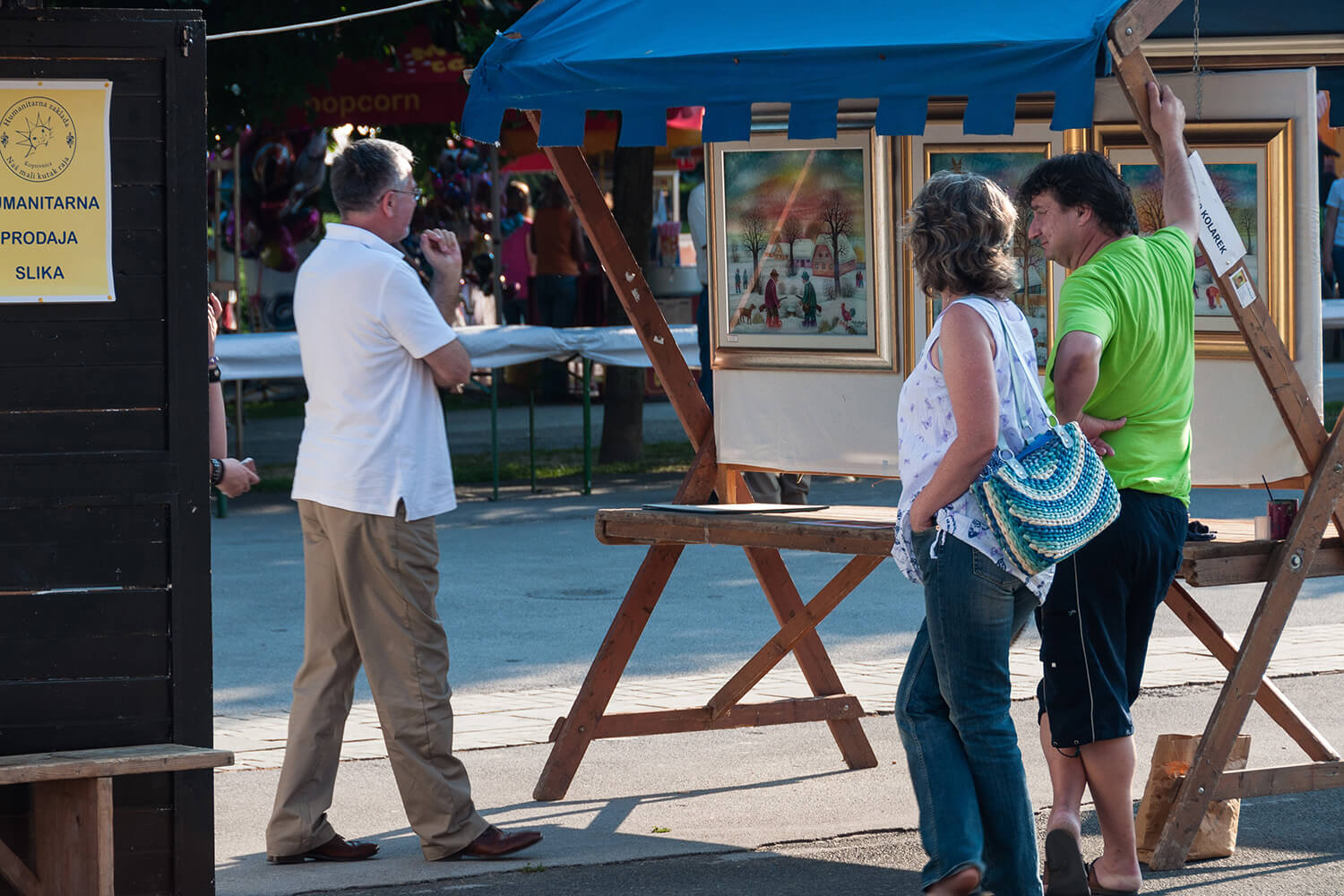 © Mato Zeman
© Mato Zeman
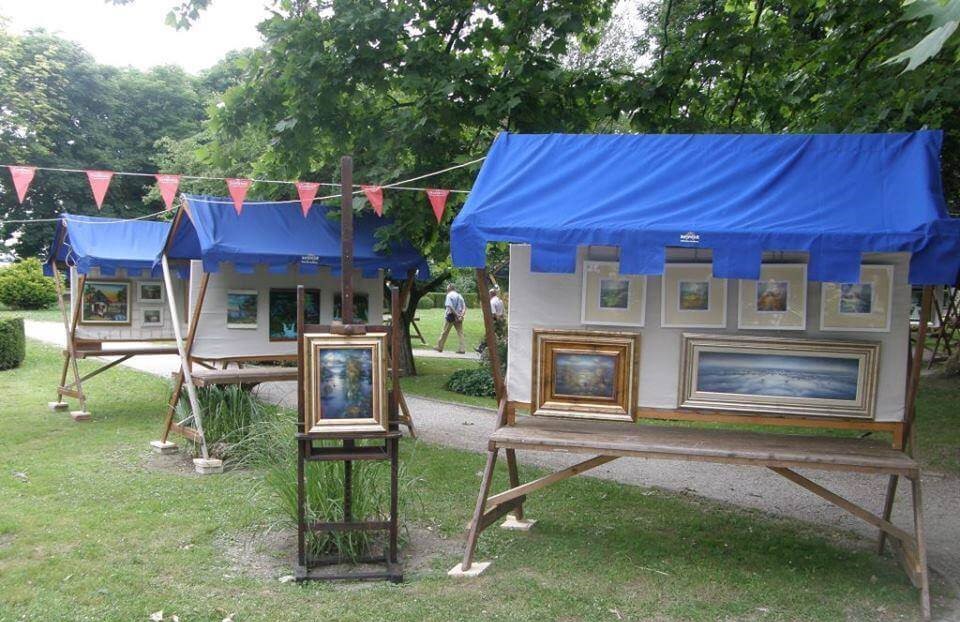 © Turistička Zajednica Koprivnica
© Turistička Zajednica Koprivnica
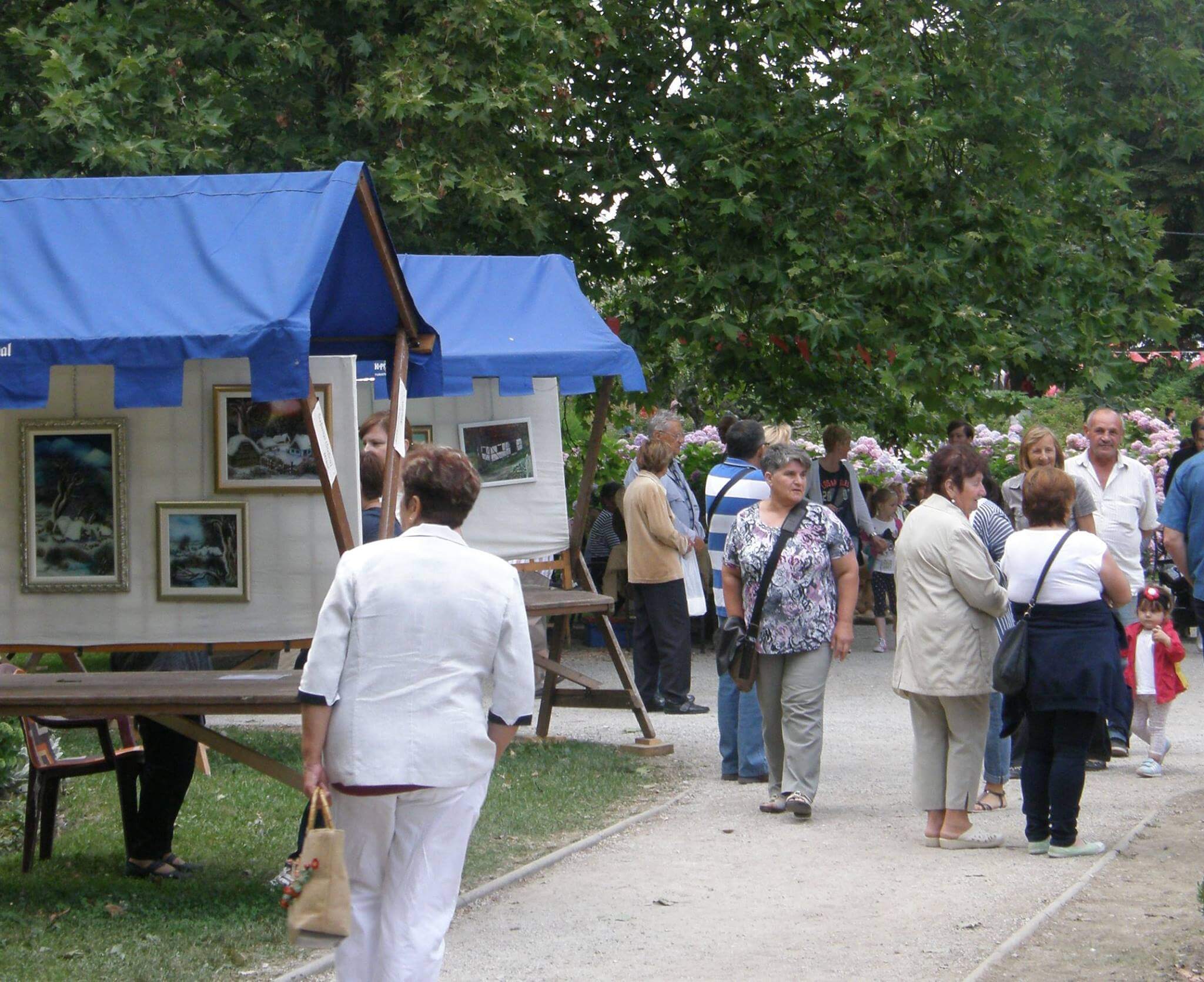 © Turistička Zajednica Koprivnica
© Turistička Zajednica Koprivnica
Stalls displaying Hlebine school paintings and other art of the region will be interspersed with others offering arts & crafts, traditional produce and tasty treats.
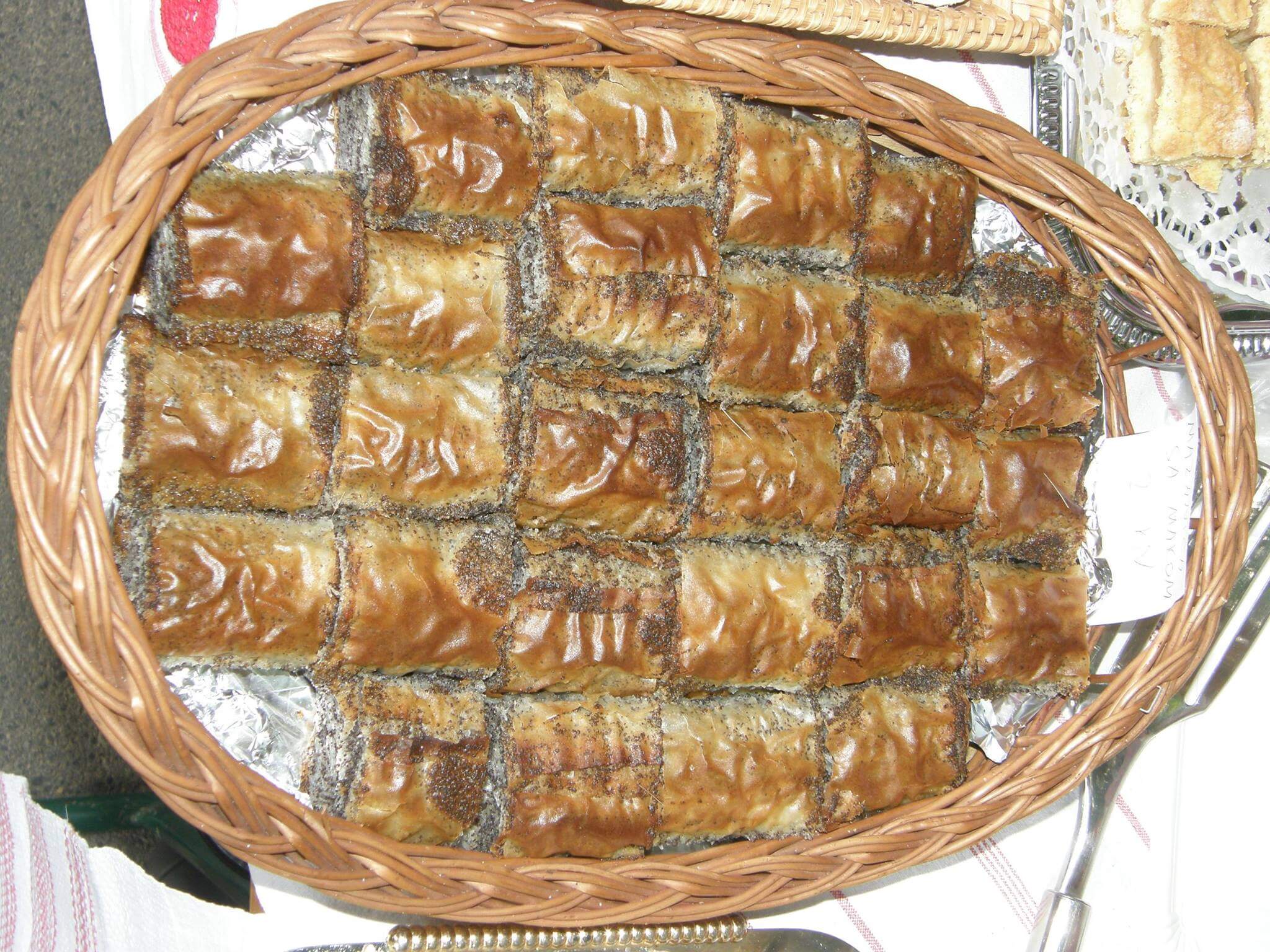 © Turistička Zajednica Koprivnica
© Turistička Zajednica Koprivnica
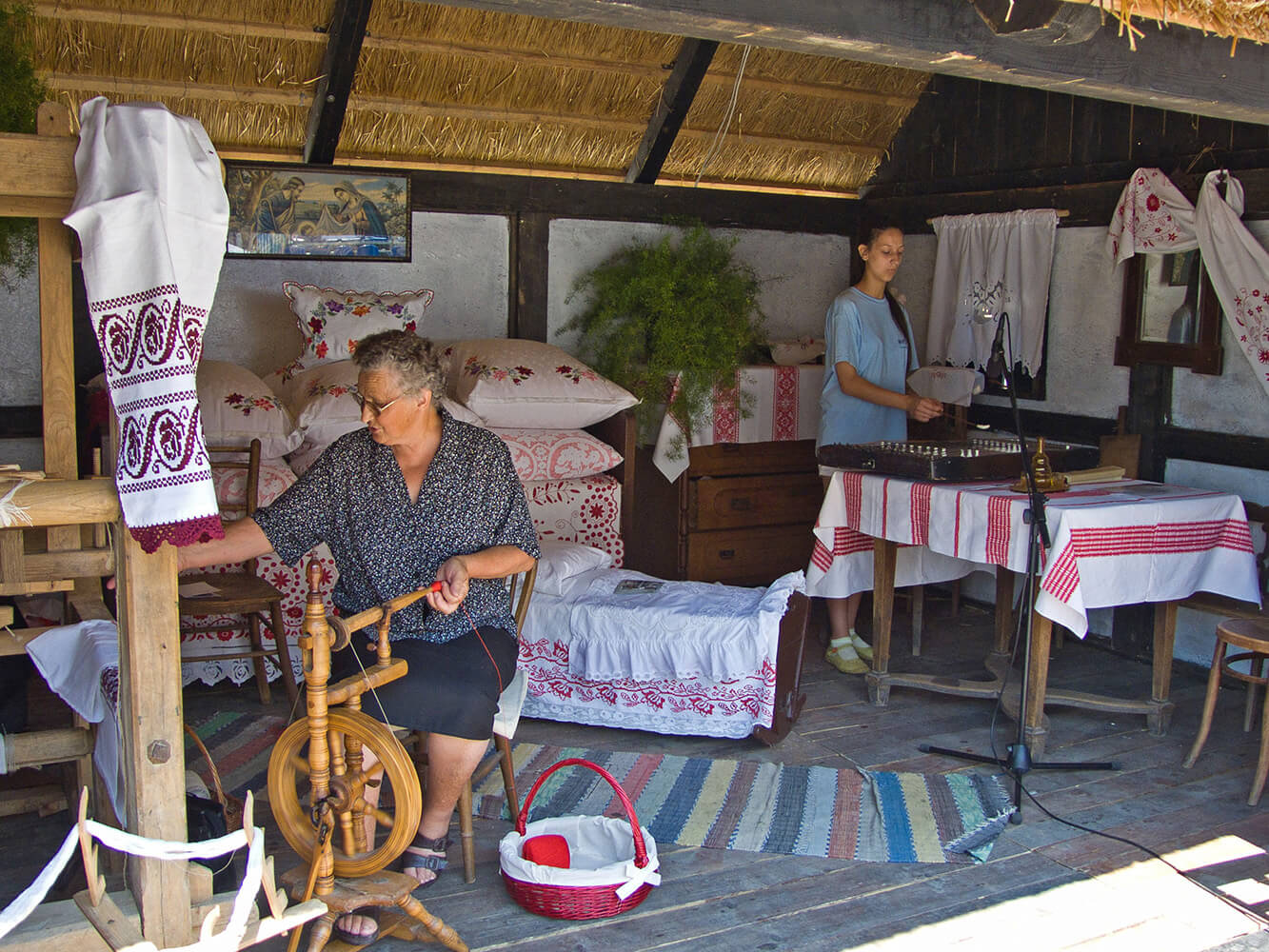 © Mato Zeman
© Mato Zeman
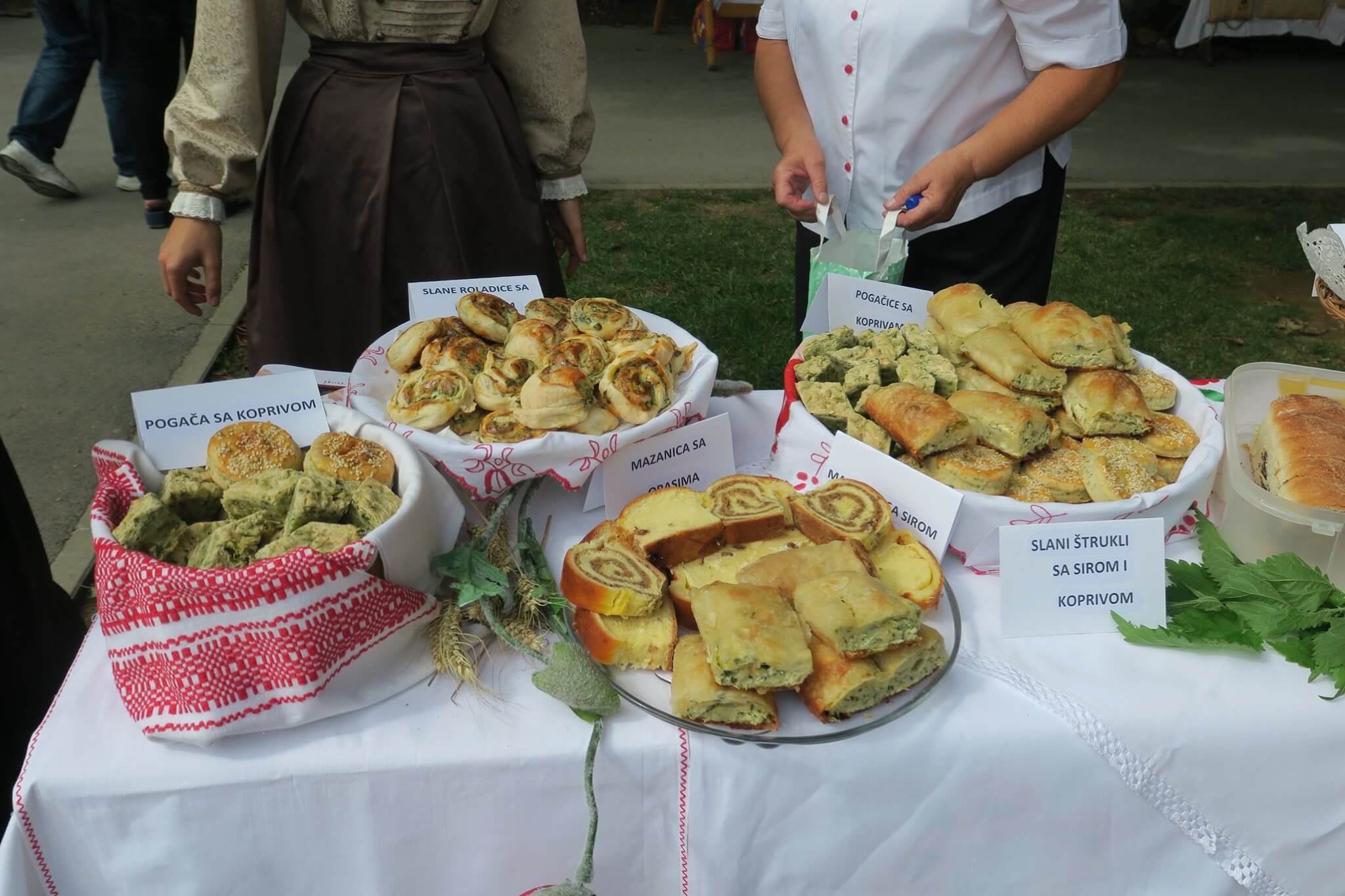 © Turistička Zajednica Koprivnica
© Turistička Zajednica Koprivnica
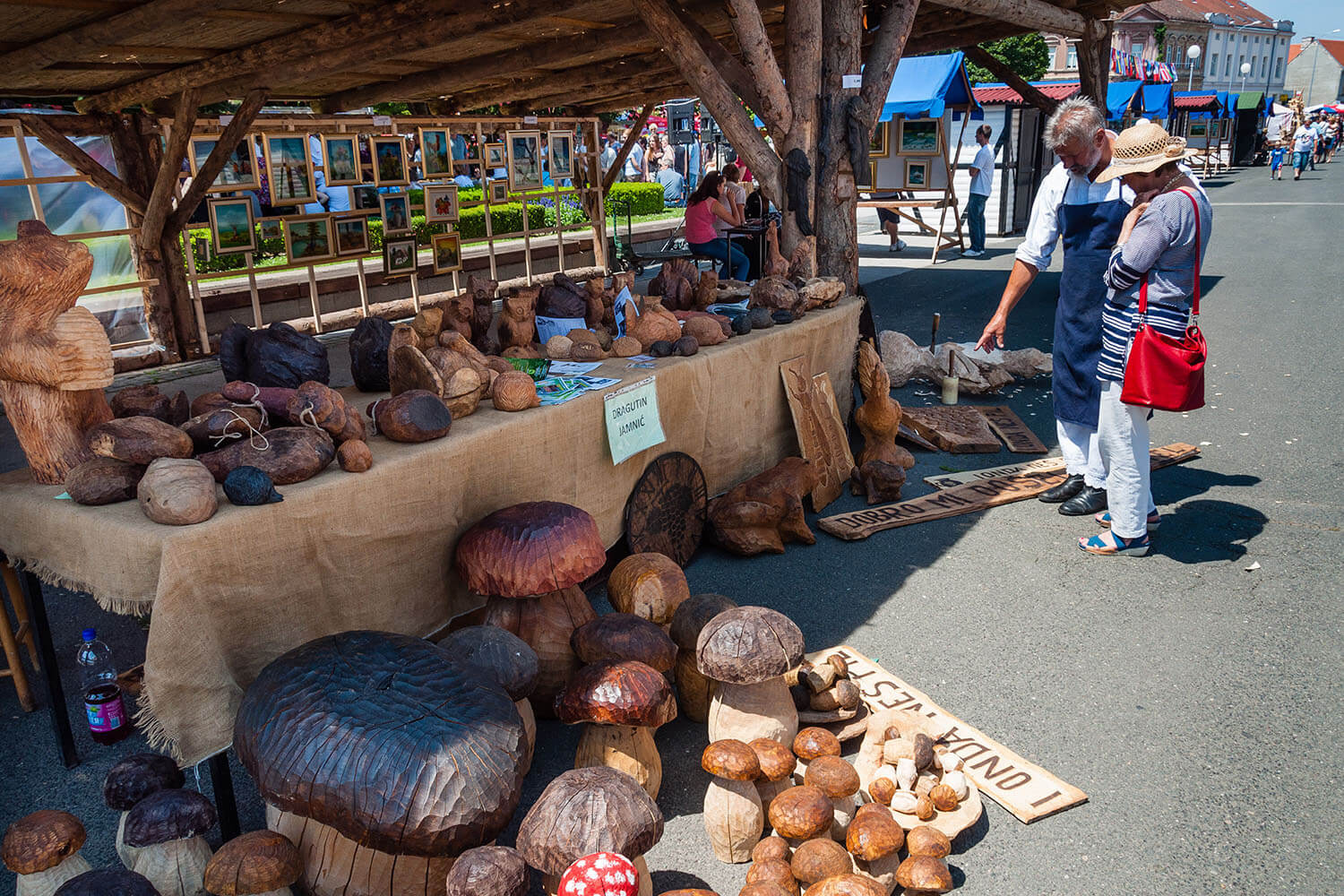 © Mato Zeman
© Mato Zeman
Holding the event in autumn allows Motifs of Podravina to take advantage of harvest time. Colourful pumpkins and squash might well be seen. The surrounding countryside is rich with wild mushrooms. Famously, they are collected to make a local specialty soup. And, the county's famous corn is ripe and ready, as are the chestnuts. So, too, the brilliant, new season wines of Koprivnica Križevci County. This year, some of the best local wines will be joined by guests from Hungary and presented by Koprivnica City Museum.
 Vineyards of Koprivnica-Križevci County © Marc Rowlands
Vineyards of Koprivnica-Križevci County © Marc Rowlands
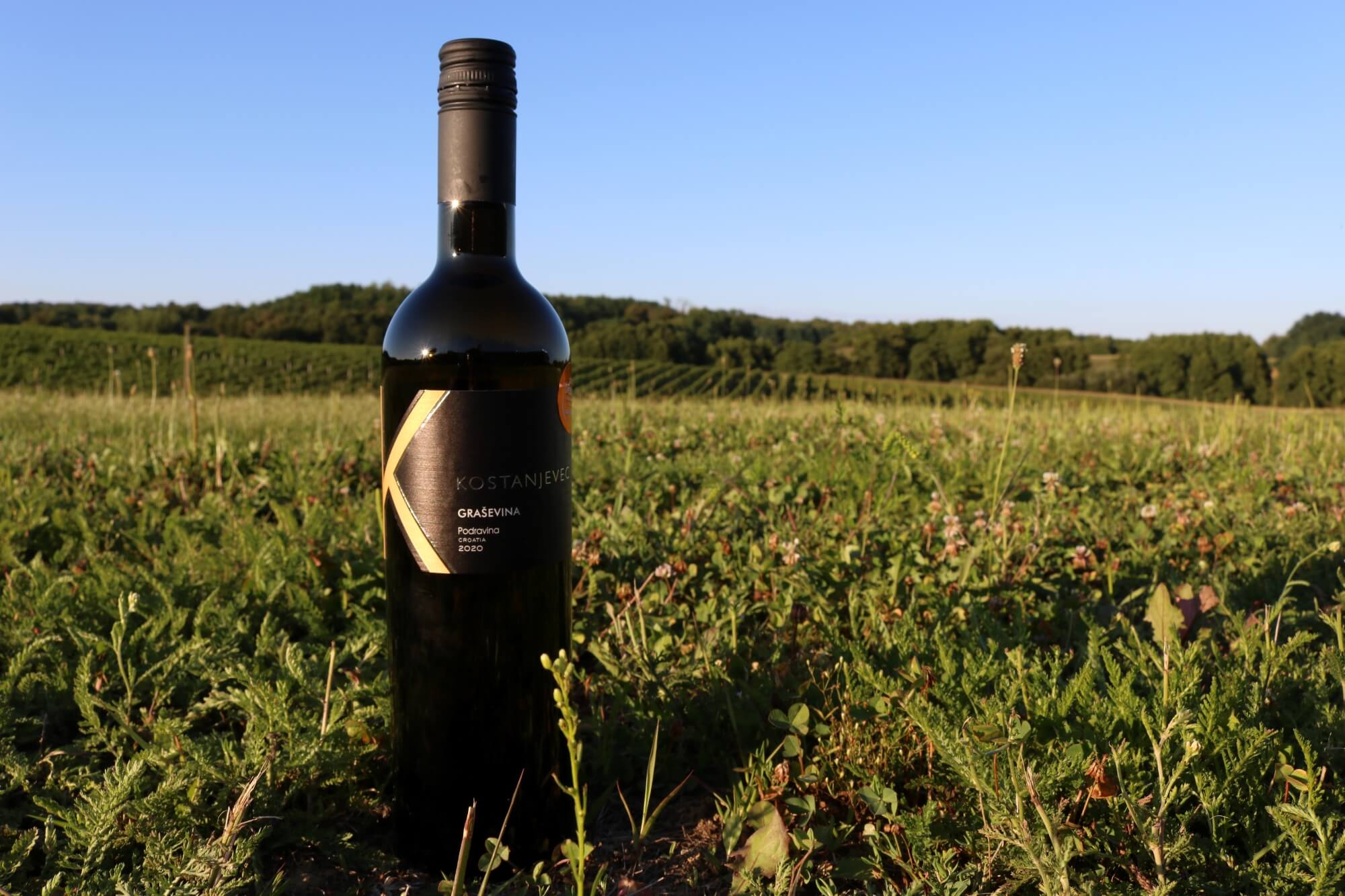
Adding to the colour with a distinctly local flavour, music, folklore and dance are offered by Folklore Ensemble Koprivnica, the International Children's Folklore Societies Meeting and KUD Rudar Glogovac. Additional music comes from Koprivnica City Puhački Orkestar, folk-rock band Ogenj and singer Eric Vidovic.
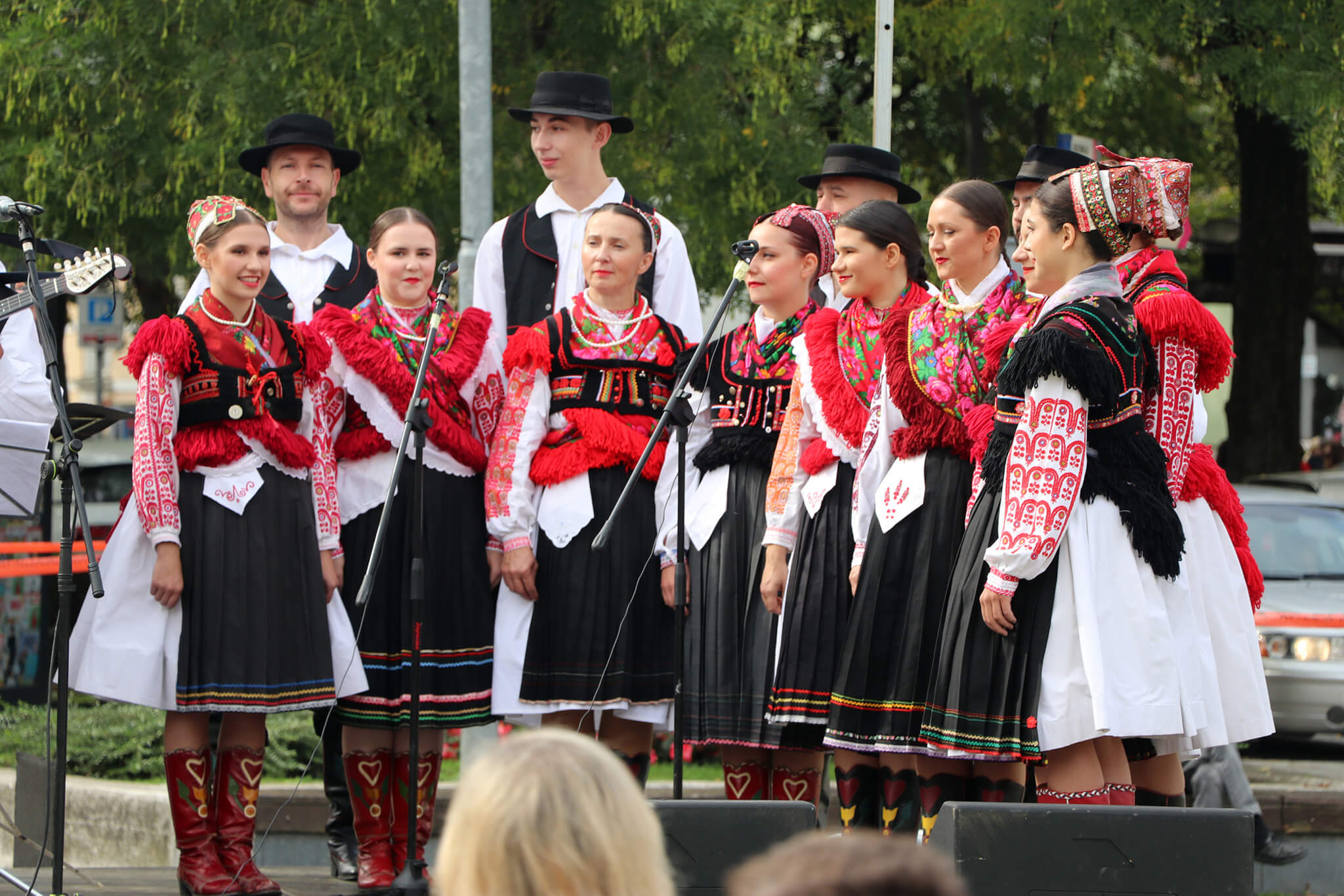 © Folklore Ensemble Koprivnica
© Folklore Ensemble Koprivnica
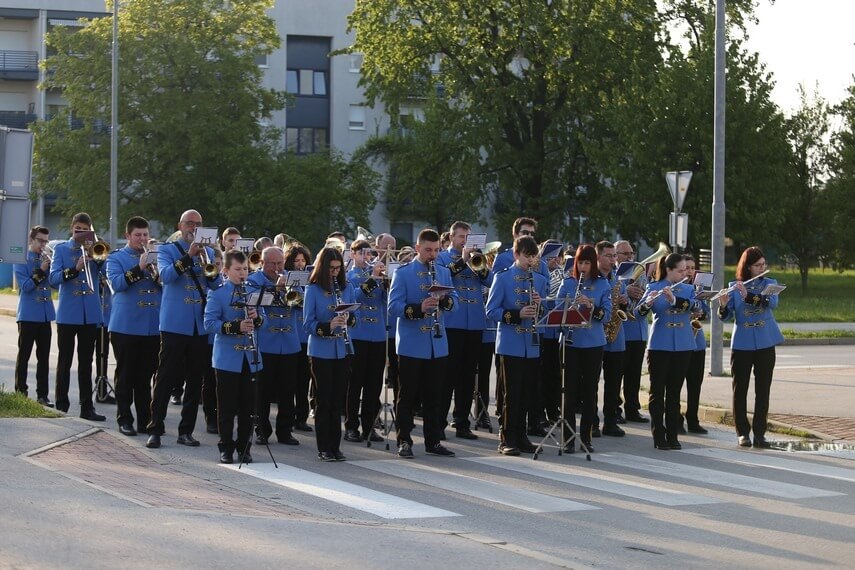 © Turistička Zajednica Koprivnica
© Turistička Zajednica Koprivnica
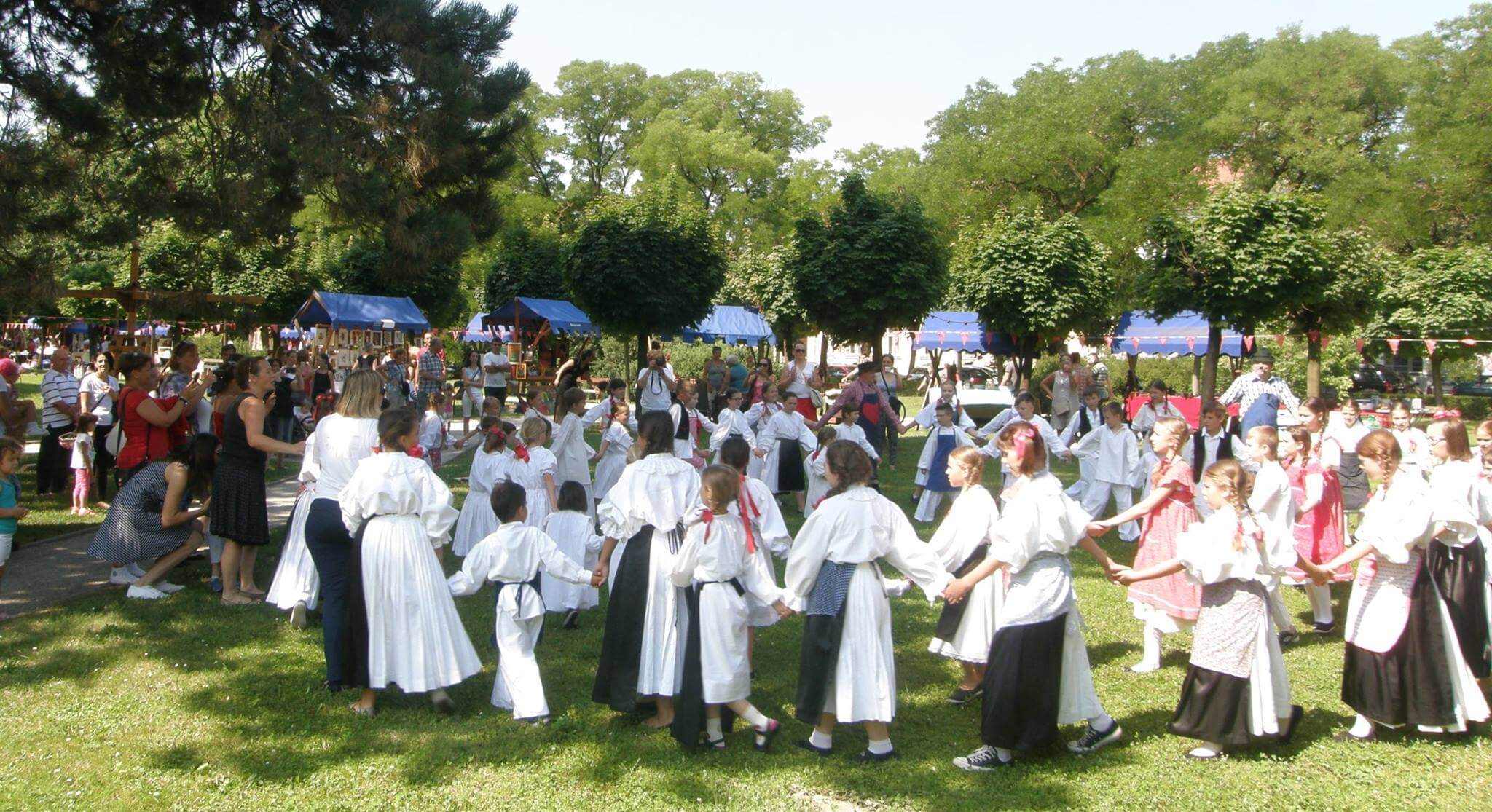 © Turistička Zajednica Koprivnica
© Turistička Zajednica Koprivnica
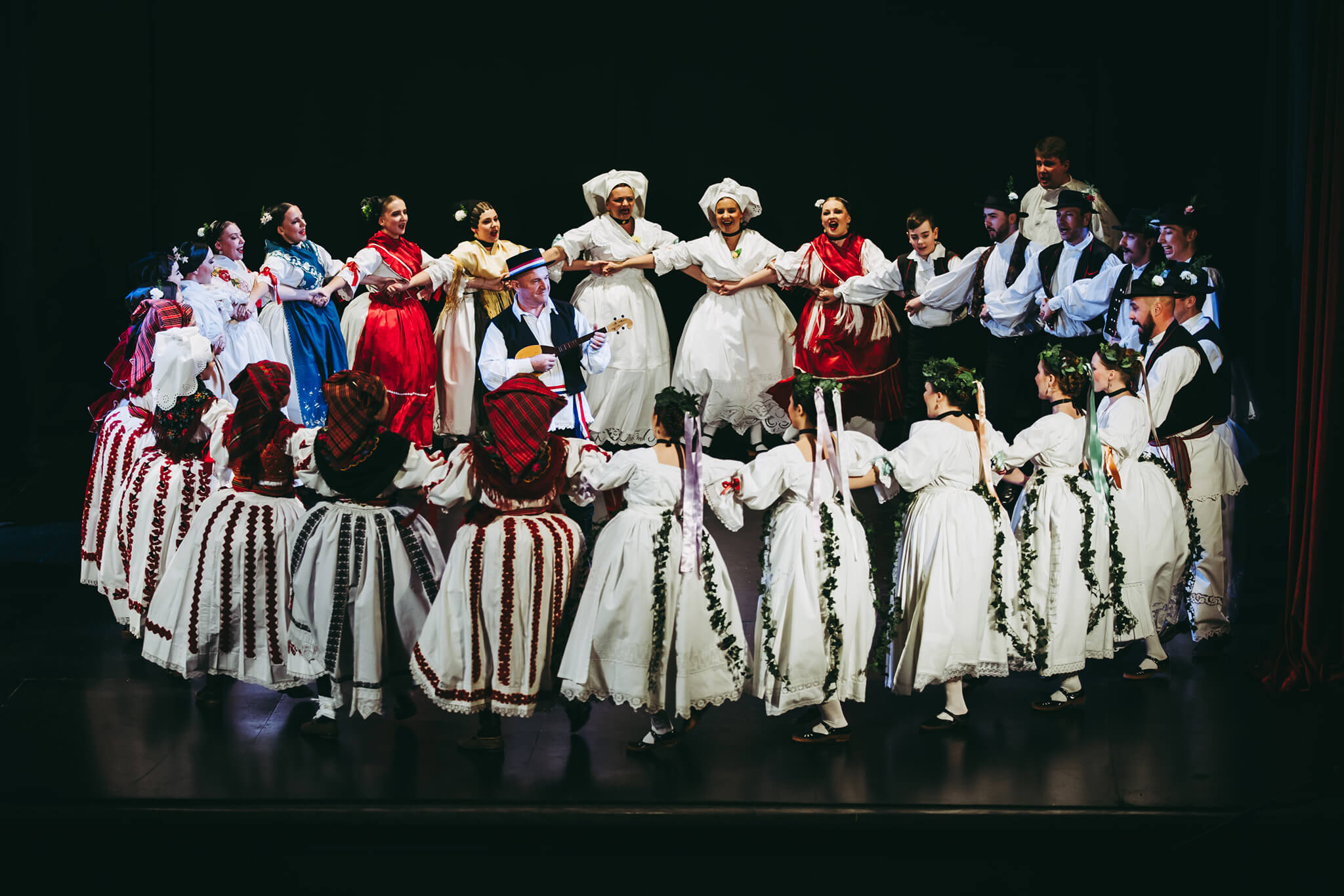 © Folklore Ensemble Koprivnica
© Folklore Ensemble Koprivnica
Entrance to Motifs of Podravina Festival. Photographic preview of the event made possible with the kind assistance of Turistička Zajednica Koprivnica here and photographer Mato Zeman.
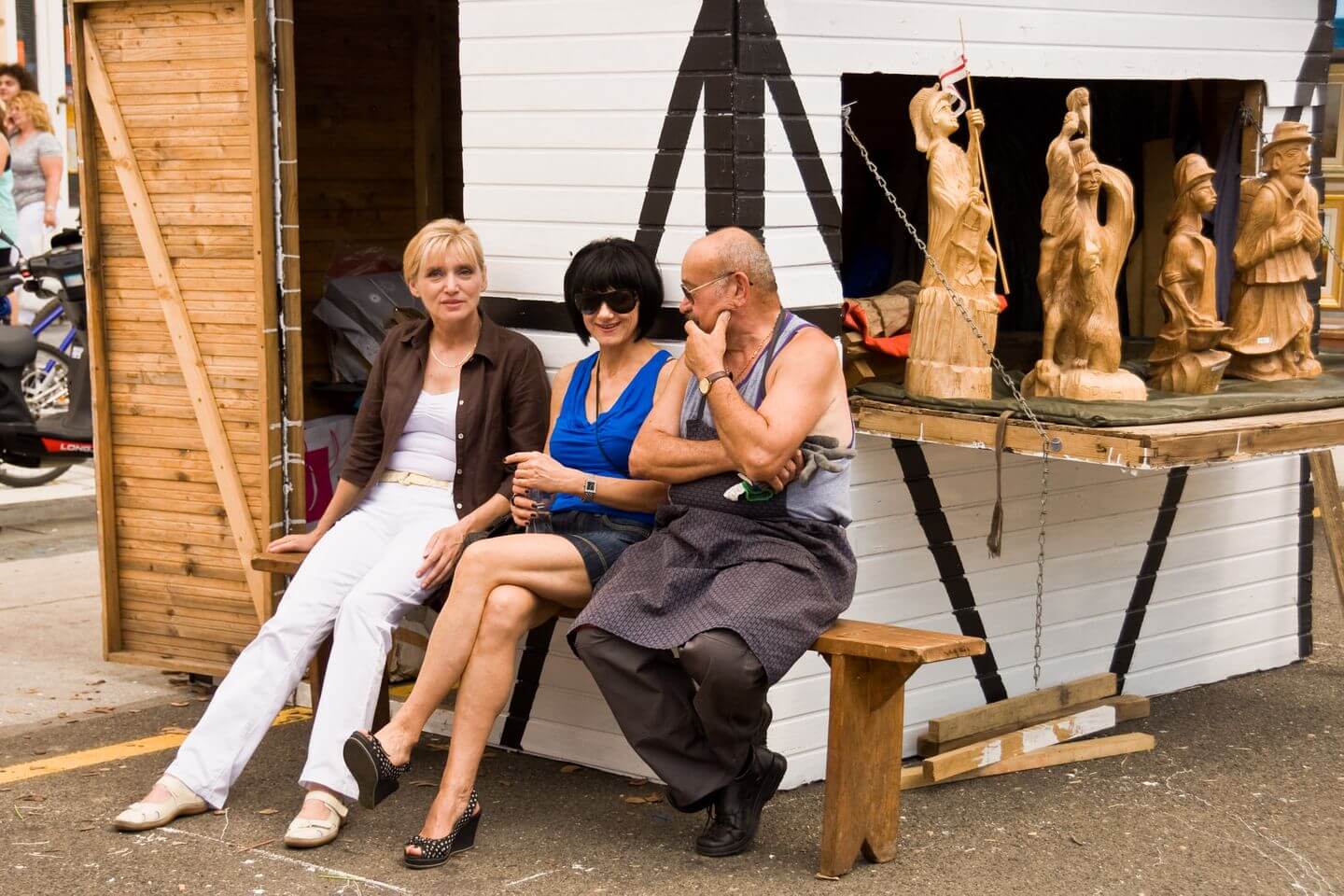
 Photos of celebrity and local guests at previous editions of Motifs of Podravina, captured by © Mato Zeman
Photos of celebrity and local guests at previous editions of Motifs of Podravina, captured by © Mato Zeman
World's Best Naive Art: Authentically Croatian Hlebine School
September 1, 2021 – We visit Podravina to discover the incredible Hlebine School of Croatian Naive Art
Croatia is sometimes difficult to find. Of course, with modern GPS and Croatia's nine international airports, getting here is no problem. But just where are you when you arrive?
Looking down at your dinner, the plate may hold a dish recognisable across the Mediterranean. Above your head, the architecture could be Roman, Austro-Hungarian or modern, indistinguishable. Ottoman influence lies everywhere from the best-loved handheld snacks to the mountain of slippers in every dwelling's doorway.
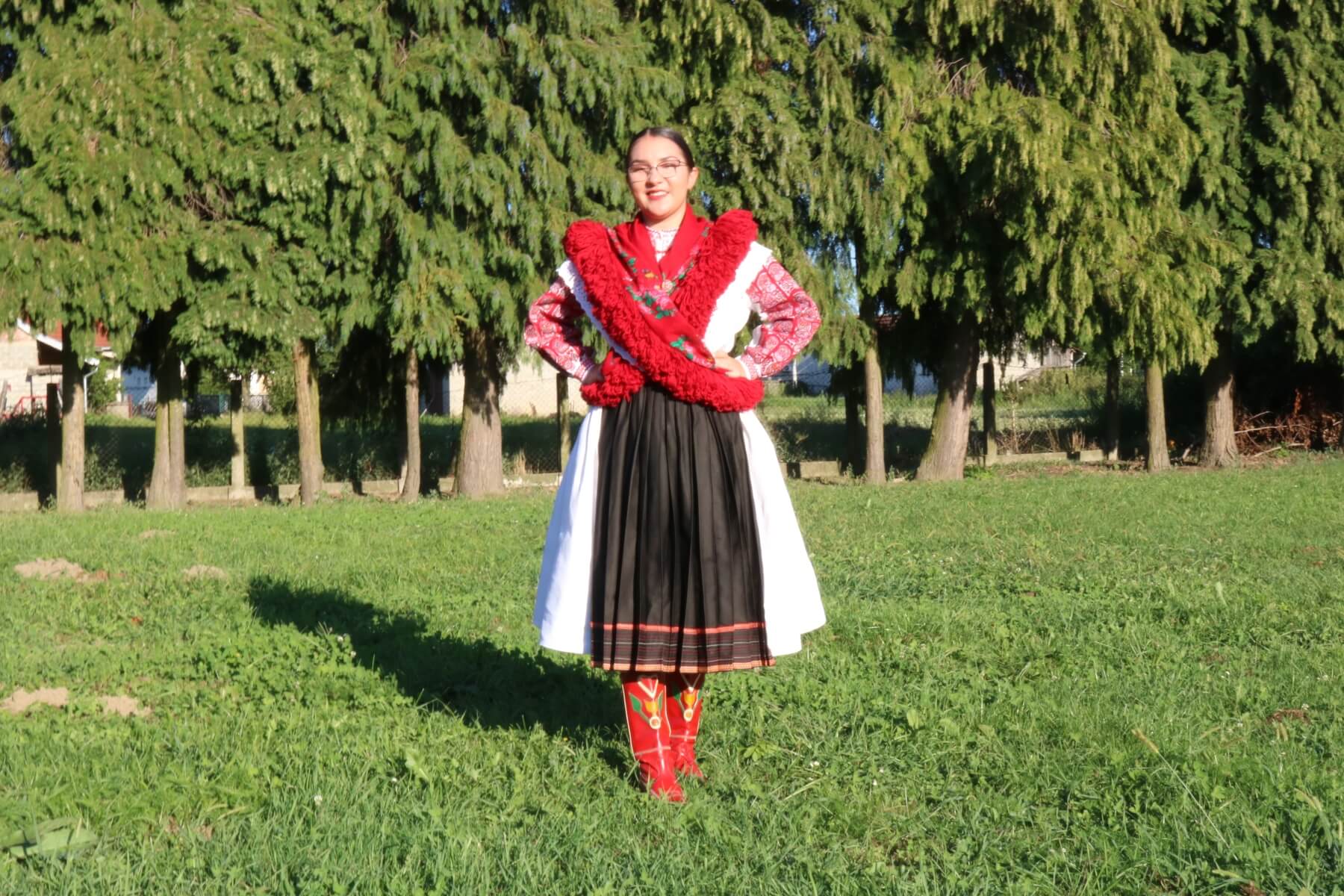 A friendly local wears the folk costume of the small region surrounding Koprivnički Ivanec, near Koprivnica. The costume features the incredibly intricate Ivanečki vez embroidery, which has been safeguarded locally for over 90 years and is now a protected part of Croatia's cultural heritage. Photo © Marc Rowlands.
A friendly local wears the folk costume of the small region surrounding Koprivnički Ivanec, near Koprivnica. The costume features the incredibly intricate Ivanečki vez embroidery, which has been safeguarded locally for over 90 years and is now a protected part of Croatia's cultural heritage. Photo © Marc Rowlands.
Actually, the true essence of the country you'll find in the Croatians themselves. And yet, their history is all too often obscured by the impositions of empires that once were here. However, we can find this history away from the major cities, the centres of influence. We find it in the villages. Specifically, in their folk costume, their folk song and folk dance. And we find it in the art there.
What is Naive Art?
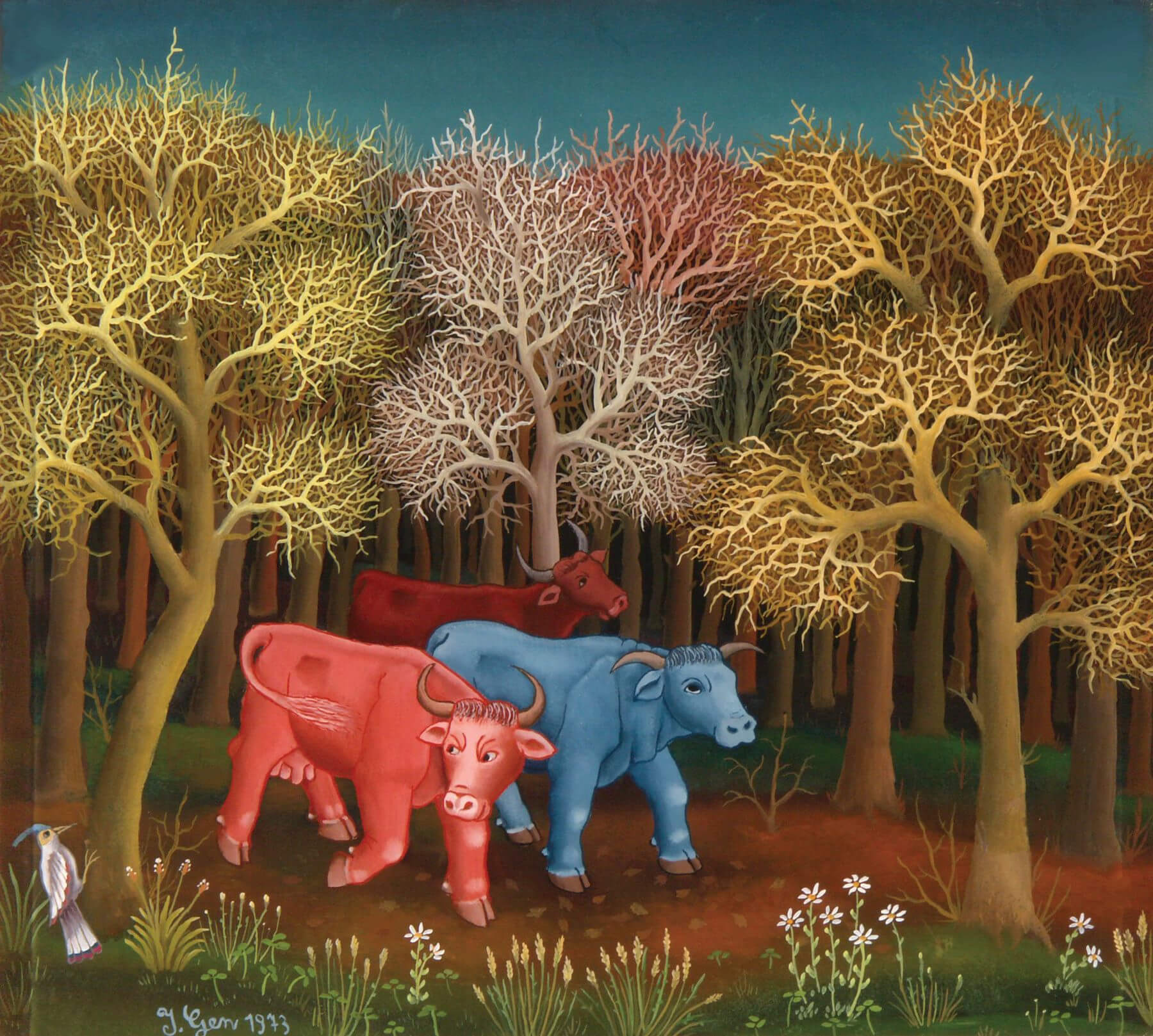 Cows In The Woods by Ivan Generalić, hanging at the Galerija naivne umjetnosti (Gallery of Naive Art), Hlebine © Koprivnica Town Museum
Cows In The Woods by Ivan Generalić, hanging at the Galerija naivne umjetnosti (Gallery of Naive Art), Hlebine © Koprivnica Town Museum
Naive art is any art made by someone who has received no formal or classical training. In this sense, the earliest discovered art of humans – cave paintings – are naïve art. However, there is nothing the classical art world likes more than specifically defining art movements. And, to them, the modern era of European Naive Art begins in the late 19th Century, with a growing appreciation of painters like French Post-Impressionist Henri Rousseau (1844–1910).
Because of the lack of formal, classical or academic training, it is said that common characteristics exist within the work of many Naive Artists. Specifically, these characteristics stem from an ignorance of strict perspective. Naive Artists often do not mute colours or lessen detail with distance. Also, they often don't attempt to accurately decrease the size of objects at distance.
Croatian culture as a part of national identity
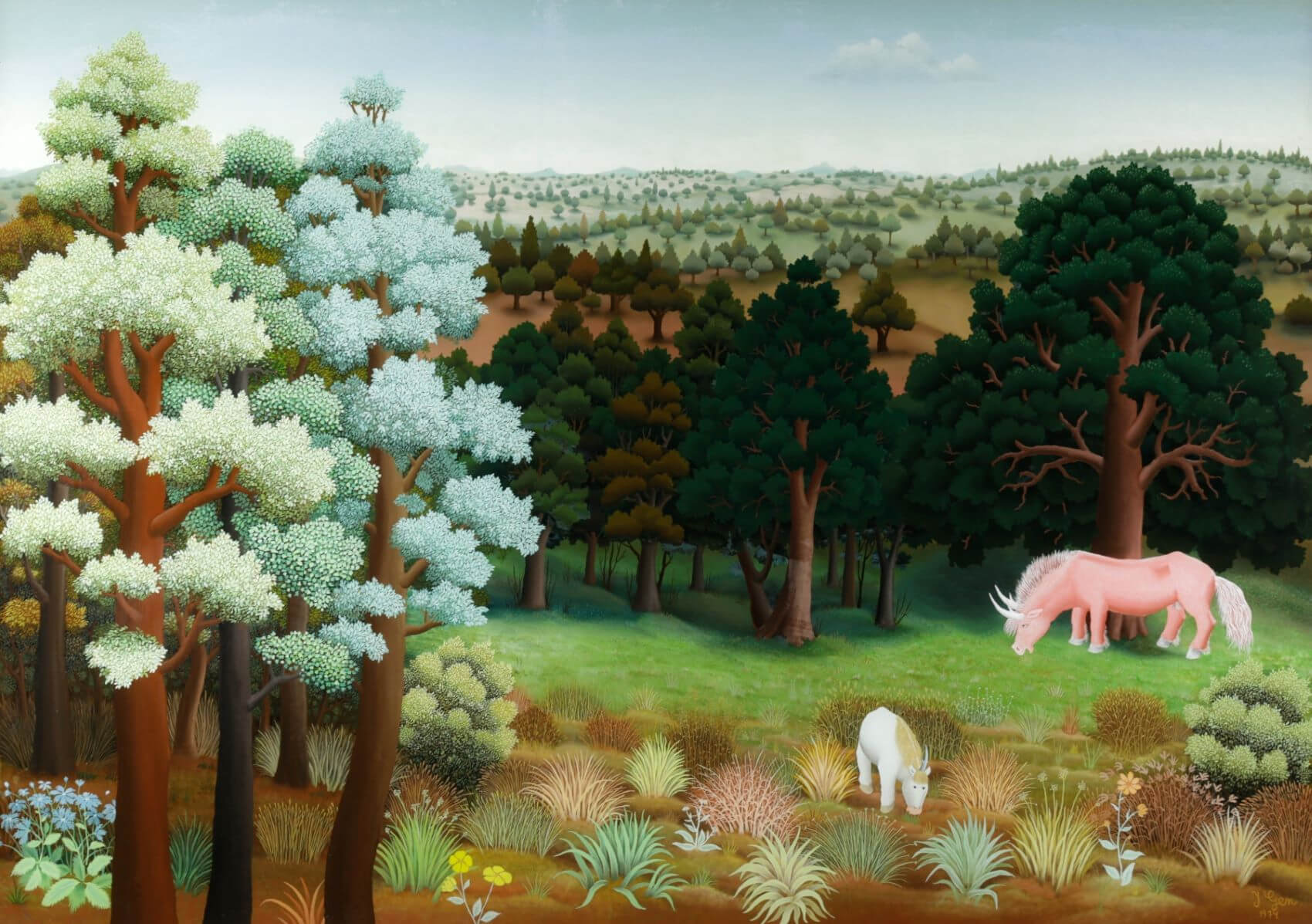 Horned horse by Ivan Generalić, hanging at the Galerija naivne umjetnosti (Gallery of Naive Art), Hlebine © Koprivnica Town Museum
Horned horse by Ivan Generalić, hanging at the Galerija naivne umjetnosti (Gallery of Naive Art), Hlebine © Koprivnica Town Museum
Croatian Naive Art is one of the best recognised and best-loved in the world. In truth, Croatia's movement doesn't begin to emerge until well into the 20th Century. Although, it is important to view the country's Naive Art within its broader search for a Croatian national identity. The roots of this movement stem back over 100 years prior to the emergence of Croatian Naive Art, beginning with the foundation of the Illyrian movement, Matica Hrvatska and more.
This older movement of national awakening had strong preoccupations with language, written text and cultural identity. Actually, its instigators were very much the educated intelligentsia of cities like Zagreb.
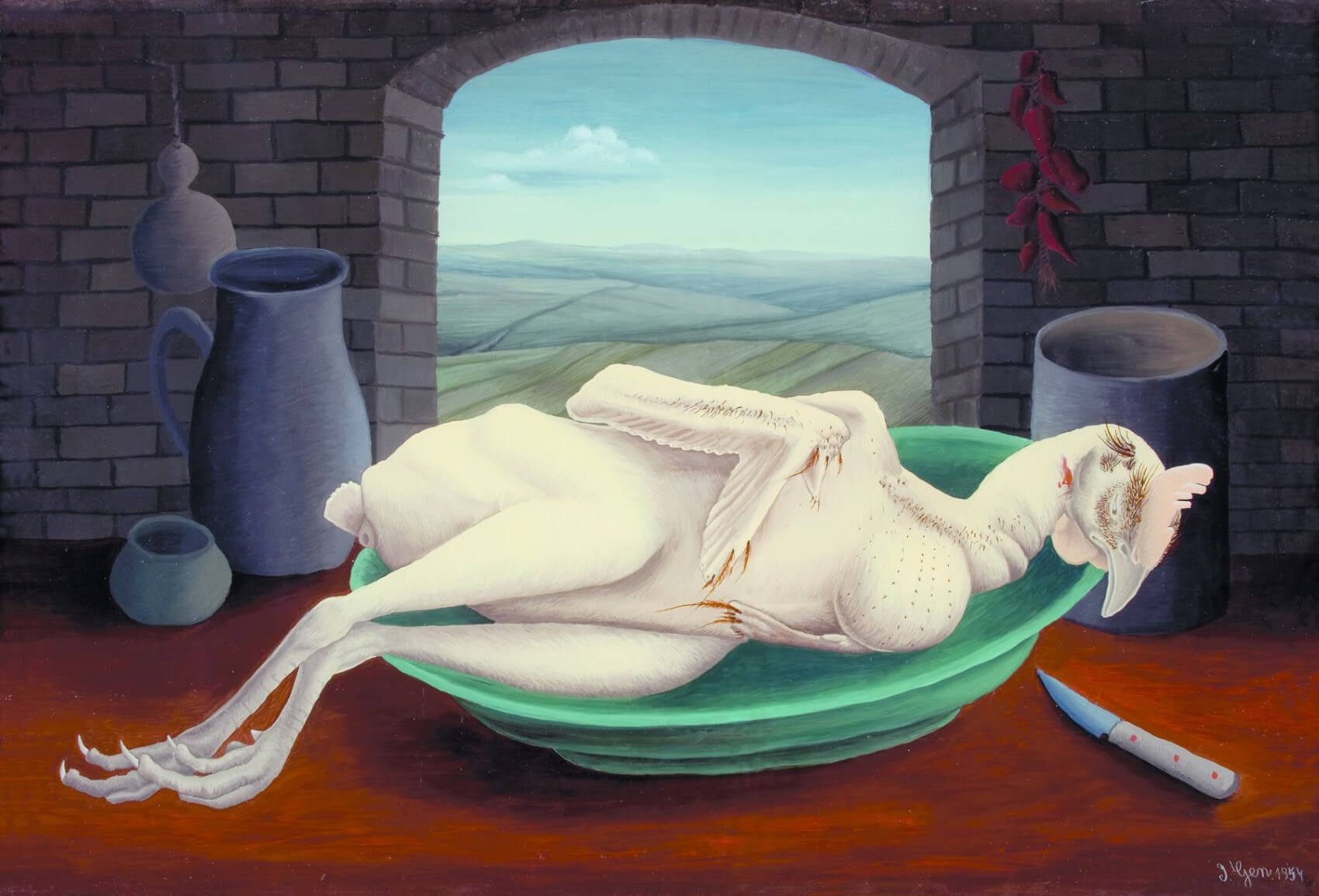 'A Battered Rooster' by Ivan Generalić, hanging at the Galerija naivne umjetnosti (Gallery of Naive Art), Hlebine © Koprivnica Town Museum
'A Battered Rooster' by Ivan Generalić, hanging at the Galerija naivne umjetnosti (Gallery of Naive Art), Hlebine © Koprivnica Town Museum
Before the end of World War I, Russia had undergone two revolutions. After the war, the German, Austro-Hungarian and Ottoman empires collapsed. Much of Europe was plunged into over half a decade of political upheaval - revolts, unrest and strikes by workers. Mostly socialist in sentiment - organised by workers and disillusioned former soldiers – this unrest and the accompanying birth of new nations lay not in the hands of the inner-city intelligentsia. And, many believed the cultural and artistic expression which reflected this new era should also come from the proletariat.
Krsto Hegedušić and the Earth Group (Grupa Zemlja)
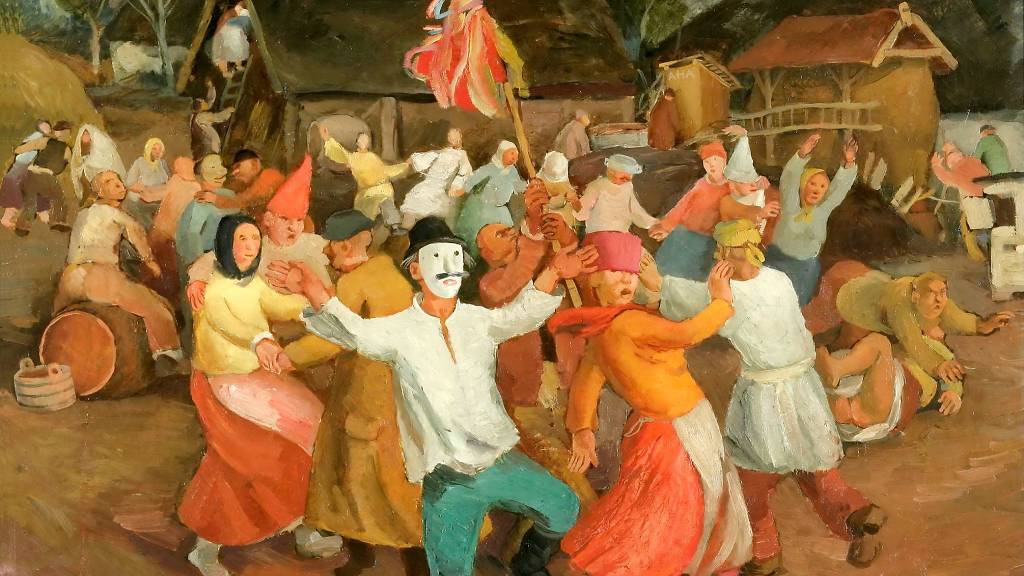 Krsto Hegedušić 'poklade' © Muzej moderne i suvremene umjetnosti Rijeka (MMSU)
Krsto Hegedušić 'poklade' © Muzej moderne i suvremene umjetnosti Rijeka (MMSU)
One Croat who believed strongly in this was painter Krsto Hegedušić. He co-founded the Earth Group in 1929 during a challenging period for Croatia. Europe was still reaping the dire economic repercussions of the First World War. Croatia had finally been freed of Austro-Hungarian hegemony, only to be forced into existing within another monarchy.
The founding beliefs of the Earth Group were that authentic artistic expression should be a product of the time and space whence it came and should be free of foreign influence. Art should not be created for the sake of art, but to depict an actual reality.
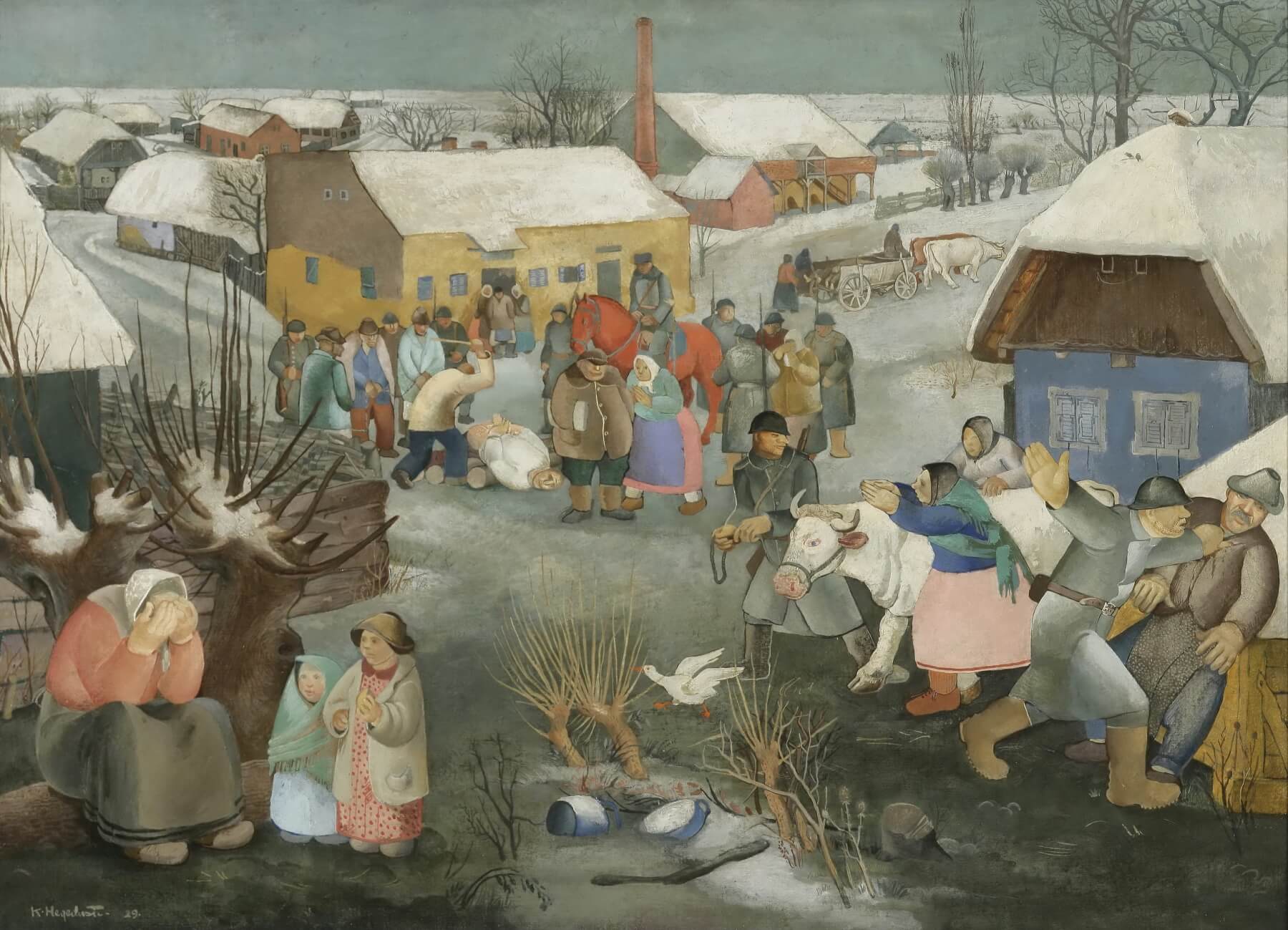 Krsto Hegedušić 'Rekvizicija (Requisition)', 1929 © Museum of Modern and Contemporary Art, Rijeka
Krsto Hegedušić 'Rekvizicija (Requisition)', 1929 © Museum of Modern and Contemporary Art, Rijeka
Krsto Hegedušić himself was very much a product of his studies. In 1920 he enrolled in what is today the Academy of Fine Arts in Zagreb. After graduating, he spent an additional two years on a scholarship in Paris. And yet, as a painter, his subject matter often reflected the world around him. Social critiques, within his work he depicted everyday poverty and the exploitation of Croatian peasants.
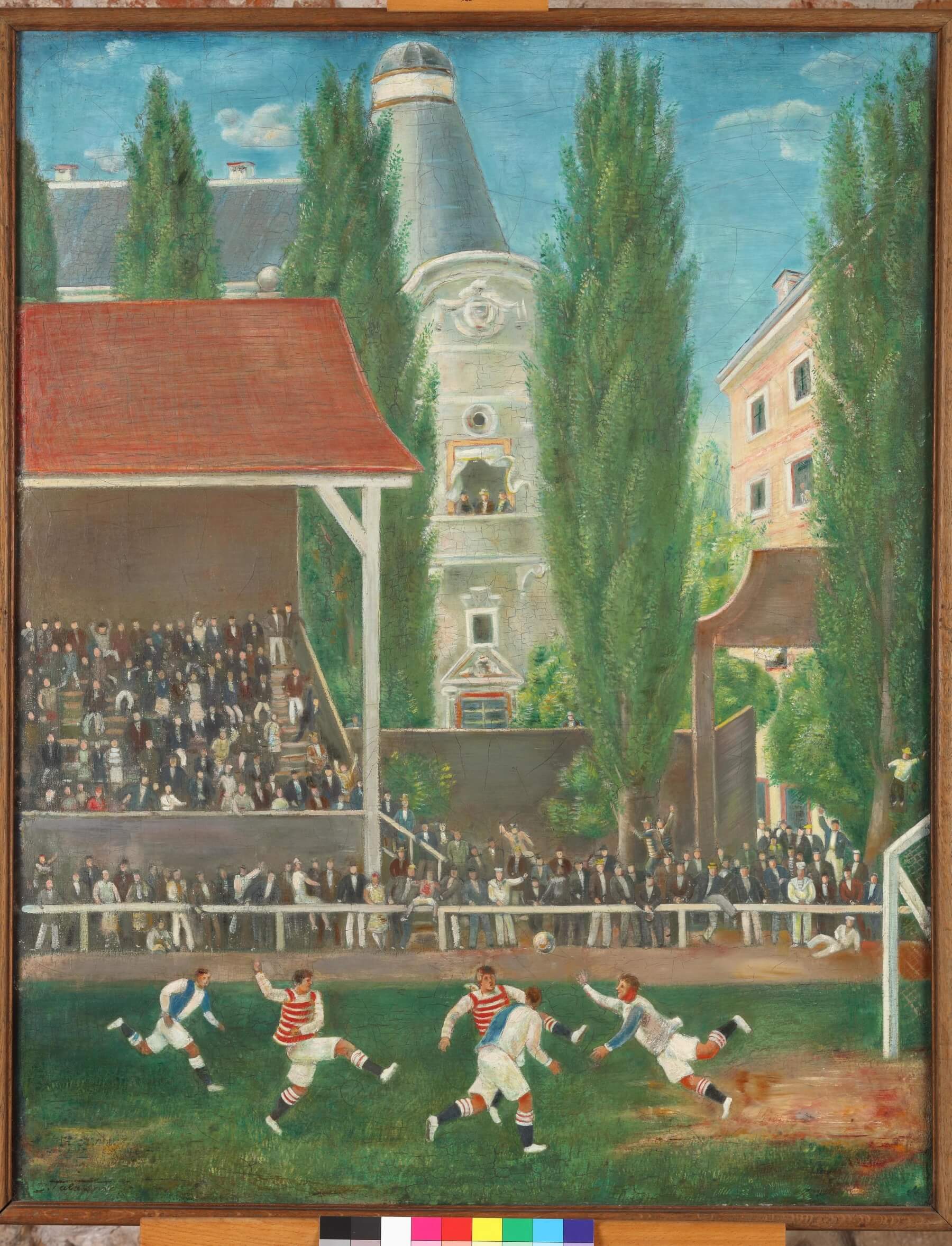 'Football match' by another of the Earth Group's founding members, Ivan Tabaković, 1927 © Gallery of Matica srpska, Novi Sad
'Football match' by another of the Earth Group's founding members, Ivan Tabaković, 1927 © Gallery of Matica srpska, Novi Sad
Born in Petrinja, Krsto Hegedušić spent summer holidays in the idyllic countryside and agricultural land surrounding his father's birth village of Hlebine, Podravina. When he was aged just 8 years old, Krsto's father died. Subsequently, the family moved to Hlebine. Later, Krsto would spend time living in Zagreb, not least for the duration of his studies. But, just one year into the life of the Earth Group, Krsto Hegedušić discovered a teenage artist back in Hlebine.
Hlebine School First Generation: Ivan Generalić, Franjo Mraz and Mirko Virius
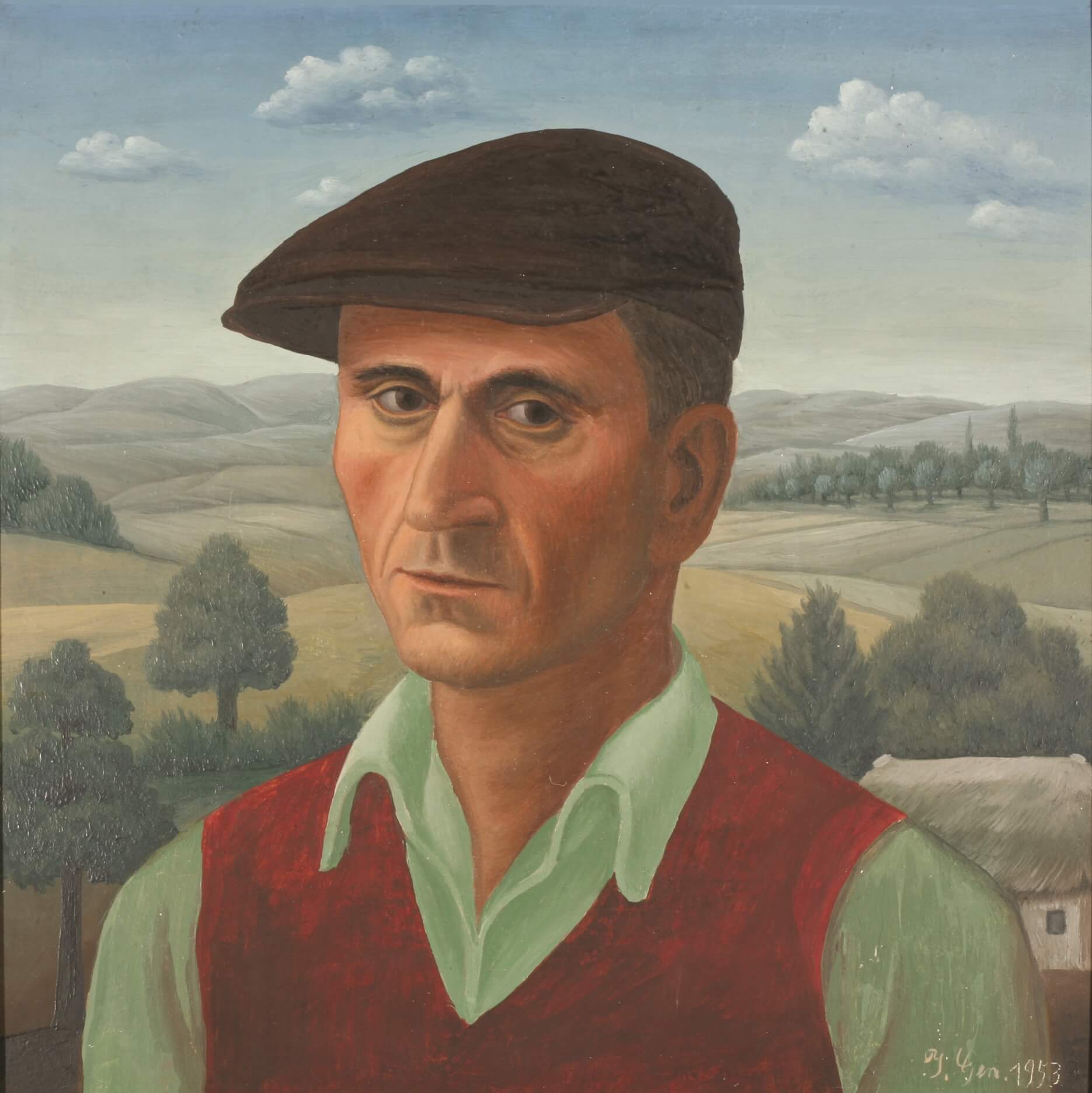 Self-portrait by Ivan Generalić, hanging at the Galerija naivne umjetnosti (Gallery of Naive Art), Hlebine. Photo © Koprivnica Town Museum
Self-portrait by Ivan Generalić, hanging at the Galerija naivne umjetnosti (Gallery of Naive Art), Hlebine. Photo © Koprivnica Town Museum
When we speak of the Hlebine School within Croatian Naive Art we are not actually talking about a building, an institution of learning. After all, the very definition of a Naive Artist is they are not classically trained. Instead, the Hlebine School is a discipline. And, more so than any Croatian Naive Art that followed, it is quite easy to define.
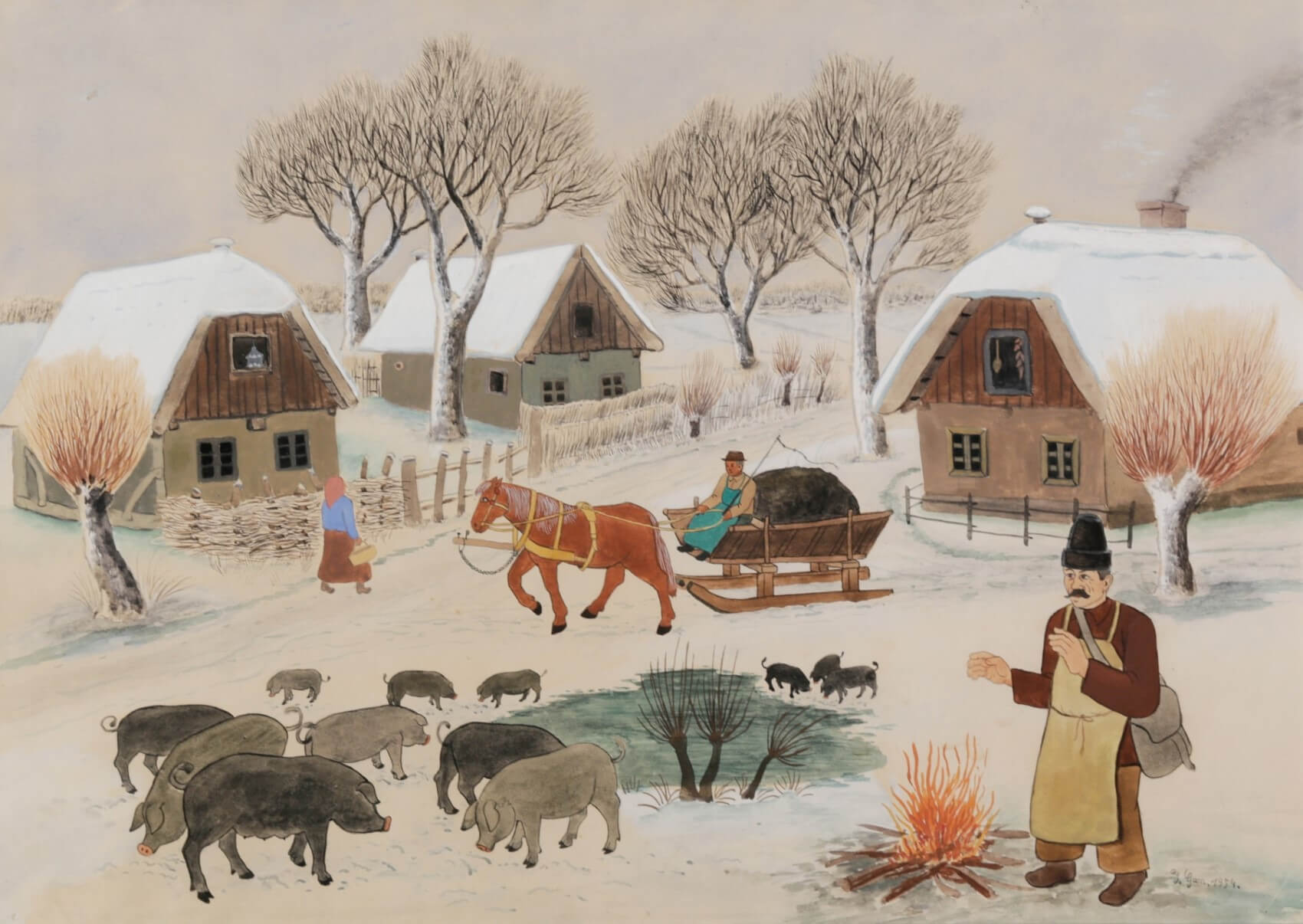 'Kanas' by Ivan Generalić, hanging at the Galerija naivne umjetnosti (Gallery of Naive Art), Hlebine © Koprivnica Town Museum
'Kanas' by Ivan Generalić, hanging at the Galerija naivne umjetnosti (Gallery of Naive Art), Hlebine © Koprivnica Town Museum
Within its first generation, the three most prominent artists are Ivan Generalić, Franjo Mraz and Mirko Virius. Both Ivan Generalić and Franjo Mraz were born, lived and were discovered by Krsto Hegedušić in the village of Hlebine. Mirko Virius was from Đelekovec, less than 15 kilometres to their north-west.
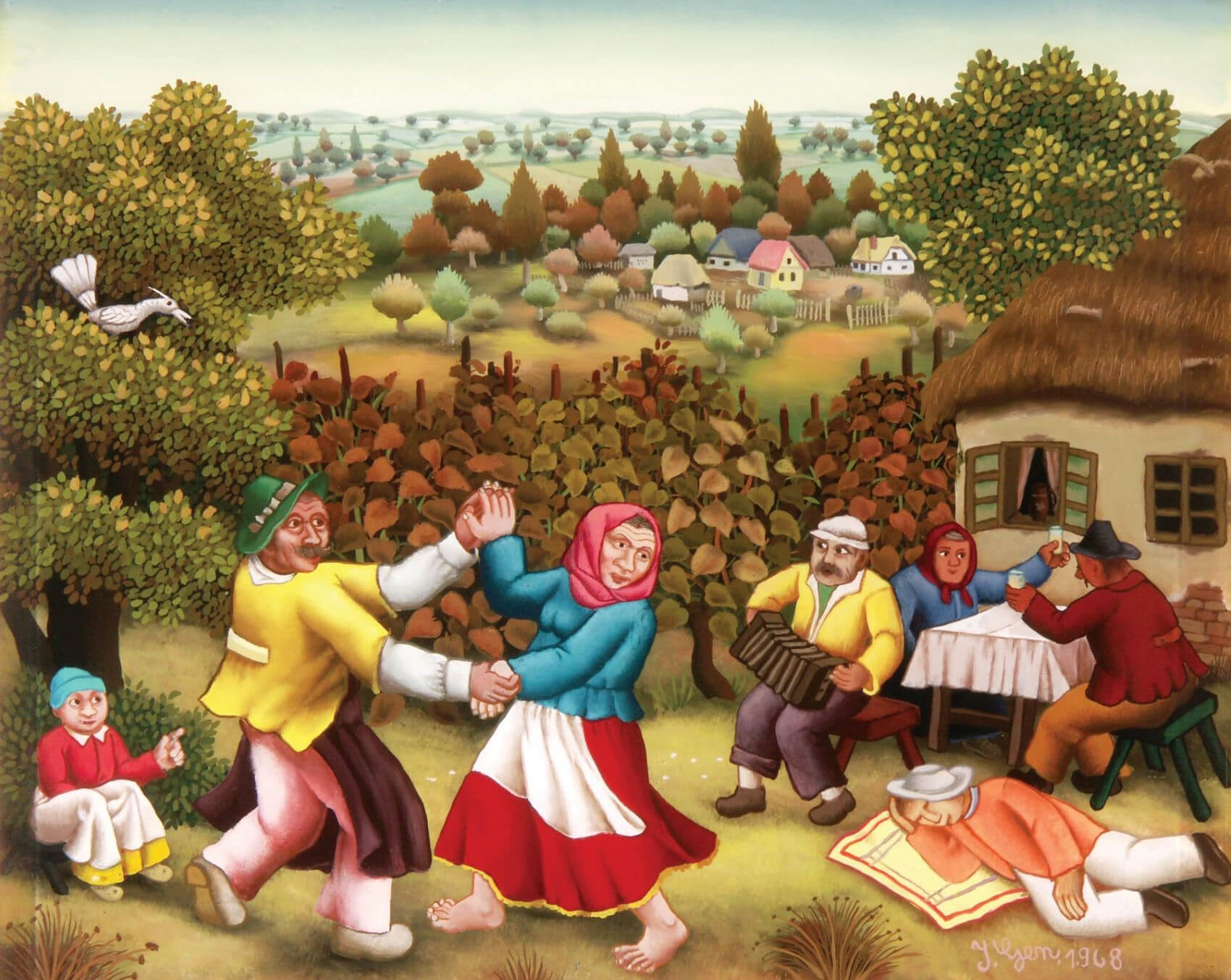 'Ples v goricaj' by Ivan Generalić, hanging at the Galerija naivne umjetnosti (Gallery of Naive Art), Hlebine © Koprivnica Town Museum
'Ples v goricaj' by Ivan Generalić, hanging at the Galerija naivne umjetnosti (Gallery of Naive Art), Hlebine © Koprivnica Town Museum
Key to identifying the Hlebine School in its First Generation is the subject matter. All three of these artists painted the world around them – their neighbours and peers, living everyday lives, in the villages, landscape and towns of today's Koprivnica-Križevci County. Certainly, Krsto Hegedušić helped inspire this subject matter, moulding the artists to suit the ethos of the Earth Group.
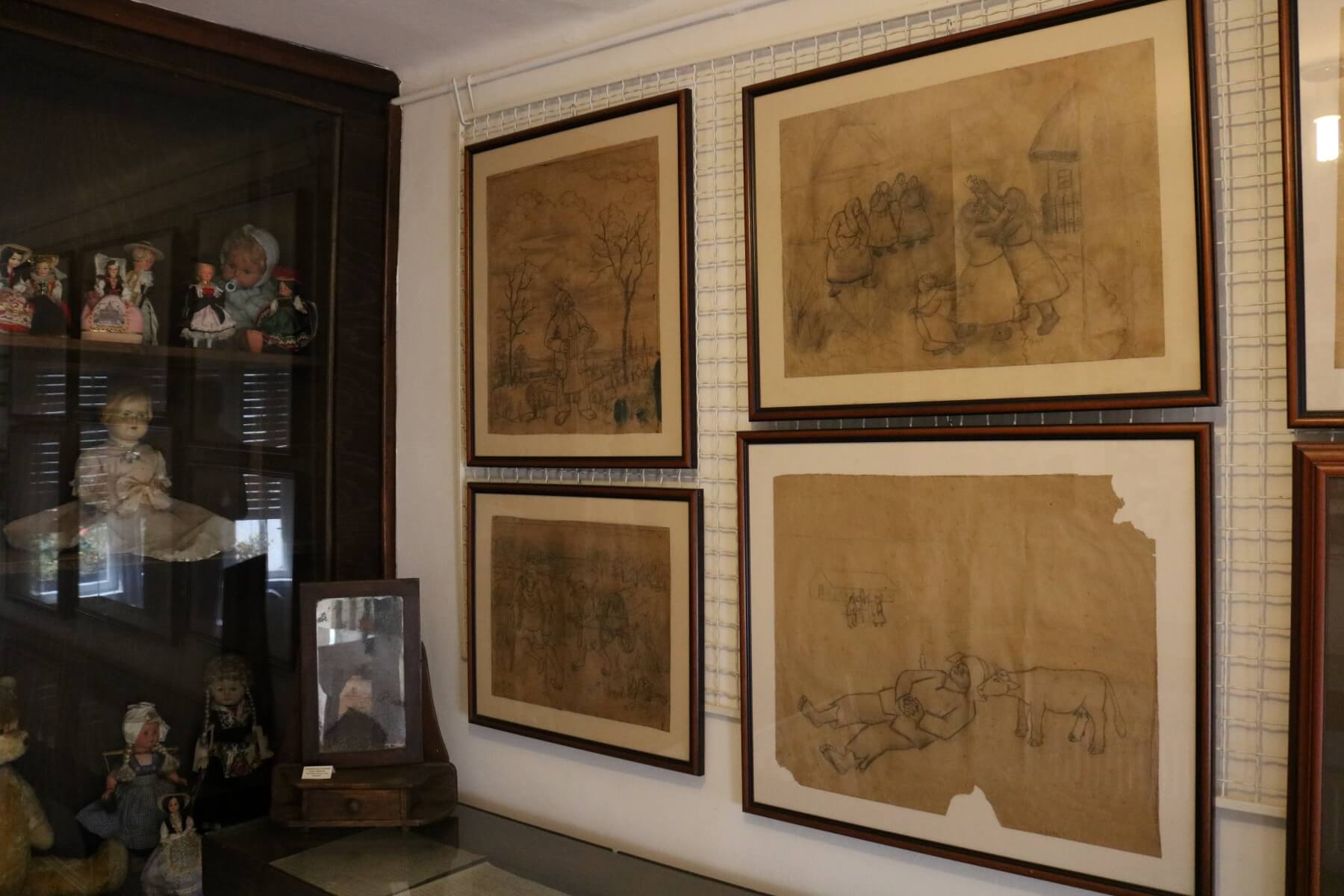
Ivan Generalić was just 16 years old when discovered by Krsto Hegedušić in 1930. The meeting would have a fast and long-lasting impact on Generalić. Ivan's humble early canvasses were the brown paper bags used in the business of a close relative. Yet, within a year of meeting Hegedušić, Ivan Generalić found his work being exhibited in Zagreb.
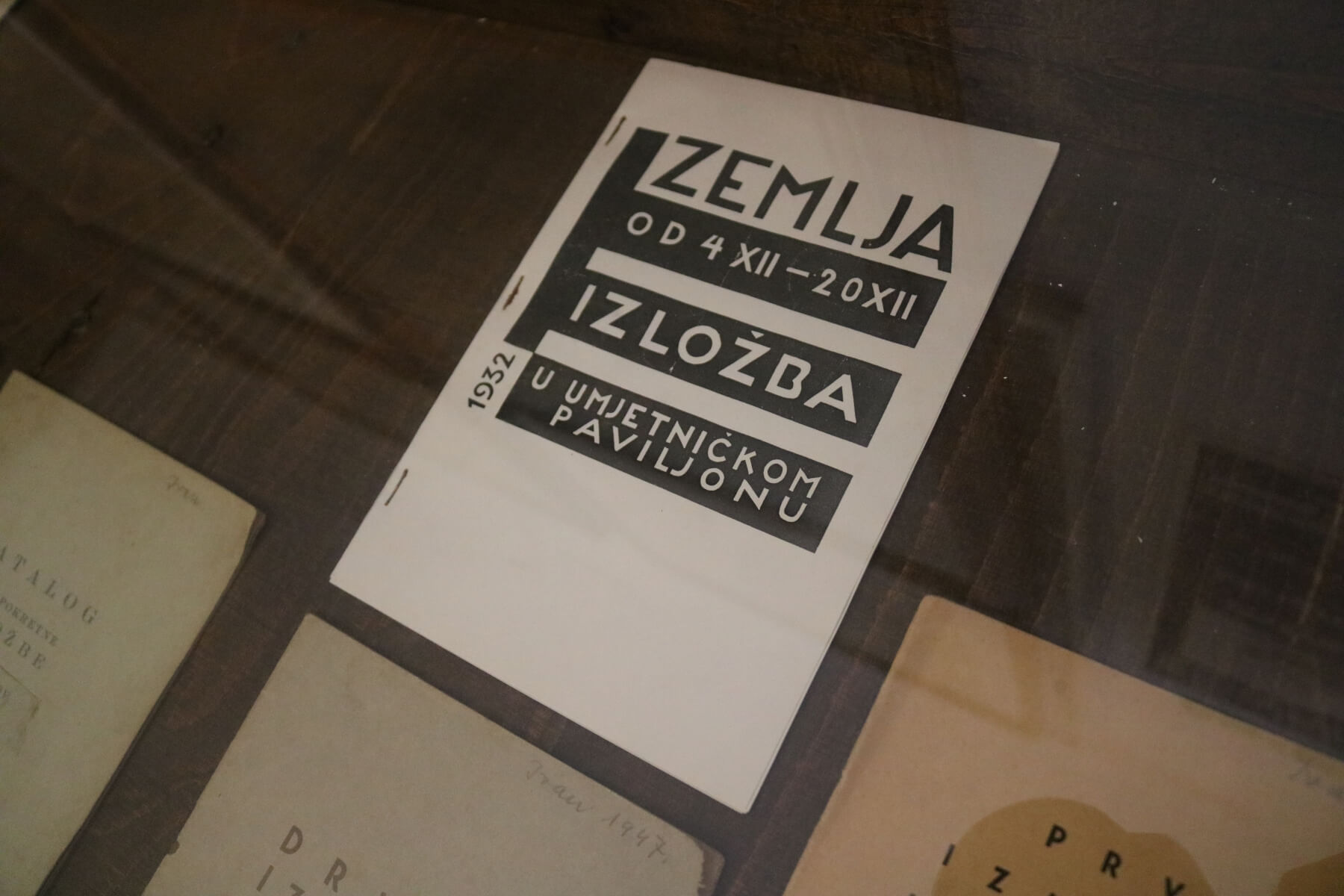
Hegedušić's shaping of the artists didn't obliterate their existing perspectives as much as it simply shifted them. For instance, Hegedušić's advice might have been "Instead of painting the church, why not paint people walking to the church in the snow?" or "Instead of marking the religious holiday by painting its origin story, why not show how you and your neighbours celebrate this holiday?"
Whether Hegedušić was conscious of doing it, or whether the artists were willfully lead, this guidance ultimately had the effect of politicising their work. In turn, this would lead the most authentic of all Croatian art into dangerous times when fascists took over the country. Proletarian in their themes, the Hlebine School and the Earth Group became viewed as Communist. The latter group was banned and Hegedušić arrested several times. During the Second World War, Mirko Virius was arrested, taken to a concentration camp in Zemun and executed. Ivan Generalić's painting of the sorrowful incident, 'The Death of Virius', is among his most famous. Franjo Mraz was also arrested during World War II but managed to escape.
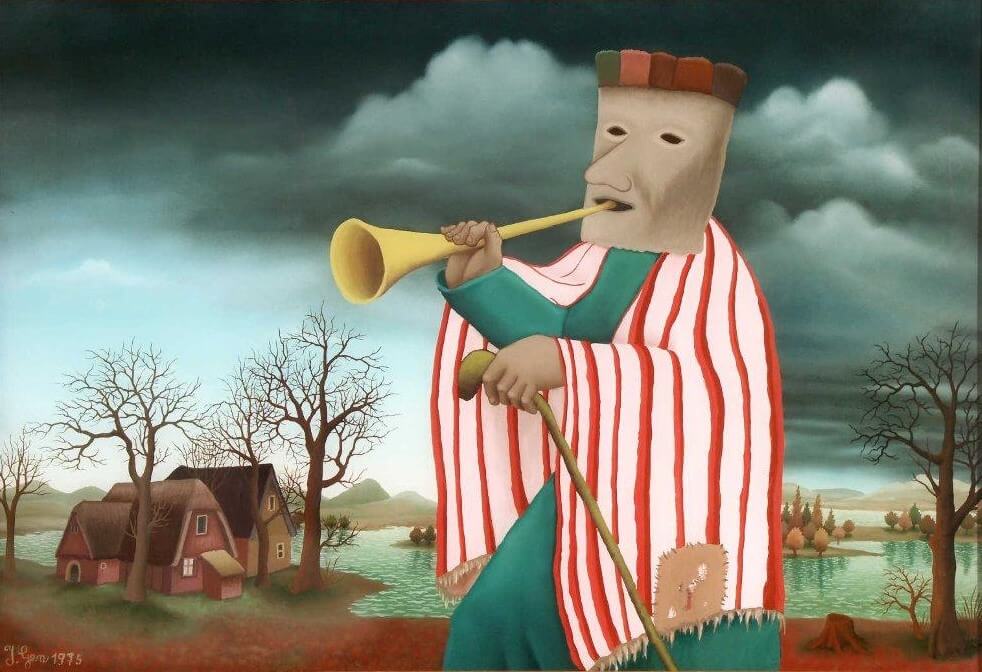 'Mask' by Ivan Generalić, hanging at the Galerija naivne umjetnosti (Gallery of Naive Art), Hlebine © Koprivnica Town Museum
'Mask' by Ivan Generalić, hanging at the Galerija naivne umjetnosti (Gallery of Naive Art), Hlebine © Koprivnica Town Museum
Aside from informing the subject matter of their work, Hegedušić also educated the painters in different techniques. One of these techniques – painting on glass – would become an enduring component of the Hlebine School and Croatian Naive Art.
Painting on glass
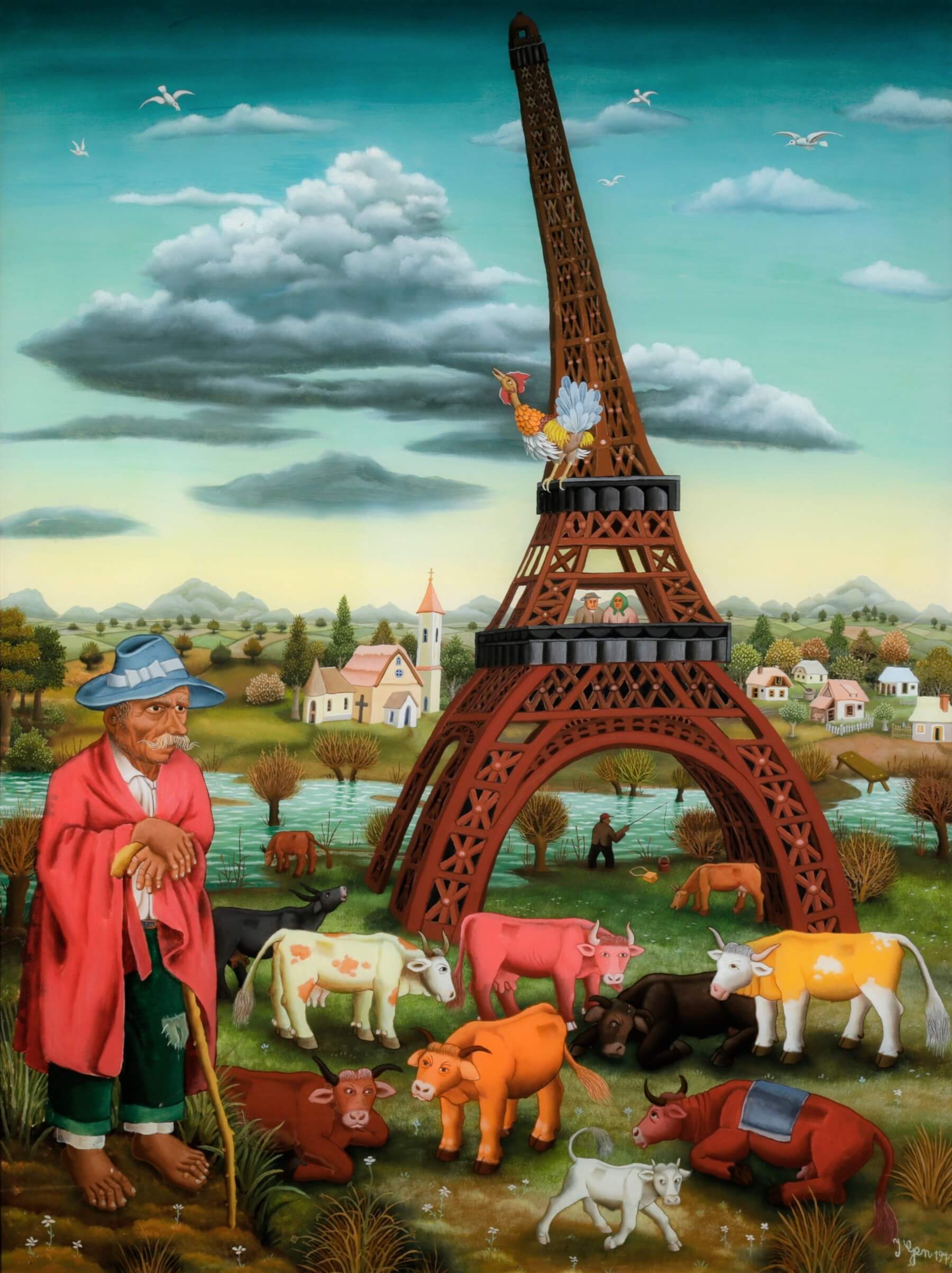 'Eiffel Tower' by Ivan Generalić. The original hangs at Galerija naivne umjetnosti (Gallery of Naive Art), Hlebine © Koprivnica Town Museum
'Eiffel Tower' by Ivan Generalić. The original hangs at Galerija naivne umjetnosti (Gallery of Naive Art), Hlebine © Koprivnica Town Museum
Copying the style from imported religious art, when Hlebine School artists learned to paint on glass, it gave their efforts several distinct qualities. Firstly, if stored in the right conditions – away from damaging light – the glass protects the colours of the paint. As a result, much Hlebine School art is as brilliantly vivid today as the day it was first painted.
Secondly, this format makes the works heavy and fragile. Several masterpieces have been lost by falling to the floor and smashing.
Thirdly, painting on glass is time-consuming and challenging. Each painting must be thought out and planned in advance. The painter initially makes a sketch or preliminary painting as a guide. The image is then transferred to glass effectively in reverse. Details in the forefront of the painting must be applied first, with the background painted on top. Throughout the process, the artist will continuously check their progress on the opposite side of the glass.
Hlebine School Second Generation and onwards: Josip Generalić, Ivan Večenaj, Ivan Lacković, Mijo Kovačić, Franjo Filipović, Dragan Gaži
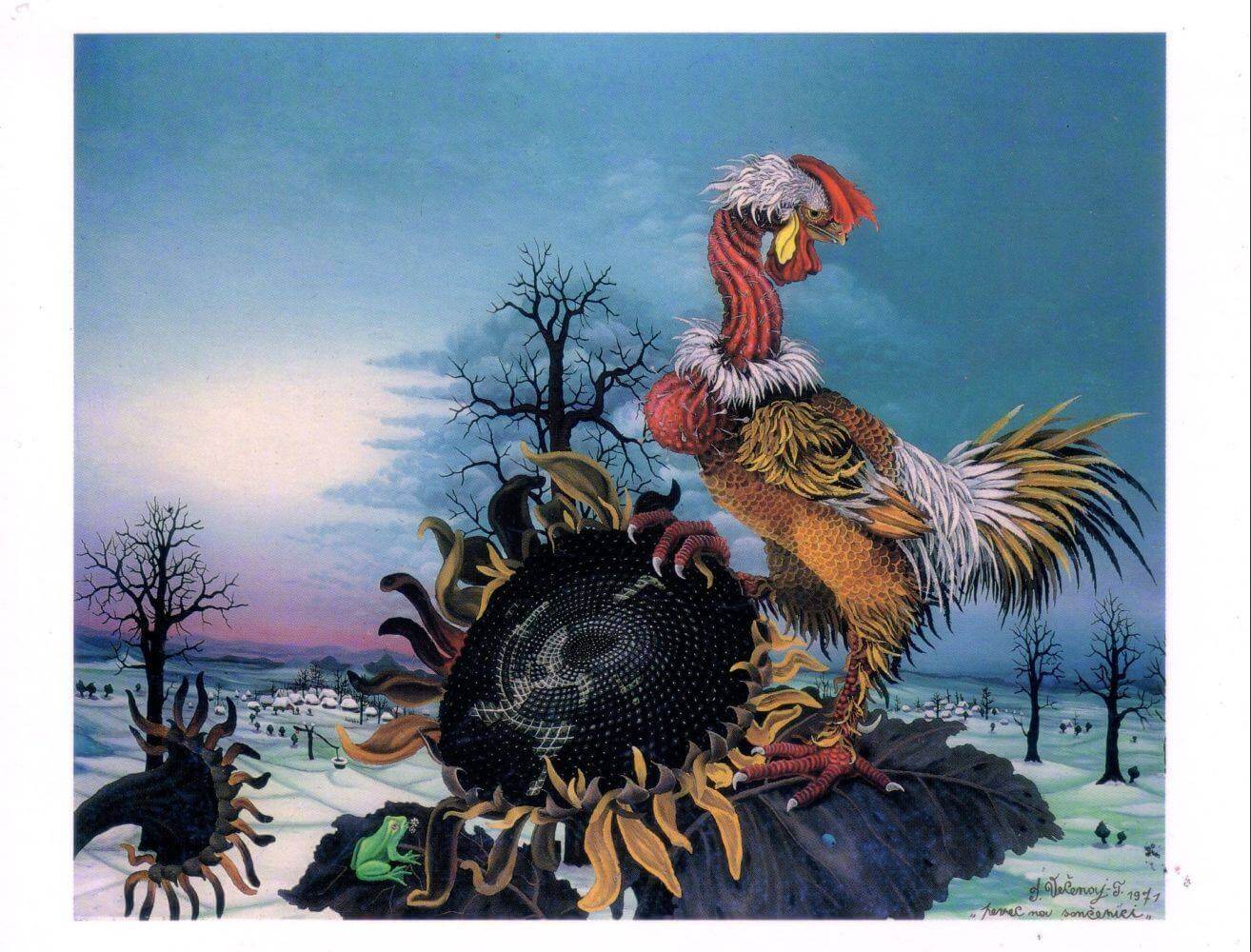 Rooster on Sunflower by Ivan Večenaj © Galerija Ivan Večenaj
Rooster on Sunflower by Ivan Večenaj © Galerija Ivan Večenaj
Perhaps to their surprise, the painters of Hlebine School first generation became a big hit. Exhibitions of their work were appreciated first in Zagreb. But, then the exhibitions began to tour across Yugoslavia and eventually the art capitals of the world. This attention would help inspire a new generation of artists from Hlebine and the surrounding area.
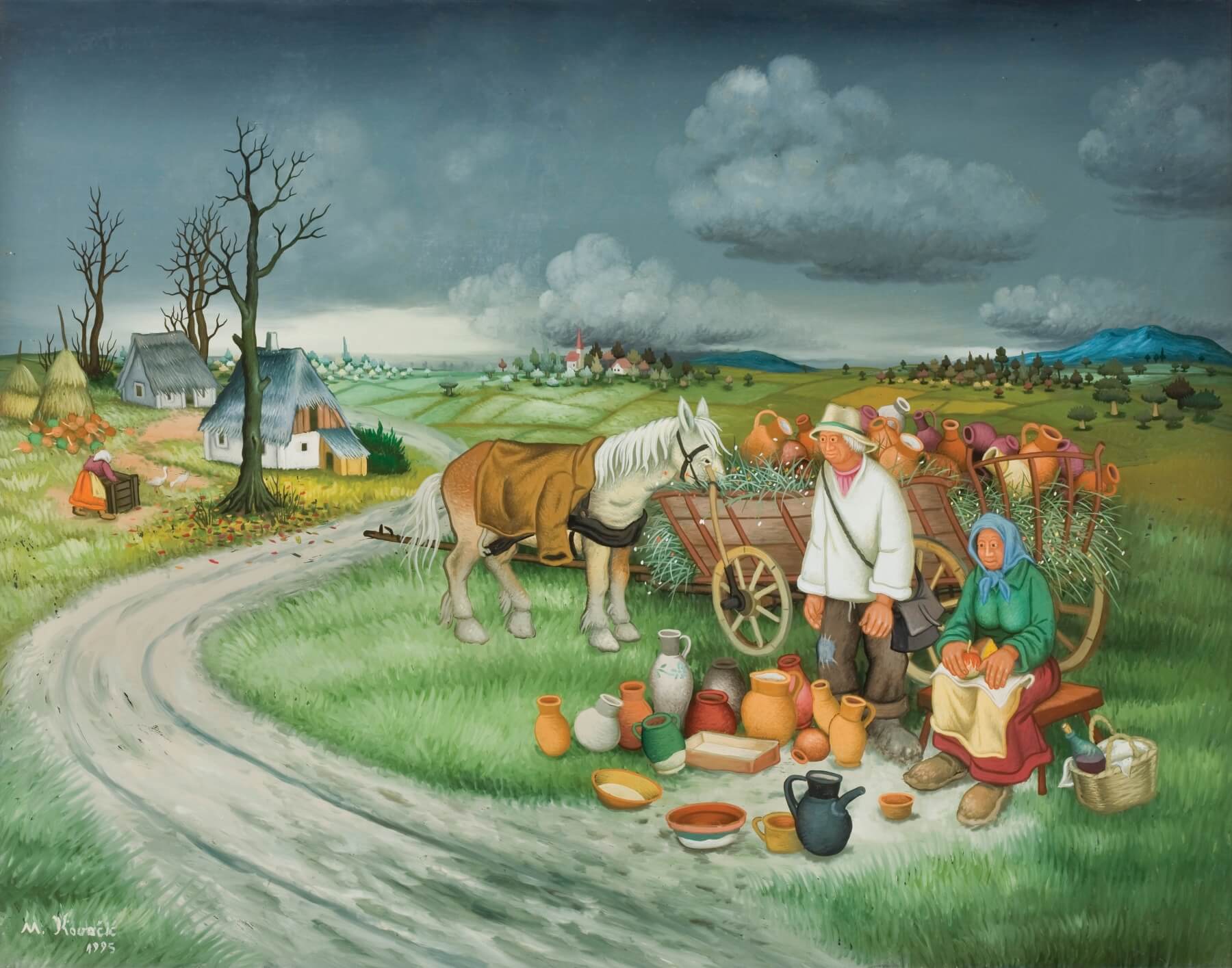 'Lončari' by Mijo Kovačić at Galerija Mijo Kovačić © Koprivnica Town Museum
'Lončari' by Mijo Kovačić at Galerija Mijo Kovačić © Koprivnica Town Museum
Success for the Hlebine School artists showed that Croatian art and self-expression were valid and valued even if unstudied. Thereafter, the tiny village of Hlebine would never look the same. More and more Naive Artists and folk artists were inspired to create. Still to this day, many continue.
While some Hlebine School artists carried on the tradition of painting on glass, others were inspired to sculpt in wood or, like Mirko Virius, paint on canvas. One of the key distinctions between later generations of the Hlebine School and the first is the subject matter.
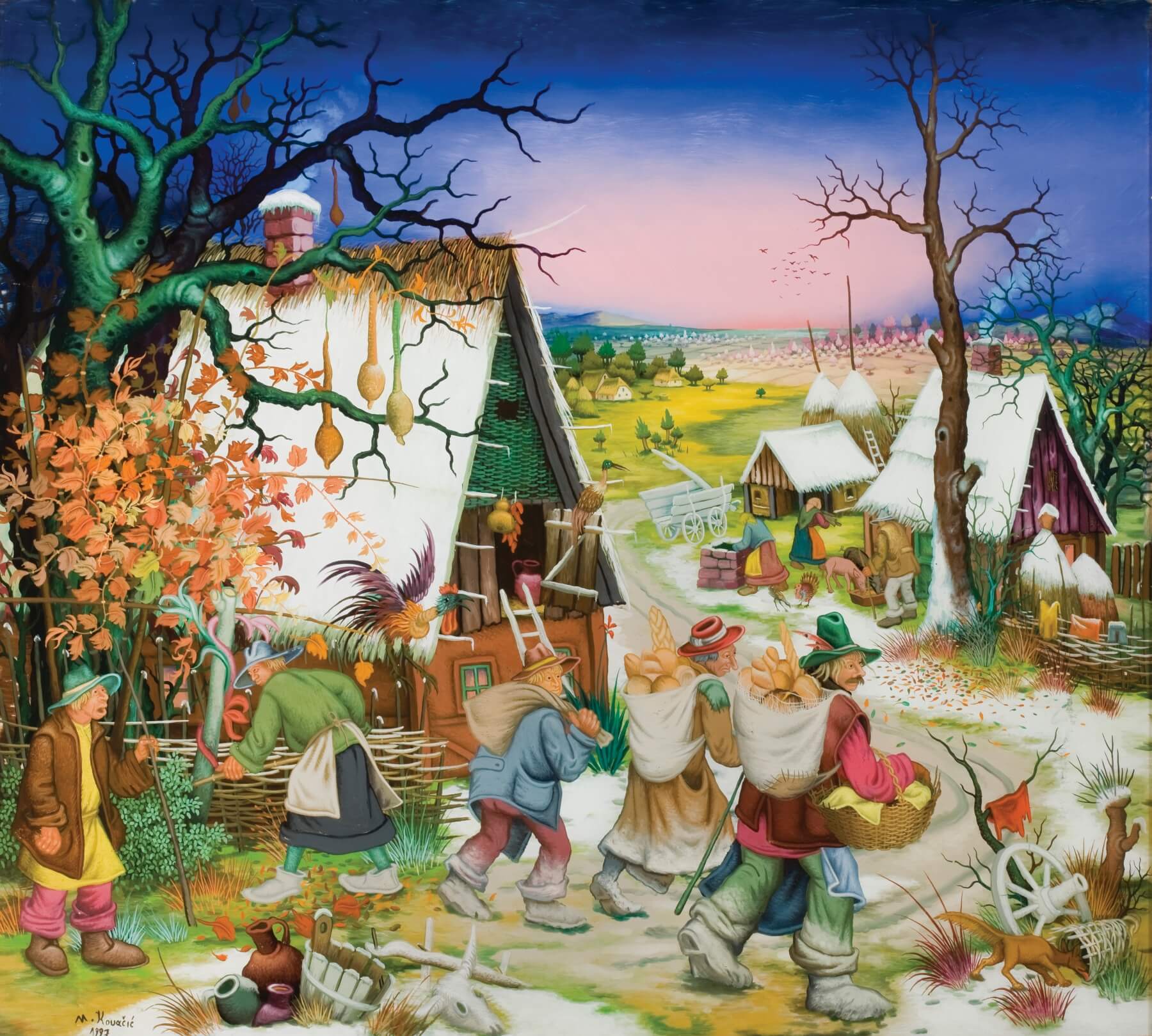 Podravina bread sellers in a picture hanging at Galerija Mijo Kovačić © Koprivnica Town Museum
Podravina bread sellers in a picture hanging at Galerija Mijo Kovačić © Koprivnica Town Museum
Second and then third generation Hlebine School artists were inspired to paint folklore, fantasy, from imagination, and with symbolic uses of vivid colur. This broadening of the style was partially the influence of Dimitrije Bašičević Mangelos, the first curator of the Gallery of Primitive Art in Zagreb (today Croatian Museum of Naïve Art). Subsequently, many of these later works would not fit within the paradigms of the Earth Group.
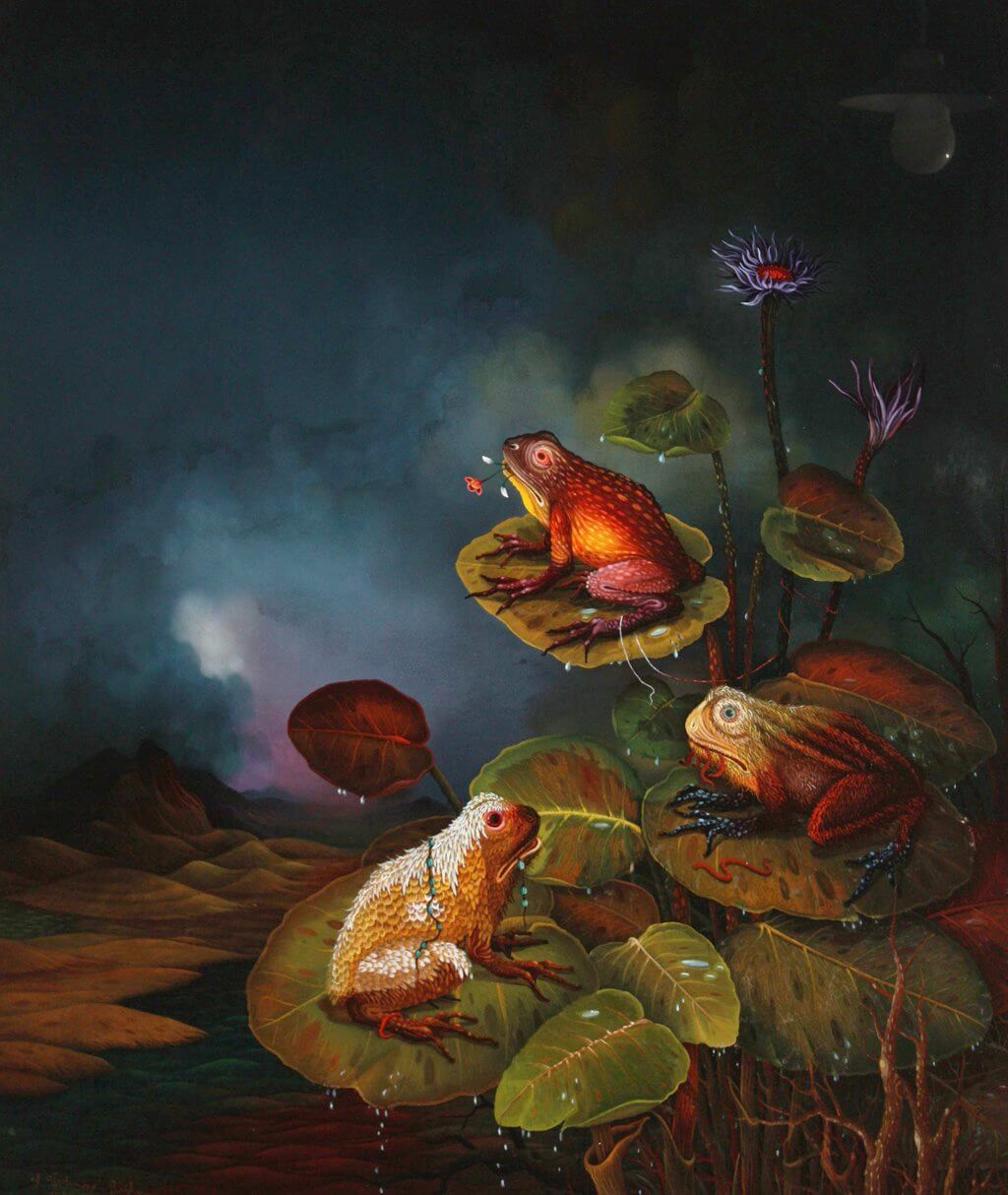 'Žabe (Frogs)' by Ivan Večenaj © Galerija Ivan Večenaj
'Žabe (Frogs)' by Ivan Večenaj © Galerija Ivan Večenaj
For example, some of Ivan Večenaj's sacral paintings clearly come from the author's imagination and not his actual vision. Similarly, Josip Generalić, son of Ivan, travelled far beyond the limits of his home village in pursuit of his socio-political subject matter. Both artists were concerned with environmental issues on a global, not just a local level. Although, their work is still inextricably linked to their locale; Večenaj works the Podravina rooster emblem into many of his paintings and even depicts Christ within a Podravina landscape. So too does Josip Generalić when he paints The Beatles and others from the 60s counterculture movement.
On the Trail of the Hlebine School in Podravina & Prigorje, Home of the Treasures of Croatian Naive Art
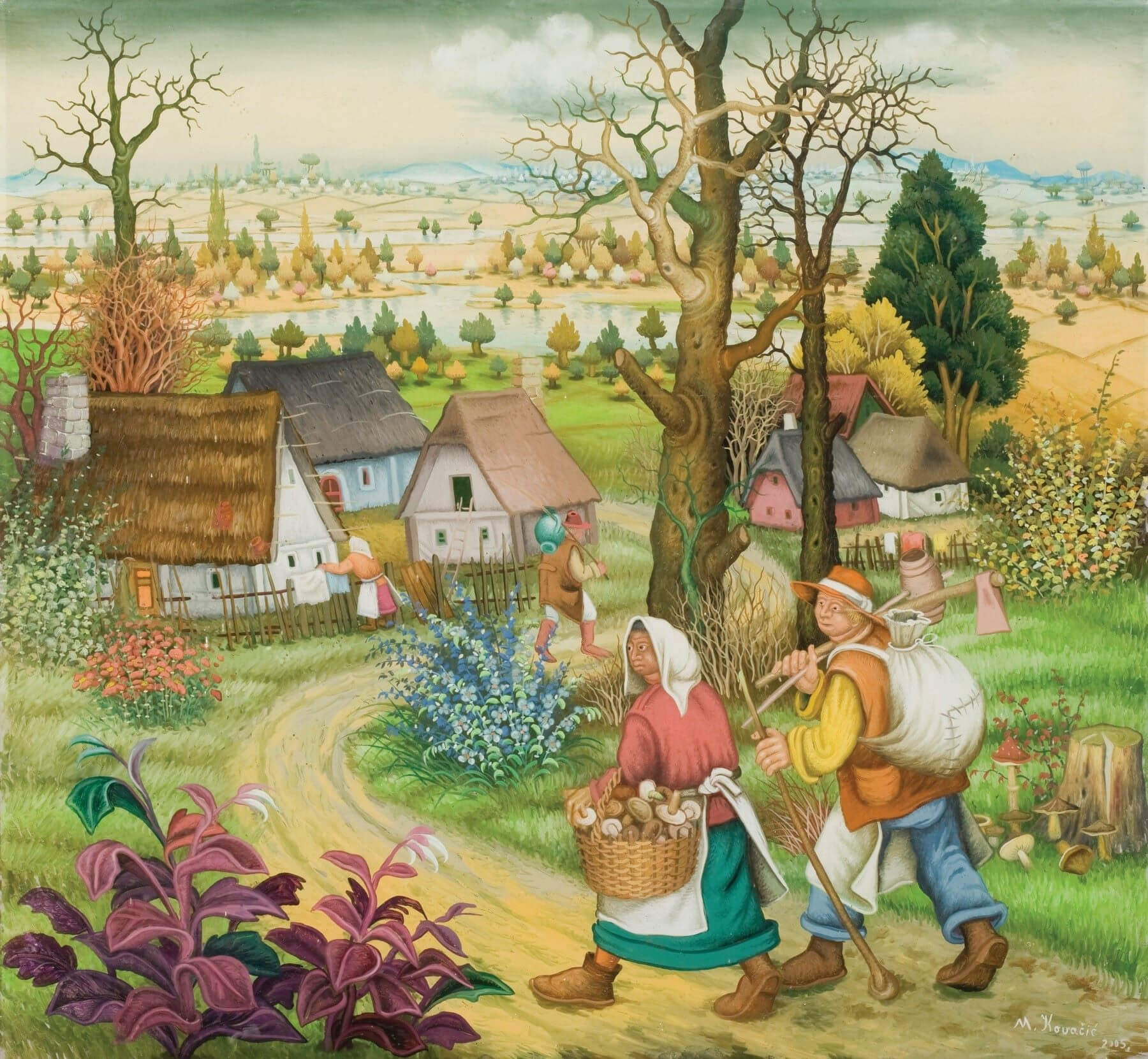 Locals return from mushroom picking in autumnal Podravina in a picture hanging at Galerija Mijo Kovačić © Koprivnica Town Museum
Locals return from mushroom picking in autumnal Podravina in a picture hanging at Galerija Mijo Kovačić © Koprivnica Town Museum
Some Croatian Naive Art is held in private and public collections across the world. Some of it finds a home in the National Museum of Naive Art in Zagreb. However, the vast majority of treasures from the Hlebine School of Croatian Naive Art remain in Podravina & Prigorje. The national Museum of Naive Art in Zagreb is currently closed as it undergoes the lengthy process of changing address. As a result, the following addresses in Koprivnica-Križevci County are currently the best places to see the most authentically Croatian of all the country's art.
Also, because the landscape of Hlebine, Koprivnica and wider Podravina appears in so much Hlebine School art, you genuinely need to come here to view both together. You'll get a much better understanding and appreciation of this art when you see it in its natural surroundings.
Galerija Mijo Kovačić, Koprivnica Town Museum, Koprivnica
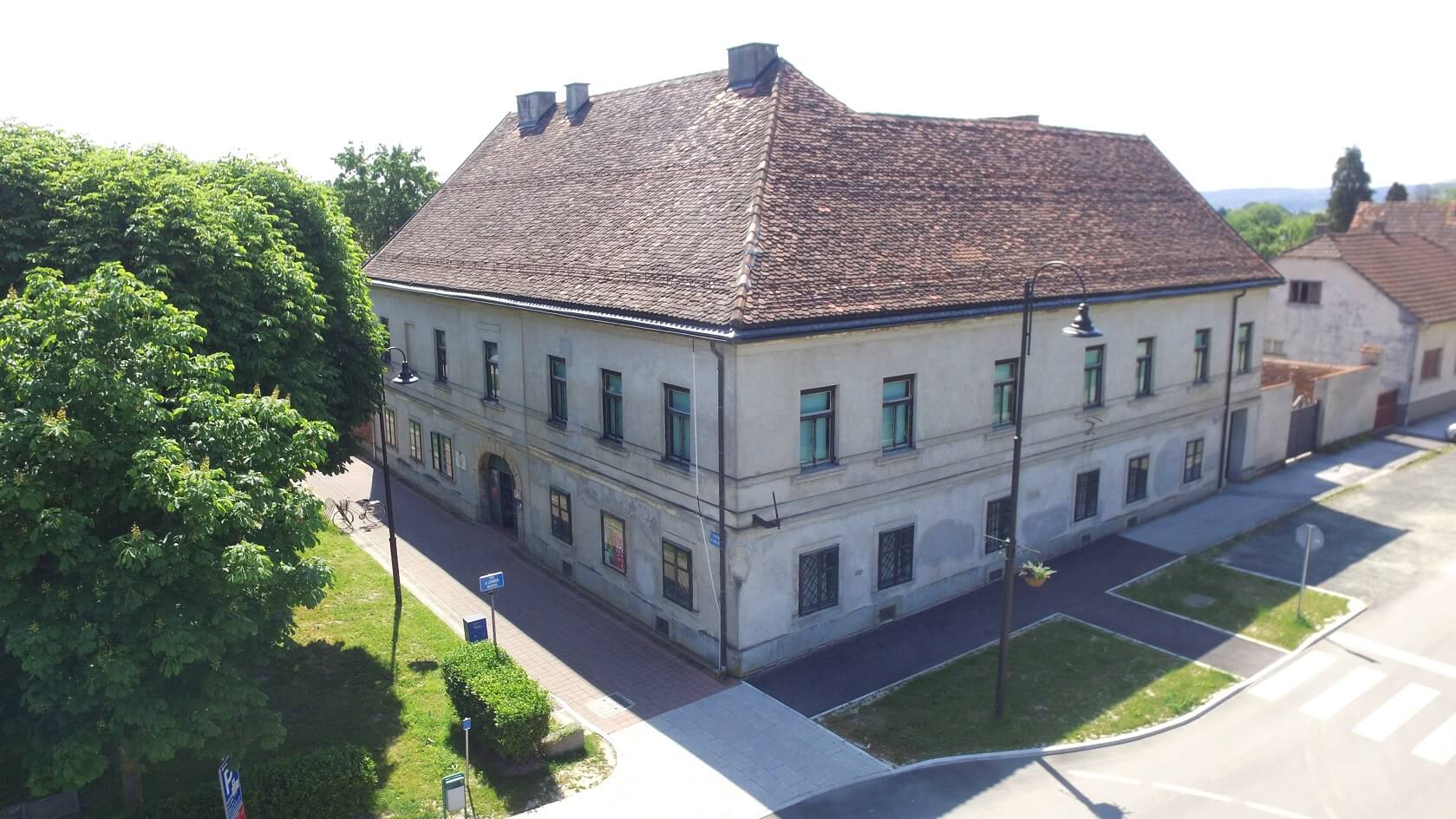 Koprivnica Town Museum © Koprivnica Town Museum
Koprivnica Town Museum © Koprivnica Town Museum
Born 5 August 1935 in Gornja Šuma, Molve, Podravina, Mijo Kovačić is one of the last remaining Croatian Naive Artists of the Hlebine School's second generation. He still paints today, albeit not quite as prolifically as in the past. He has produced such a body of work that not only can you find him exhibited in Croatian Museum of Naïve Art in Zagreb, but also in dedicated Mijo Kovačić galleries in Zagreb and Koprivnica. The one is run by Koprivnica Town Museum, which you can see above. Find out more about the gallery here.
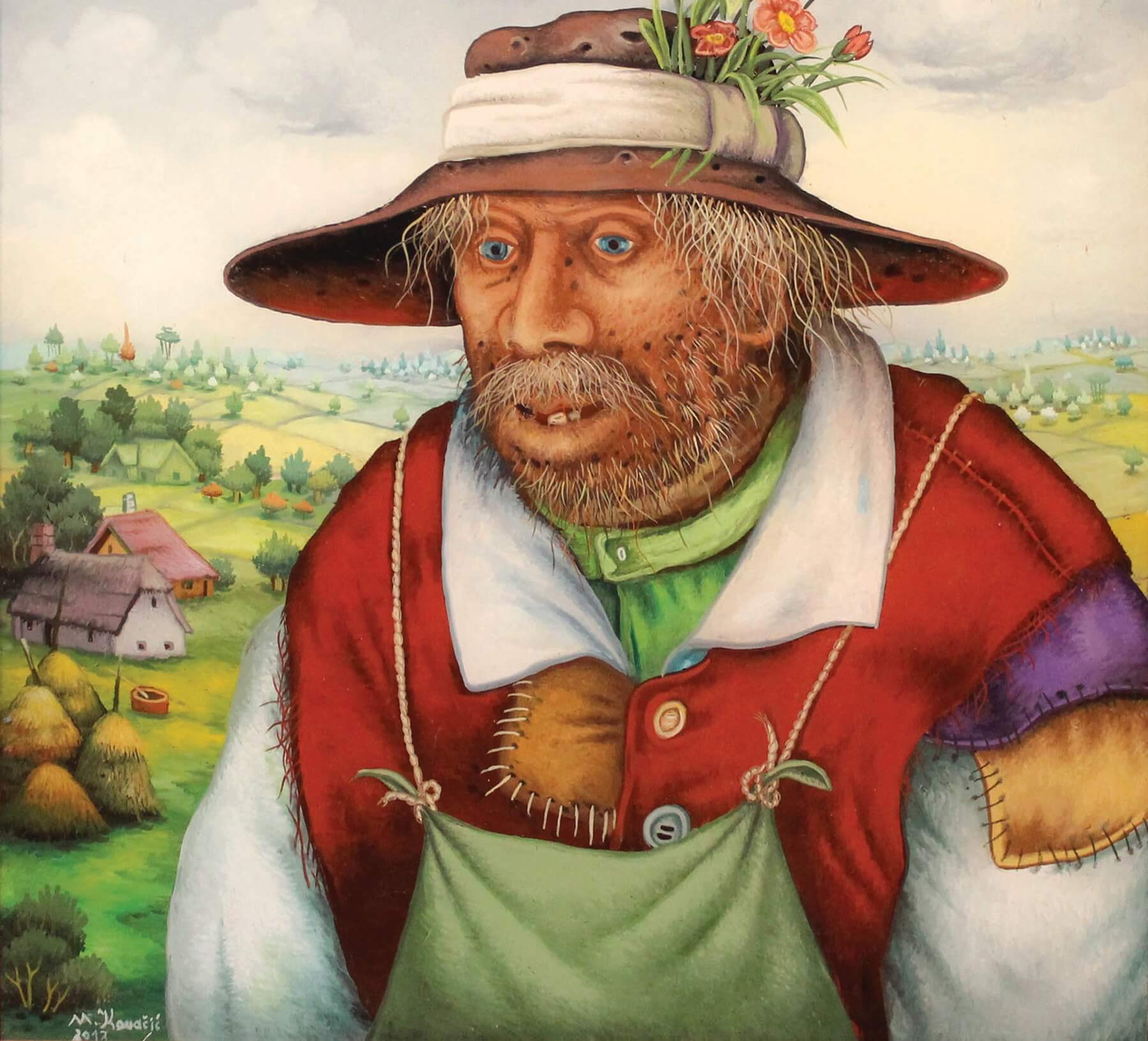 'Portrait' hanging at Galerija Mijo Kovačić © Koprivnica Town Museum
'Portrait' hanging at Galerija Mijo Kovačić © Koprivnica Town Museum
Galerija naivne umjetnosti (Gallery of Naive Art), Hlebine
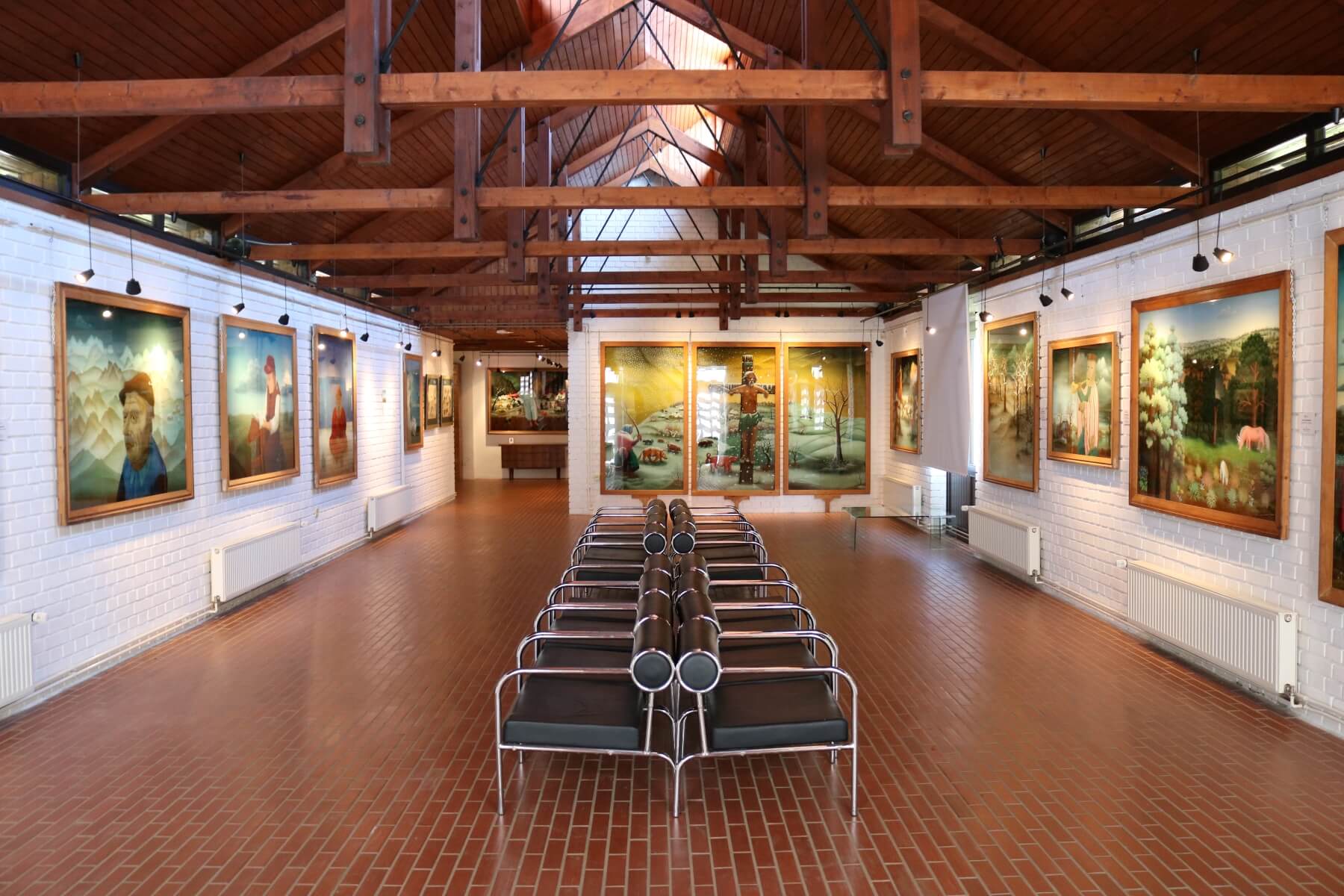
Founded in 1968, the Gallery of Naive Art in Hlebine is one of the top two most important galleries for Naïve Art in Croatia, the other being the Croatian Museum of Naïve Art in Zagreb. But, unlike their Zagreb counterpart, this gallery concentrates specifically on the Hlebine School and locally produced art. A crowd of sculpted wooden figures greets you on the front lawn. Inside, beneath the wooden beams of a beautiful building designed specifically for this purpose, some of the best artists and paintings of the Hlebine School.
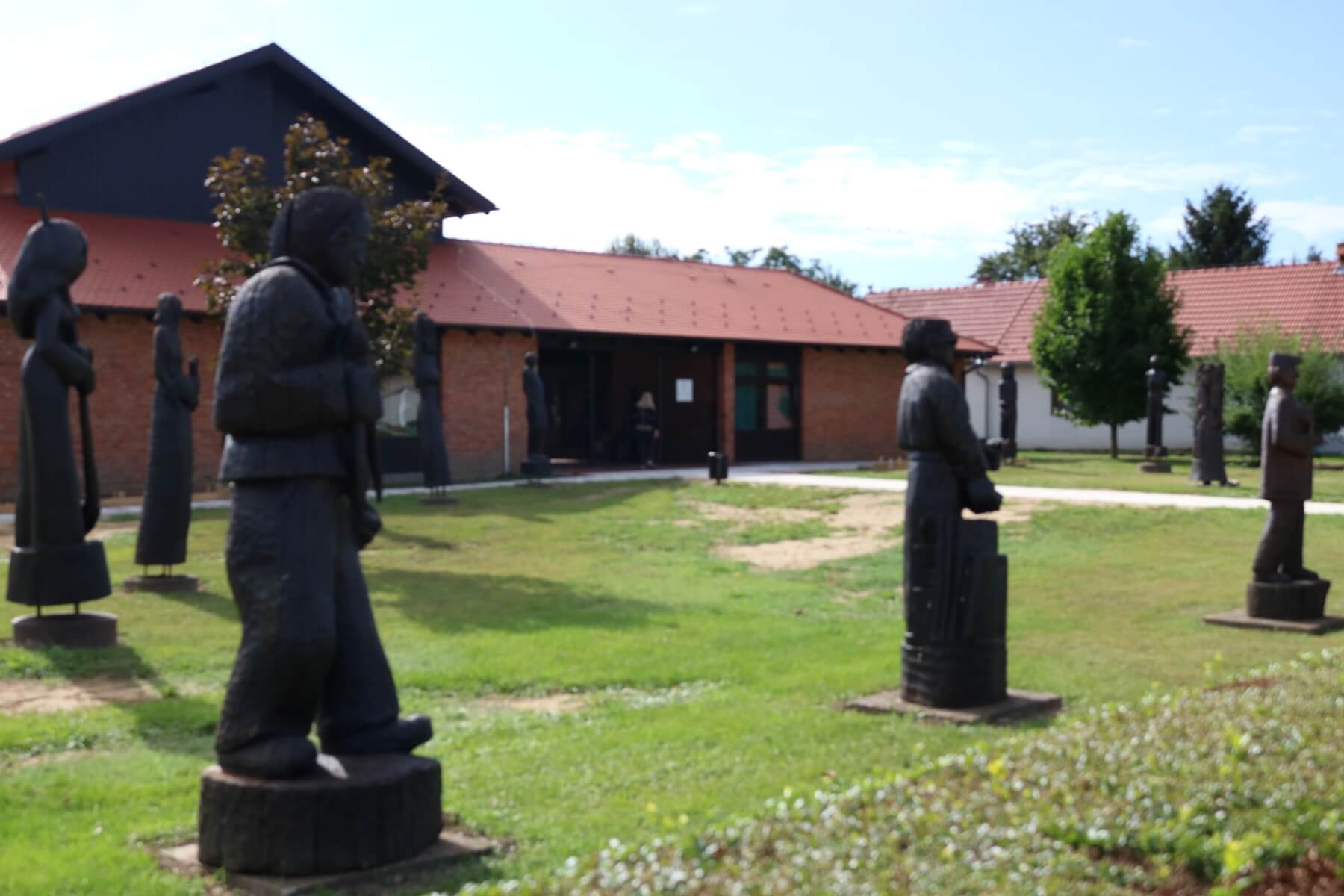
In the mid-1980s, when he was the most famous of all Croatian Naive Artists, neighbour Ivan Generalić paid the gallery a visit. He offered to pay for an extension to the gallery, on condition that it be used to house a permanent exhibition of his work. It was a win-win for the museum and Ivan Generalić subsequently donated some of his true masterpieces for the collection.
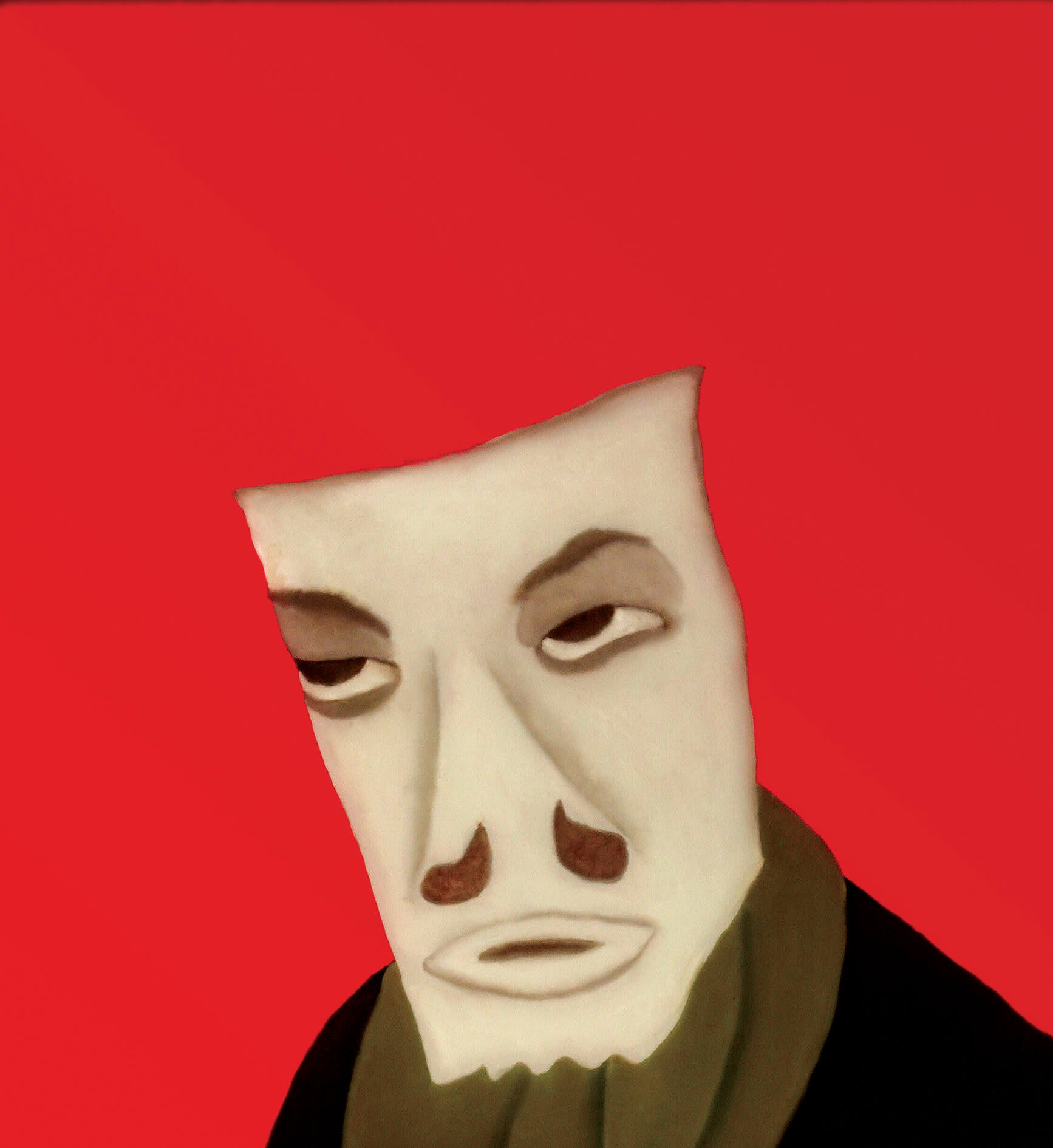
The newer part of the gallery is so true to the original design that, unless informed, you'd never guess it was built later. You'll find works by every key member of the Hlebine School here, including Ivan Generalić, Franjo Mraz and Mirko Virius, Josip Generalić, Ivan Večenaj, Ivan Lacković, Mijo Kovačić, Franjo Filipović and Dragan Gaži. Today, the museum is run by Koprivnica Town Museum. Find out more about the gallery here.
Galerija Josip Generalić, Hlebine
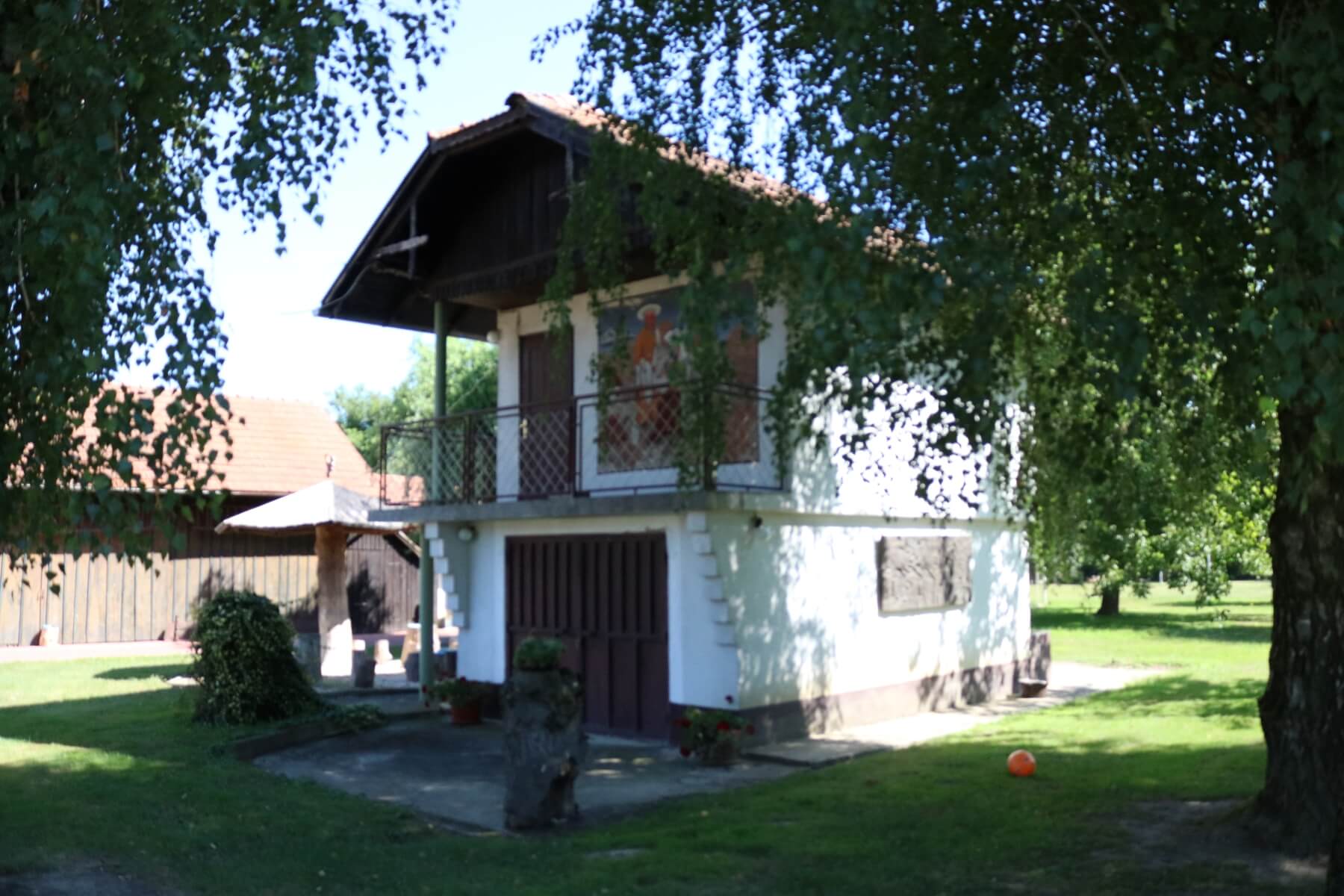
“How long have you got?” asks Ivan Generalić, grandson of Josip Generalić, great-grandson of Ivan Generalić, as he greets you at the Galerija Josip Generalić, Hlebine. He's asking if there's time for the1 hour tour or 6-hour tour. We think he's joking. He's not.
Generalić family have lived here for at least five generations. Having two of the Hlebine School's most famous and most successful painters within their ranks has allowed them to expand their property portfolio. It's just as well, because there's a lot to see here. What was once the simple, semi-agricultural farmstead where Ivan's great grandfather was born is now a sprawling family estate that houses an ethno-museum and considerable gallery spaces filled with incredible exhibits. All of the original furniture from how his great grandfather lived is preserved, displayed as it was, only in an adjoining property the family now own. Alongside the history and many works of Ivan Generalić and Josip Generalić, folk art, sculpture and artisan furniture made by incredible craftsmen from across the Balkans, who the painters once traded with.
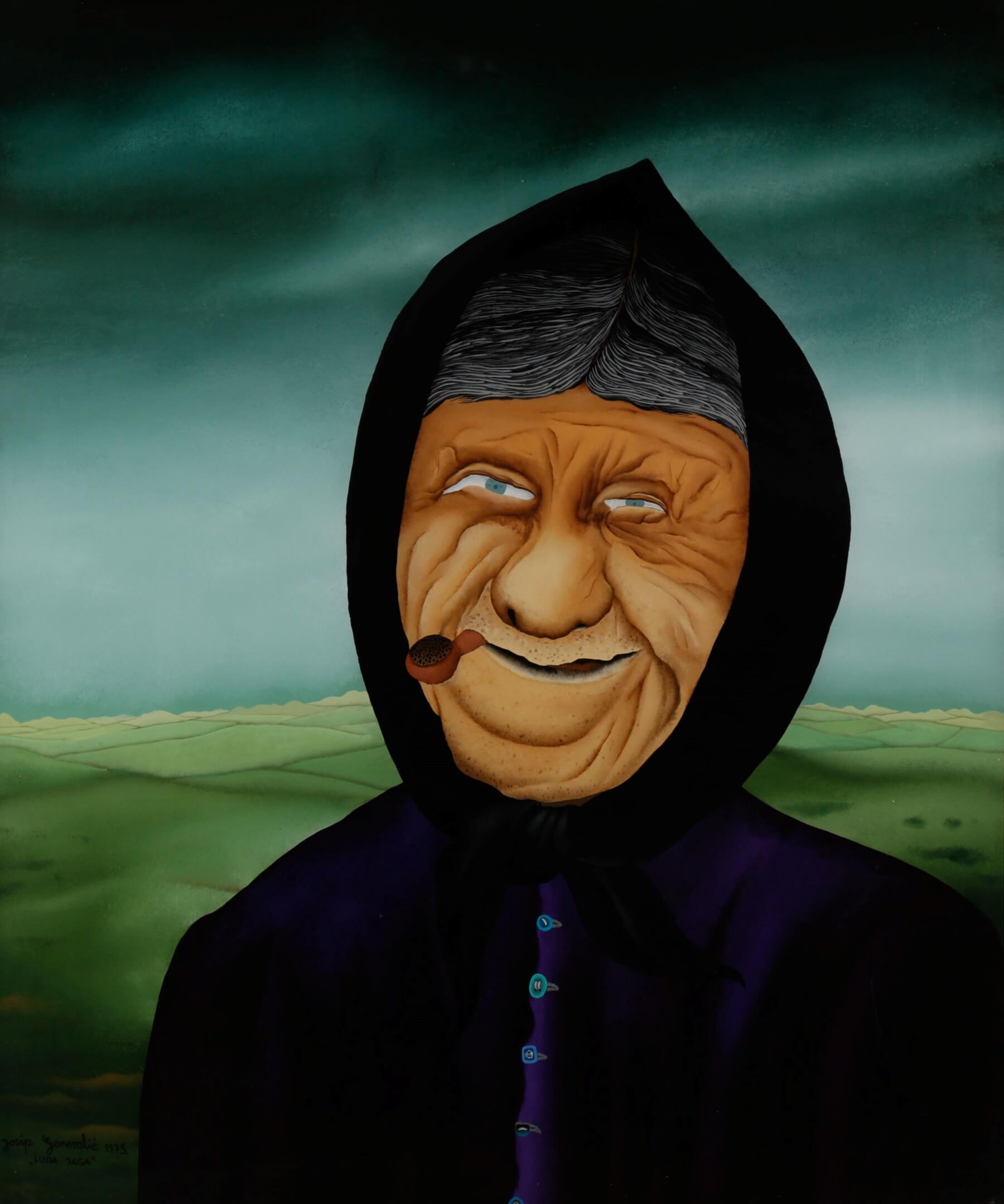 Luda Jaga by Josip Generalić, hanging at the Galerija naivne umjetnosti (Gallery of Naive Art), Hlebine © Koprivnica Town Museum
Luda Jaga by Josip Generalić, hanging at the Galerija naivne umjetnosti (Gallery of Naive Art), Hlebine © Koprivnica Town Museum
If you already like this kind of art, you might have to pinch yourself more than once that you're being shown around by someone called Ivan Generalić. Ivan himself is not only knowledgeable but extremely engaging - there are several big laughs on the tour. Ivan points out one image of an unloved neighbour, who grandfather Josip sent to the moon. He provides him with a Podravina cow so at least he can survive. Perhaps feeling slightly guilty, in the next room, Josip has painted the neighbour's return to earth. Although, he lands nearby in the famously barren Đurđevac desert (sometimes known as the Croatian Sahara). That's quite a lot of time and paint spent on someone you don't like!
Ivan's great grandfather also had a sense of humour. Having grown tired of friends bragging about their holidays in summer houses on the Croatian coast (which he did not like), at the height of his fame he decided to build his own. He invited several friends to accompany him on his holiday. And proceeded to take them to his own back garden, just metres from his main residence, where he had built the summer house. Genuinely, you'll wish you had time for the 6-hour tour. Find out more about the gallery here.
Galerija Ivan Večenaj, Gola
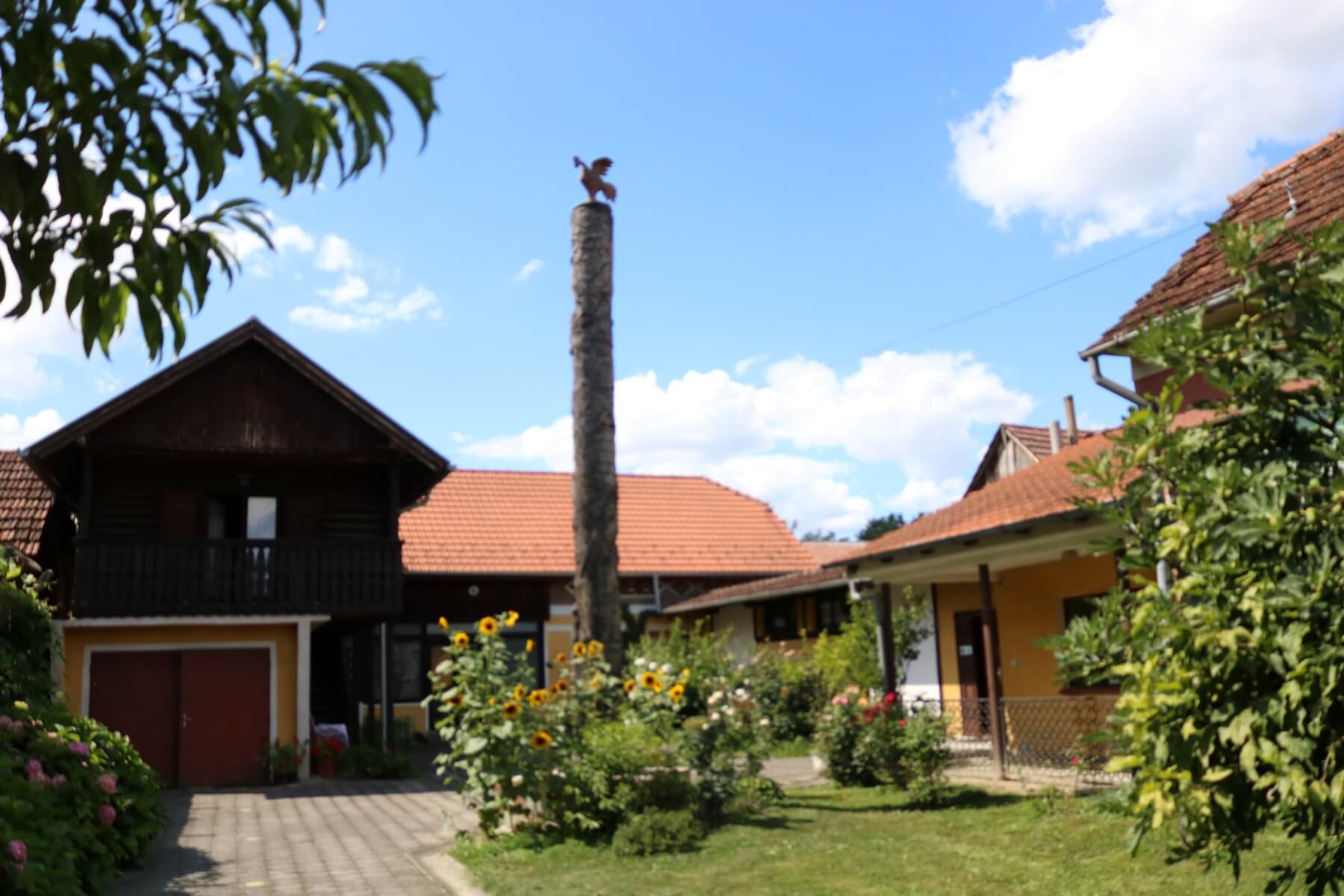
Some of the work by artists from the first and second generation of the Hlebine School are scattered far and wide. But, with the canon of Ivan Večenaj, it's a different story. Truly breathtaking examples of his finest work – definitely among the very best – were reserved by the artist for his family collection. Included in the collection, most of his key sacral works, including Golgotha, a triptych of the life of Jesus, crucifixion and the Four Horsemen of the Apocalypse. Don't worry, it's not all doom and gloom. Beautiful and bright images of Podravina roosters, agriculture and a charming portrait of his wife hang alongside. You can view them all at Večenaj's former home, now Galerija Ivan Večenaj in Gola. Across the road, an ethnic museum preserves life how it once was here. A truly unmissable highlight on the trail of Croatian Naive Art. Find out more about the gallery here.
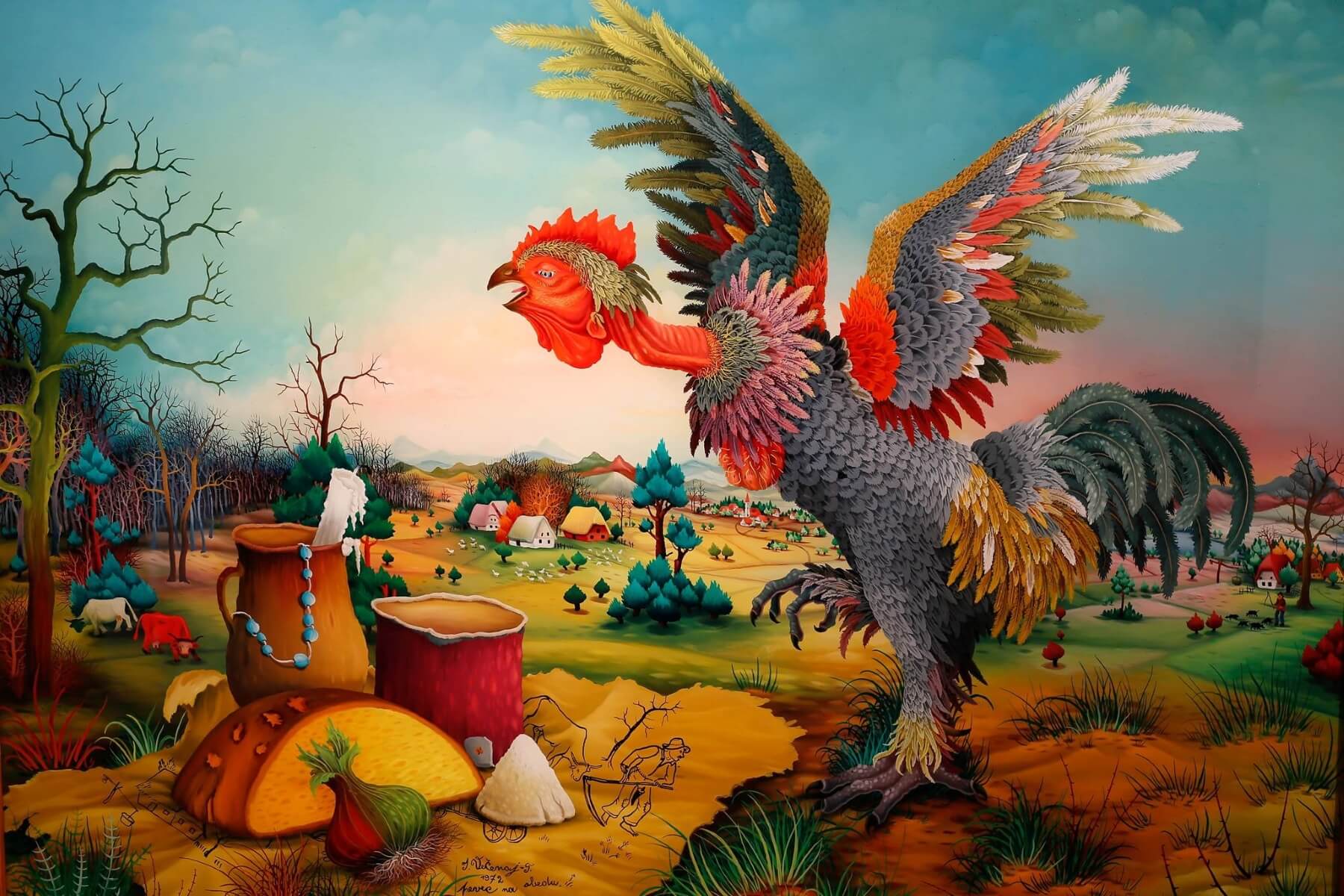 'Pevec na obedu' © Galerija Ivan Večenaj
'Pevec na obedu' © Galerija Ivan Večenaj
Galerija Ivan Lacković, Batinske
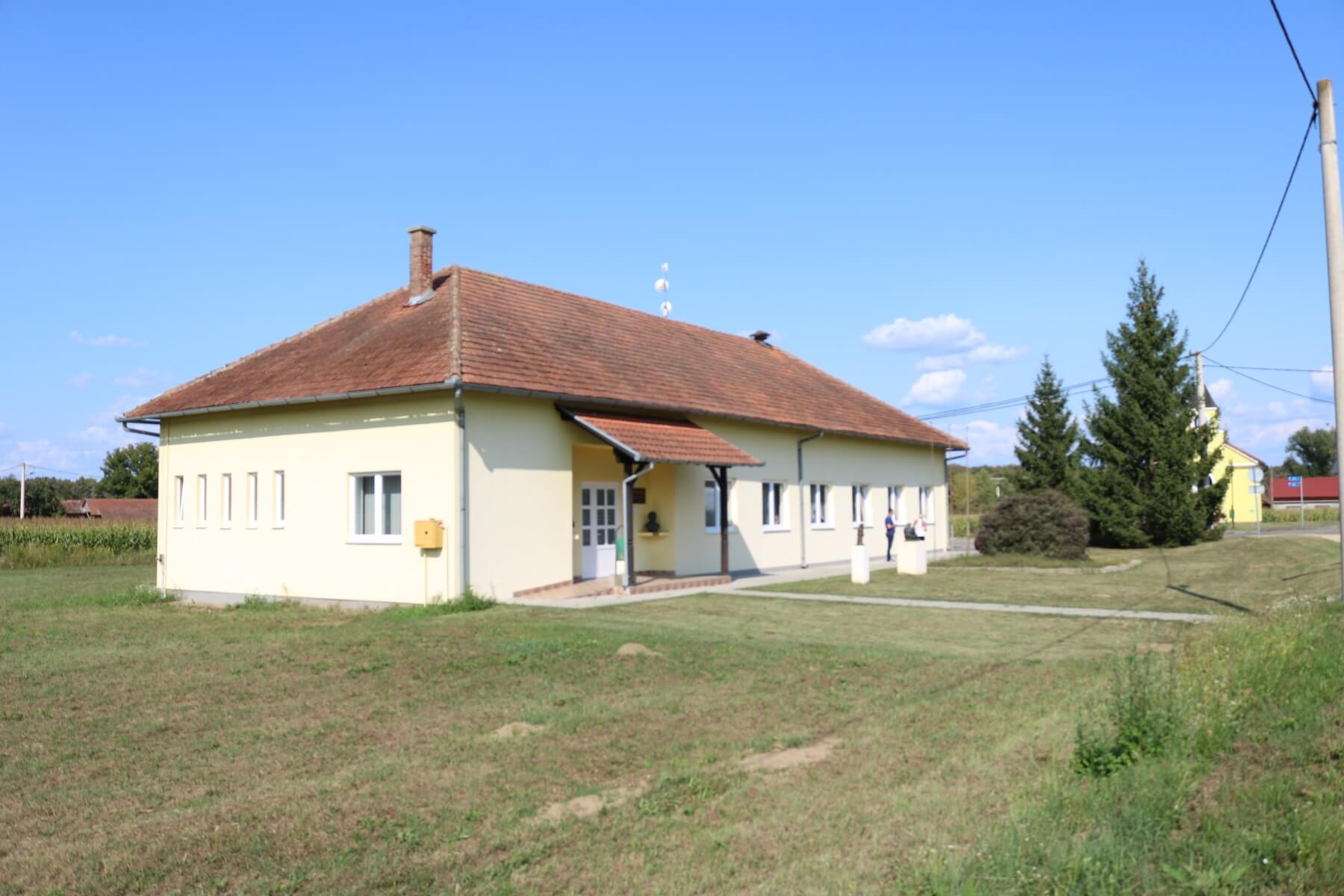
Clearly something of a local patriot, Ivan Lacković donated some 300 works to the village of his birth. Within the collection, you'll find not only works by Lacković himself but also sculptures by Naive Artists Ljubica Marulec and the painter's brother, M. Lacković. Find out more about the gallery here.
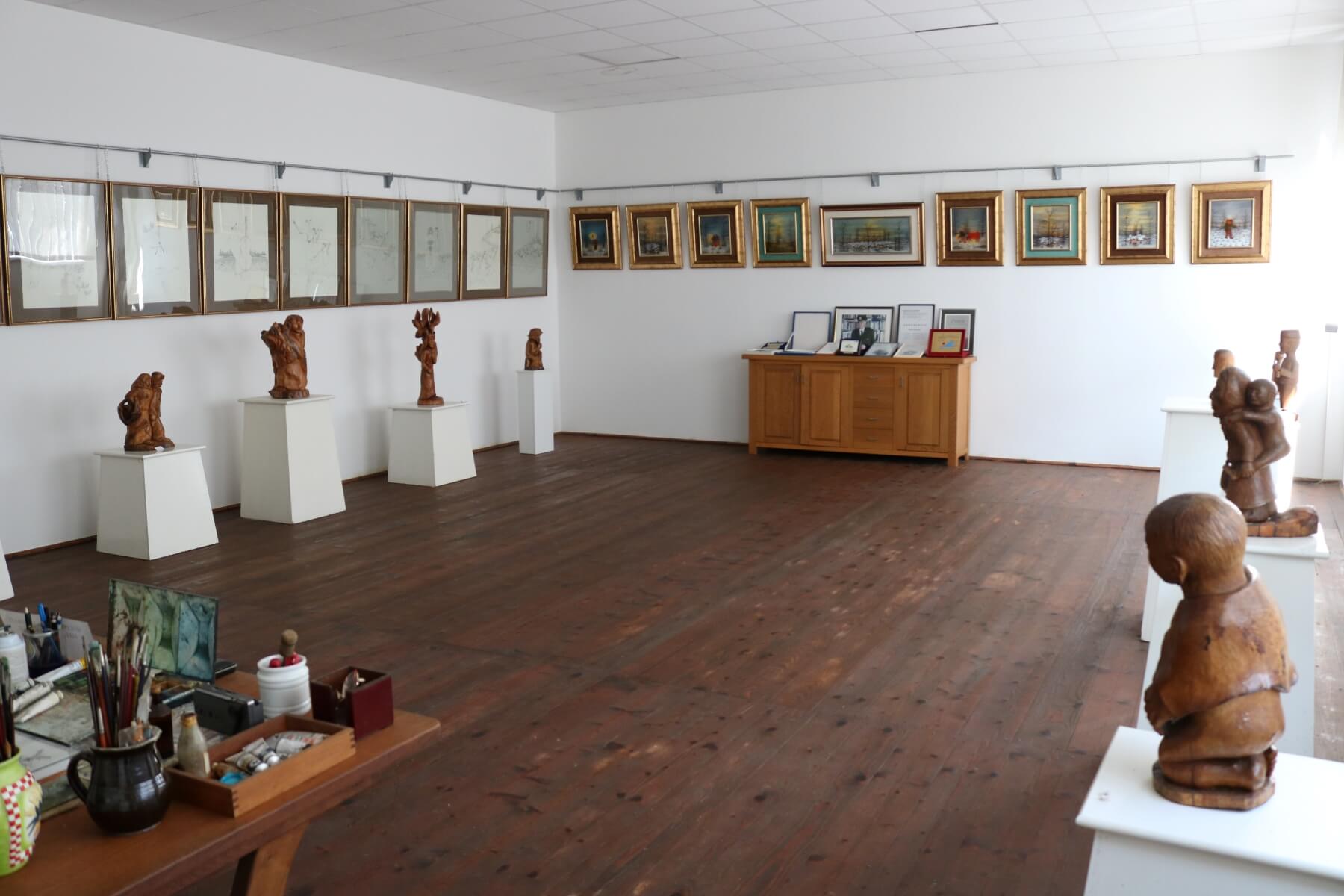
Podravina Motifs (Podravski motivi)
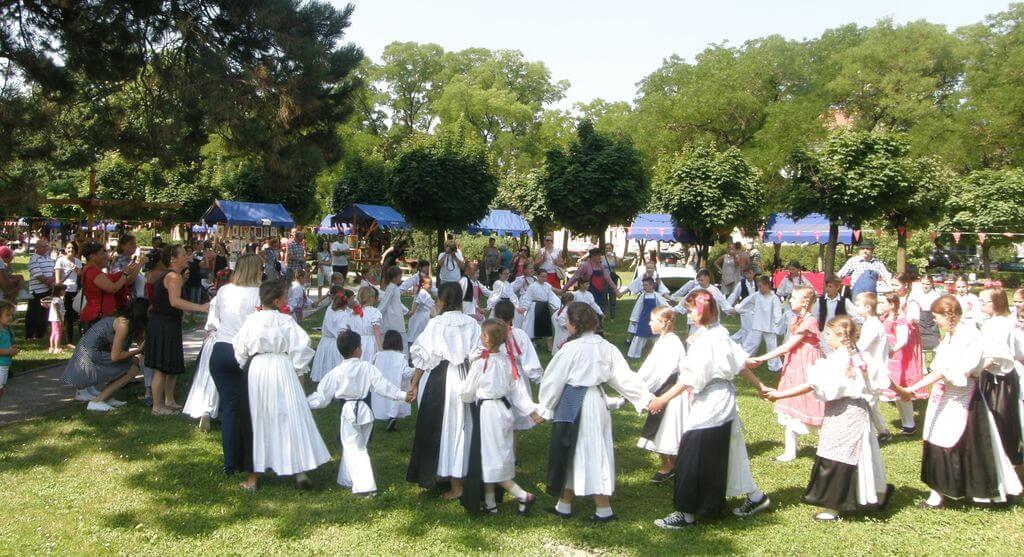 Podravina Motifs (Podravski motivi). Photo © Grad Koprivnica
Podravina Motifs (Podravski motivi). Photo © Grad Koprivnica
A three-decade-old Koprivnica event that showcases all of the cuisine, culture, music, dance, costume and art of Podravina. Naive Art is a key and central theme to the event. Usually, there are over 50 contemporary Naive Artists from the region exhibited, with their work on sale. Taking place each summer, it's a great place to get to know traditional Podravina and to pick up some amazing gifts. Find out more about the event here.
Šetnja kroz naivu u Hlebinama (Walk Through The Naive of Hlebine)
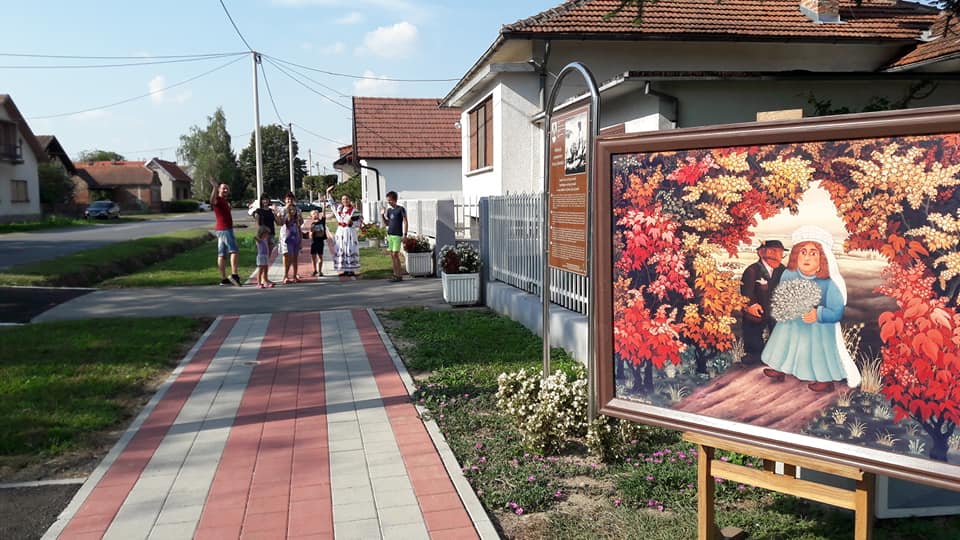 Outside Galerija Josip Generalić during Šetnja kroz naivu u Hlebinama © Tourist Board Central Podravina
Outside Galerija Josip Generalić during Šetnja kroz naivu u Hlebinama © Tourist Board Central Podravina
An annual open-air gallery of Hlebine Naive Art taking place on the streets of the village itself. Organised by Tihomir Želimorski who has the rural accommodation offer Stari zanati in Hlebine, Šetnja kroz naivu u Hlebinama differs from Podravina Motifs because it focusses exclusively on art – painting and sculpture. The houses in Hlebine are treasure troves of Croatian Naive Art. During this summertime event, all village residents bring their paintings and statues out onto the streets, hang them on trees or in gardens. You're invited to walk around the delightful village to look. Find out more about the event here.
This article was produced with the kind help of Koprivnica-Križevci County Tourist Board and checked for accuracy by Koprivnica Town Museum.
If you want to find out the latest from Podravina, be sure to check TCN pages here.
Naive Art Bringing Tourists to Podravina
The Croatian naive art movement is based in the Podravina region.


